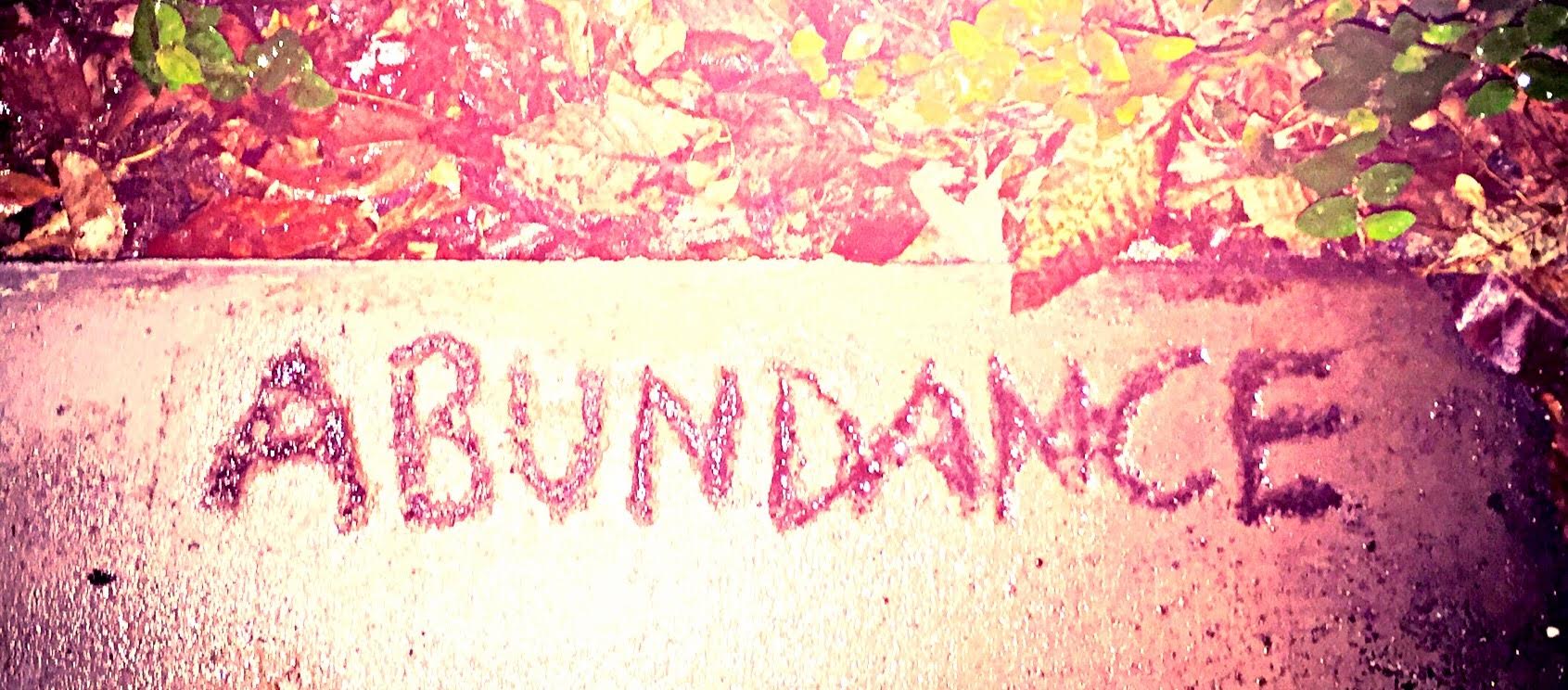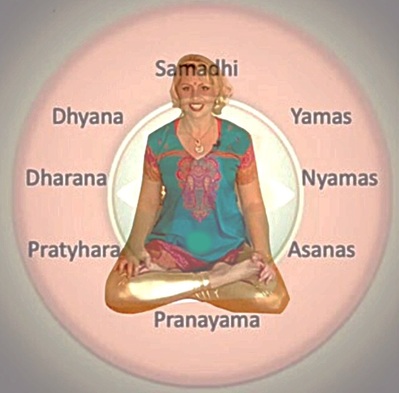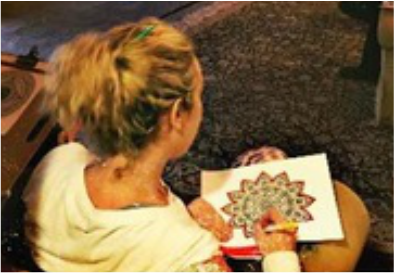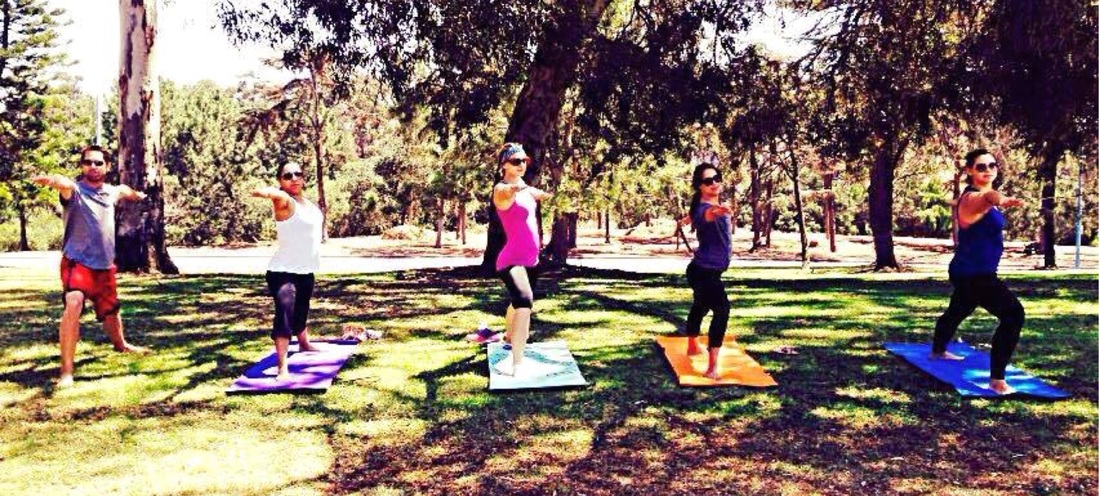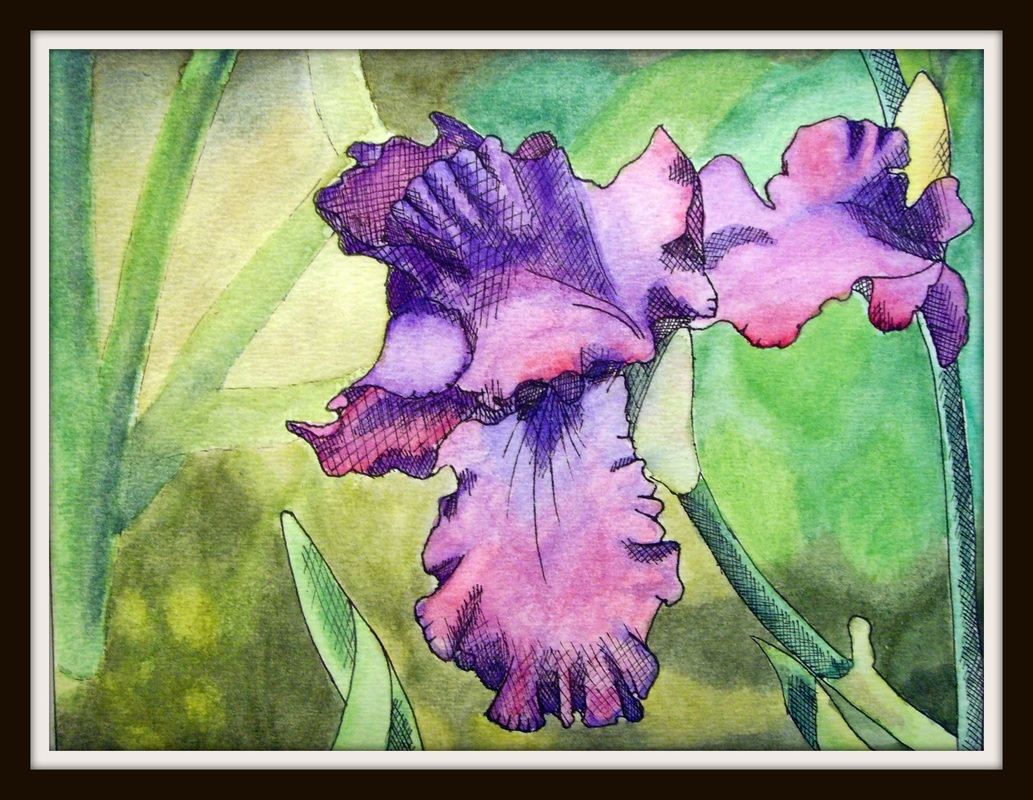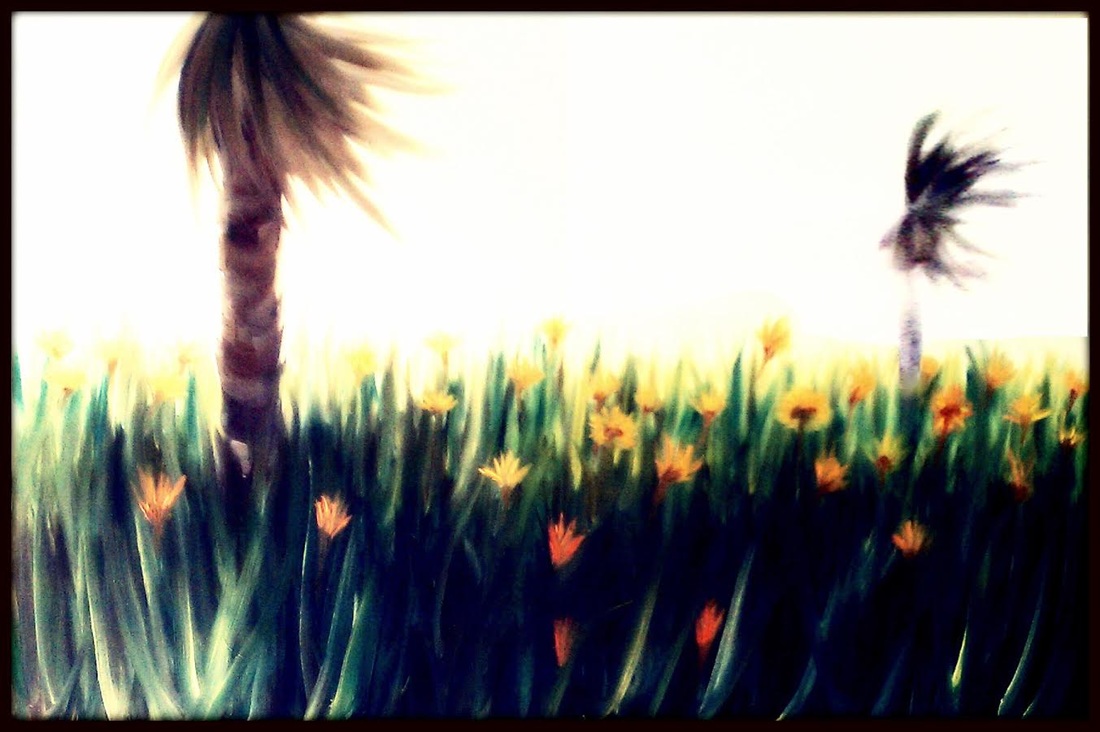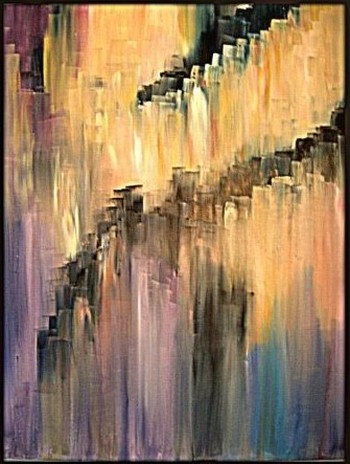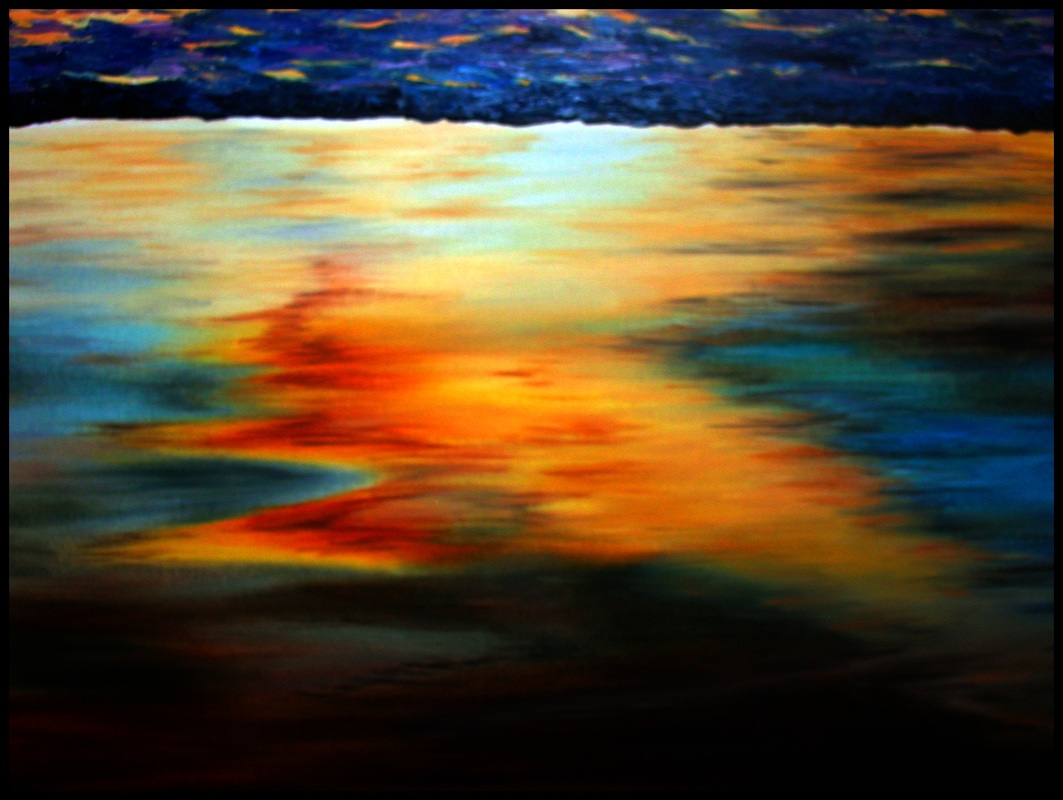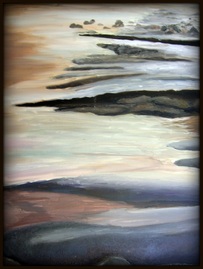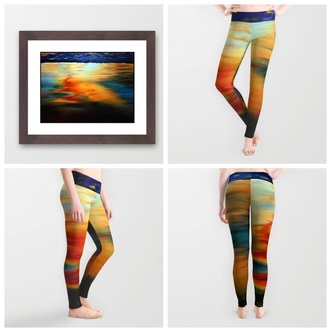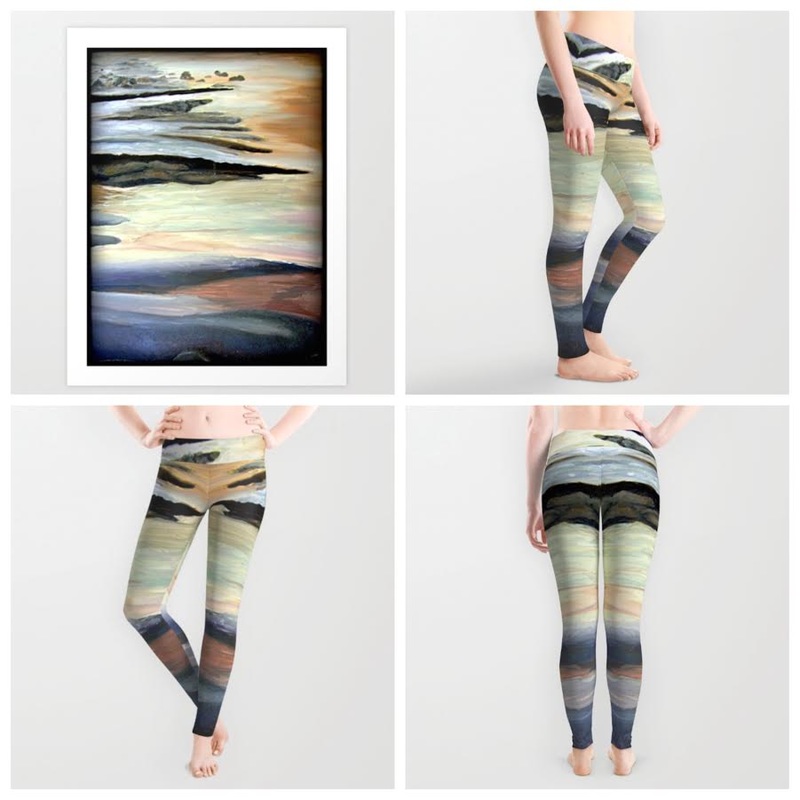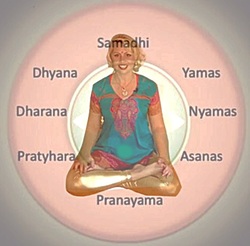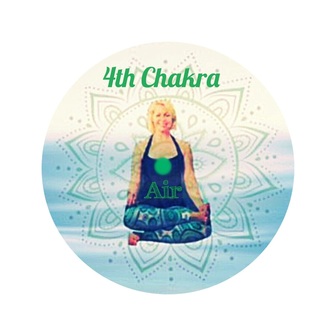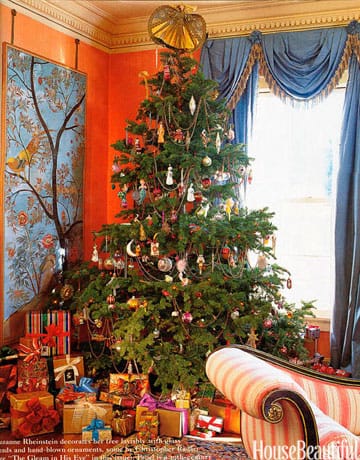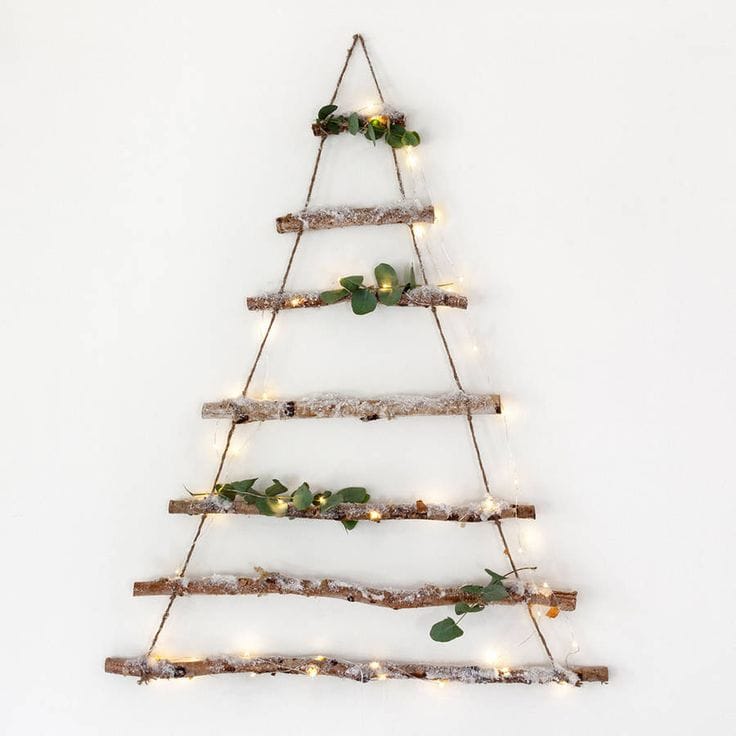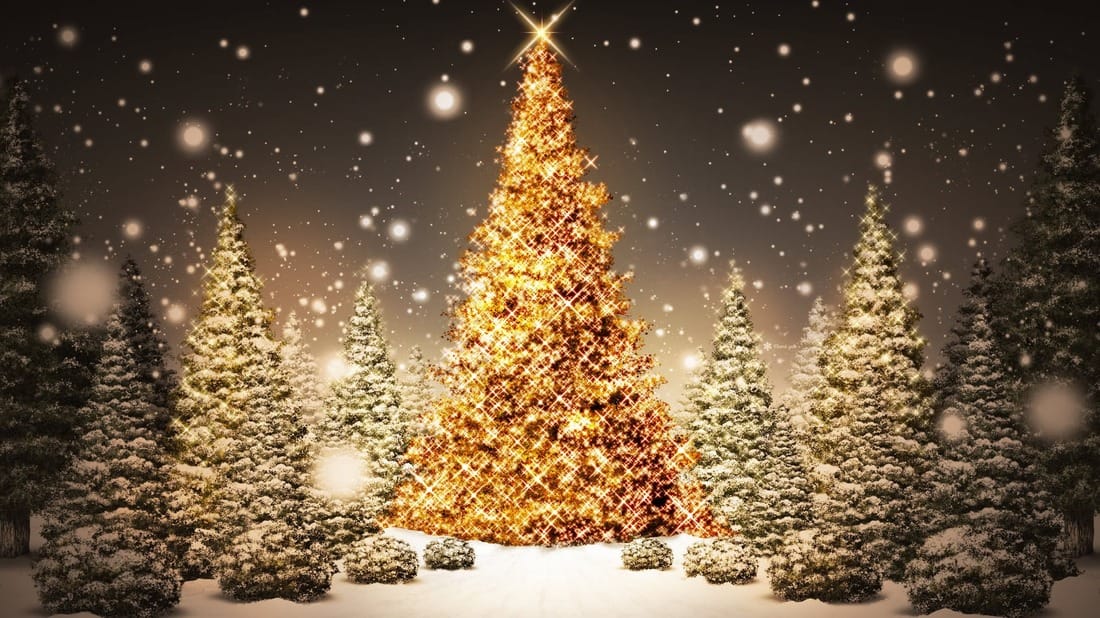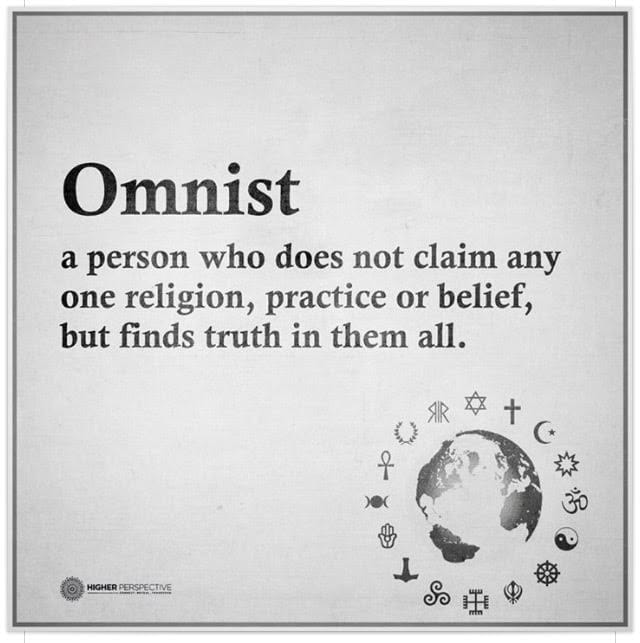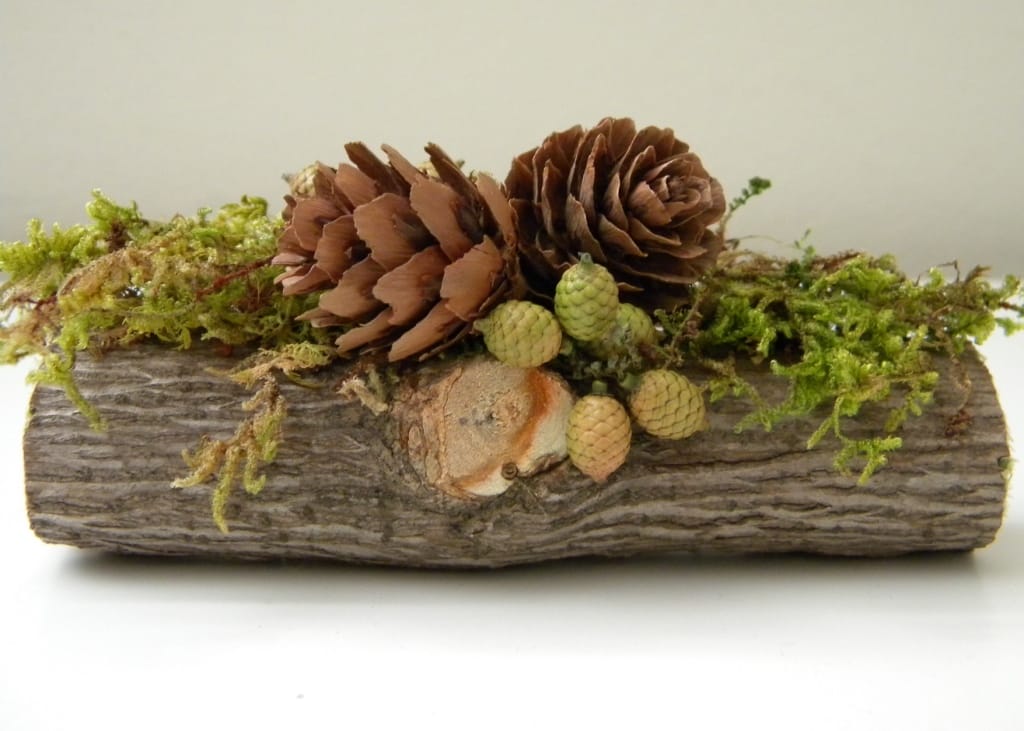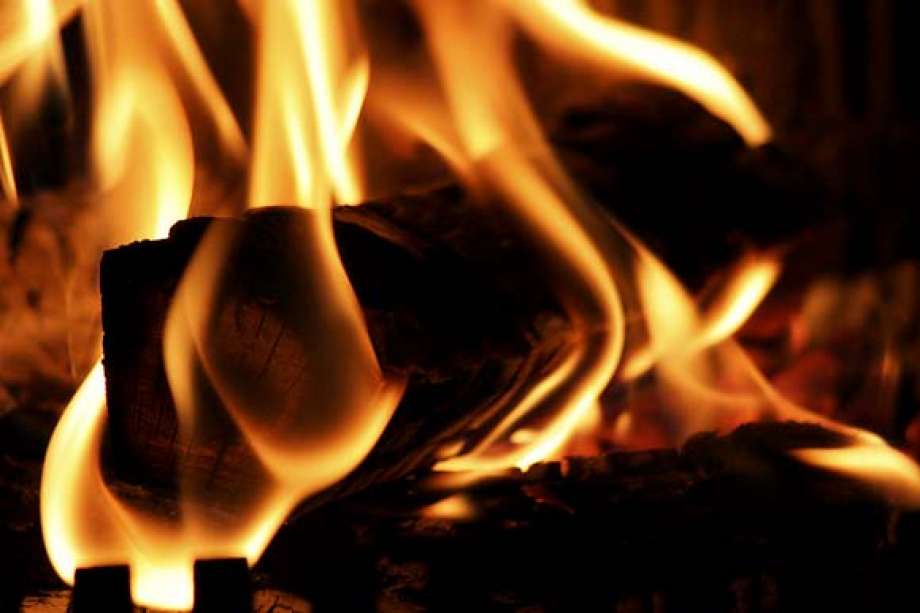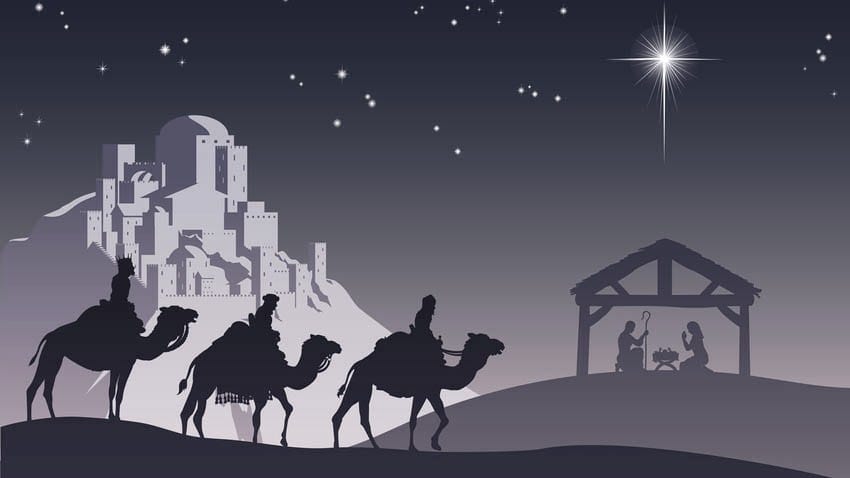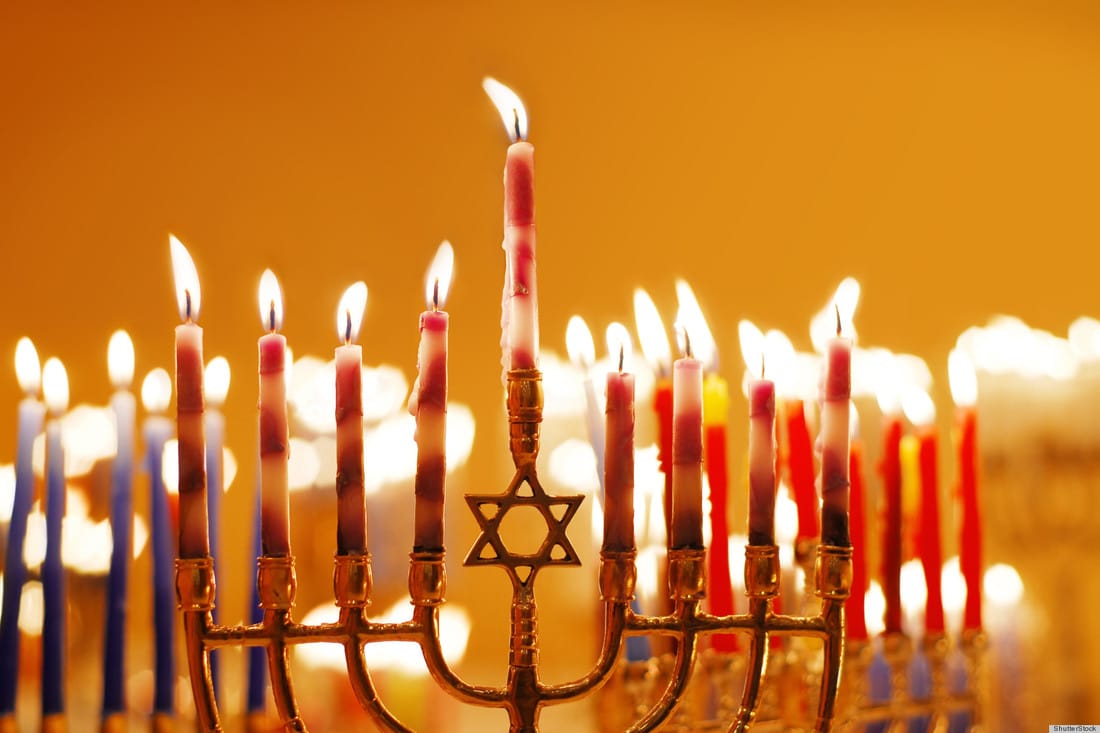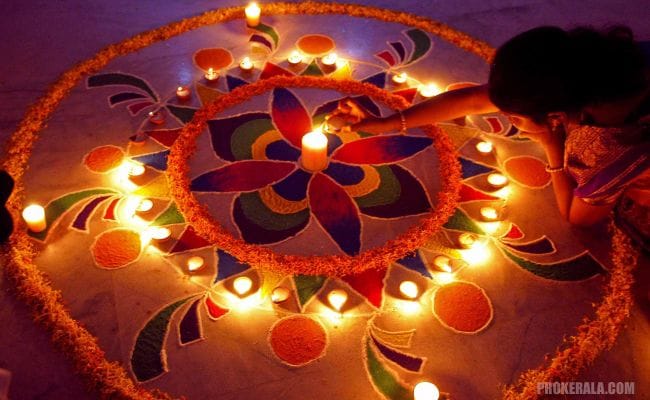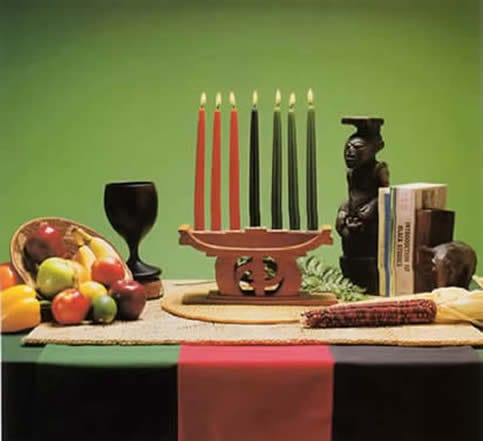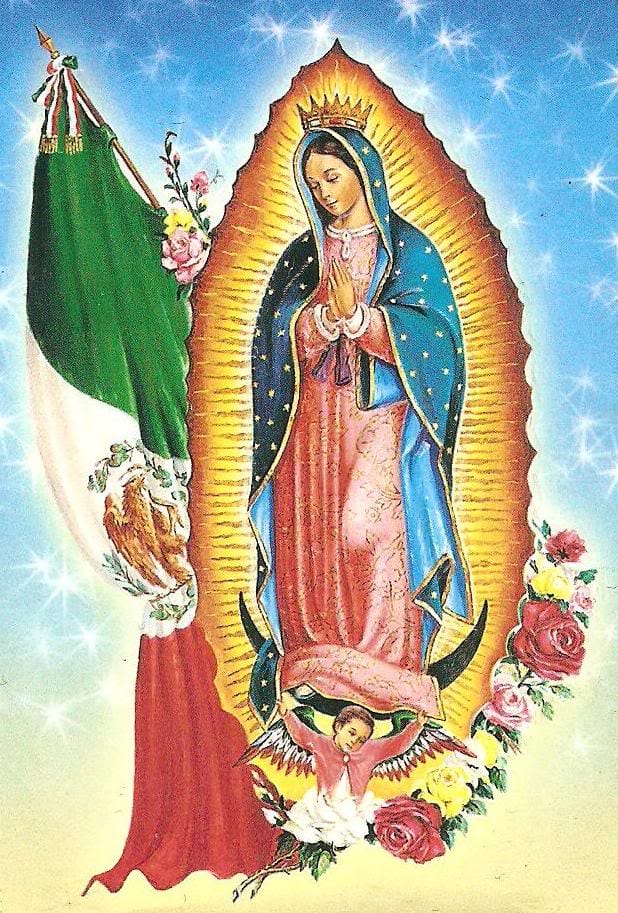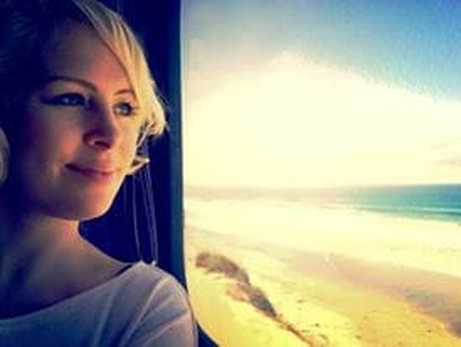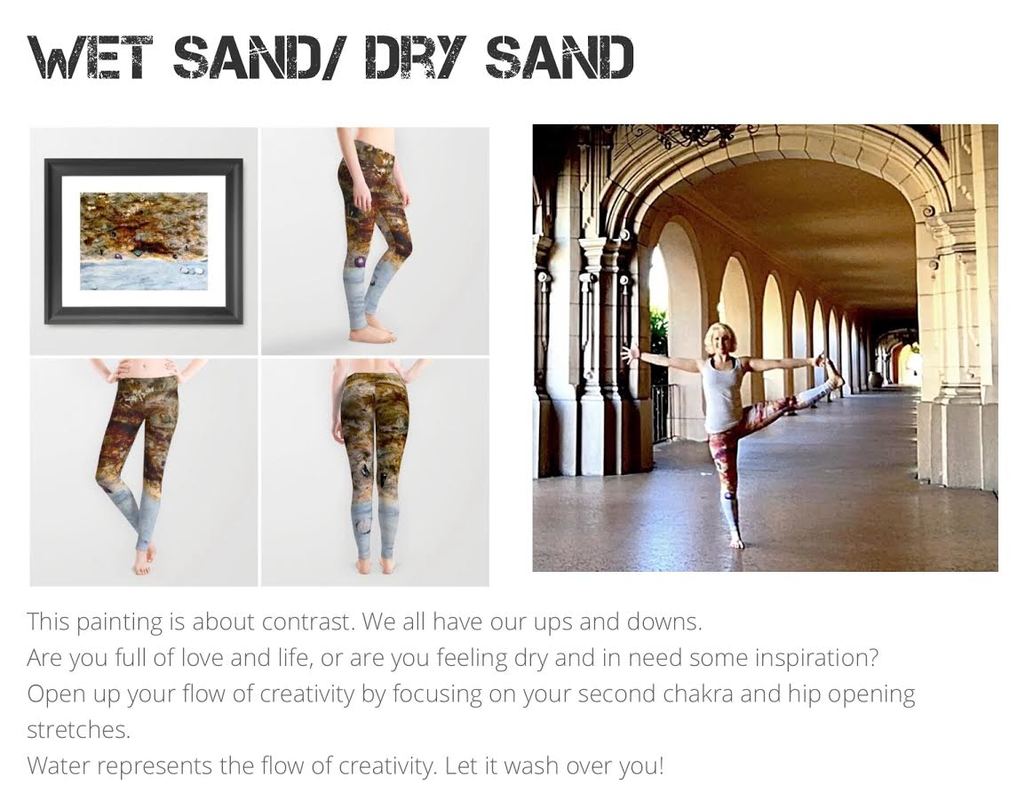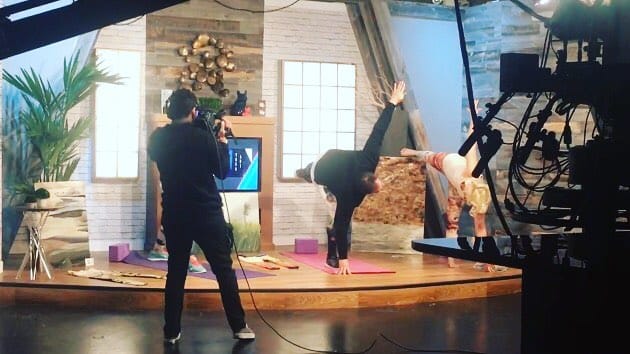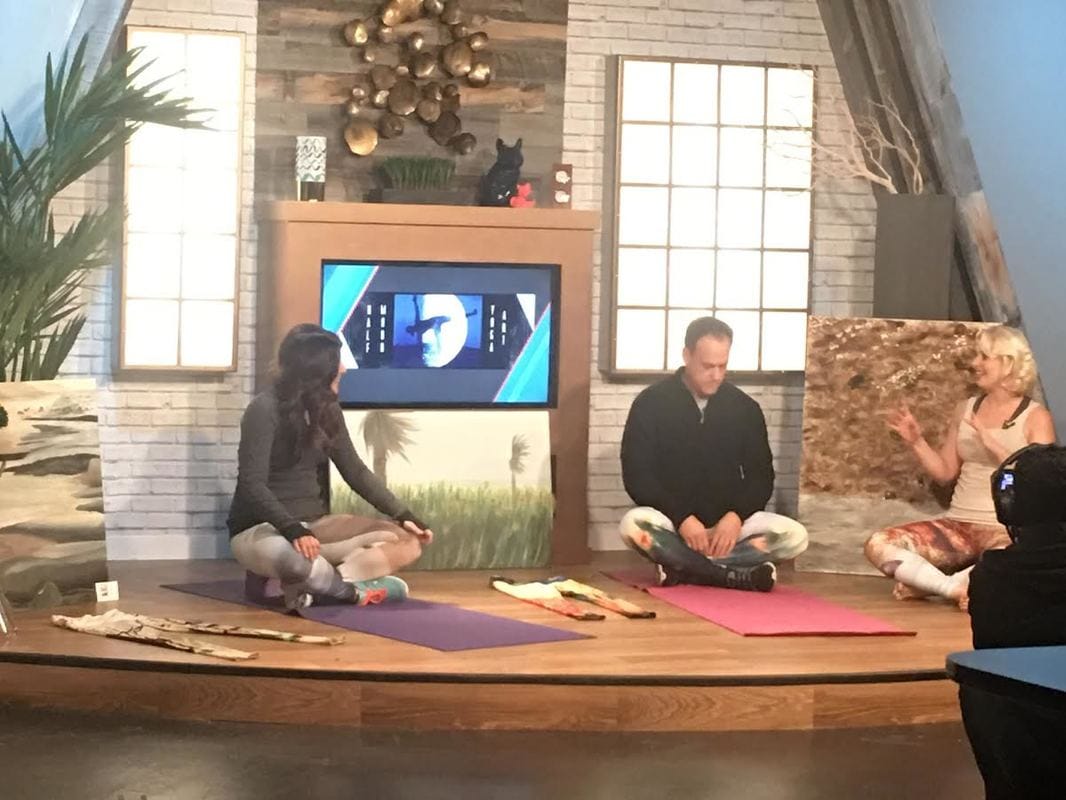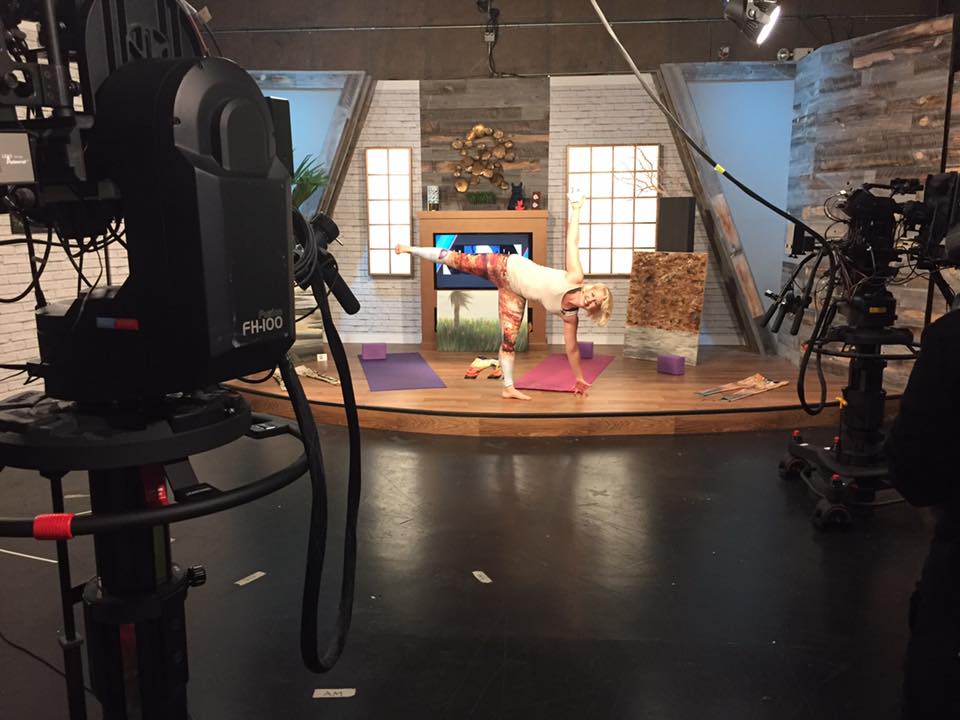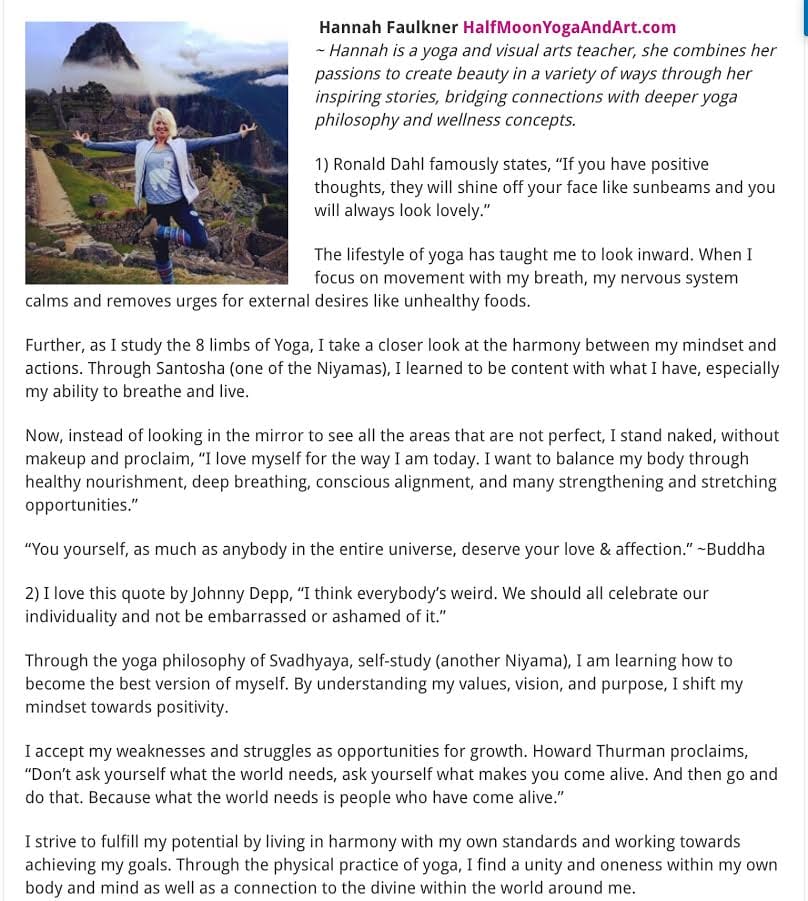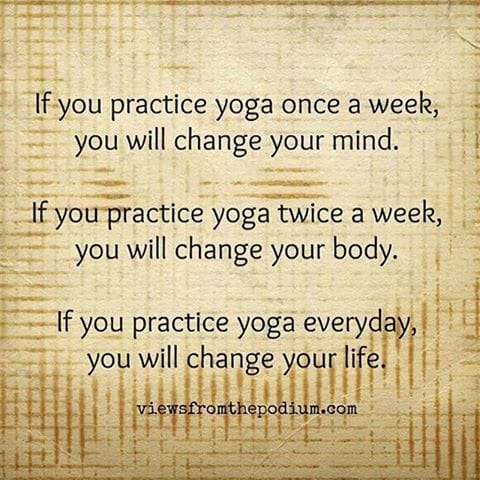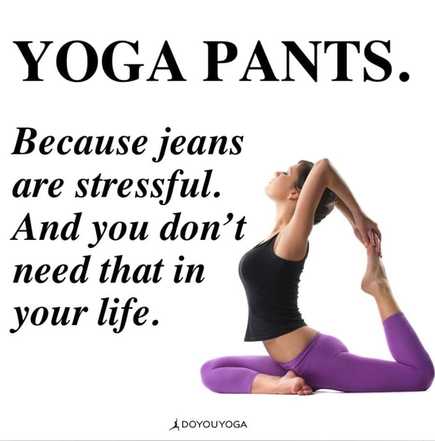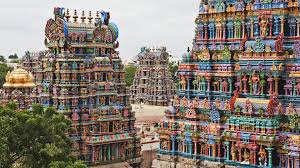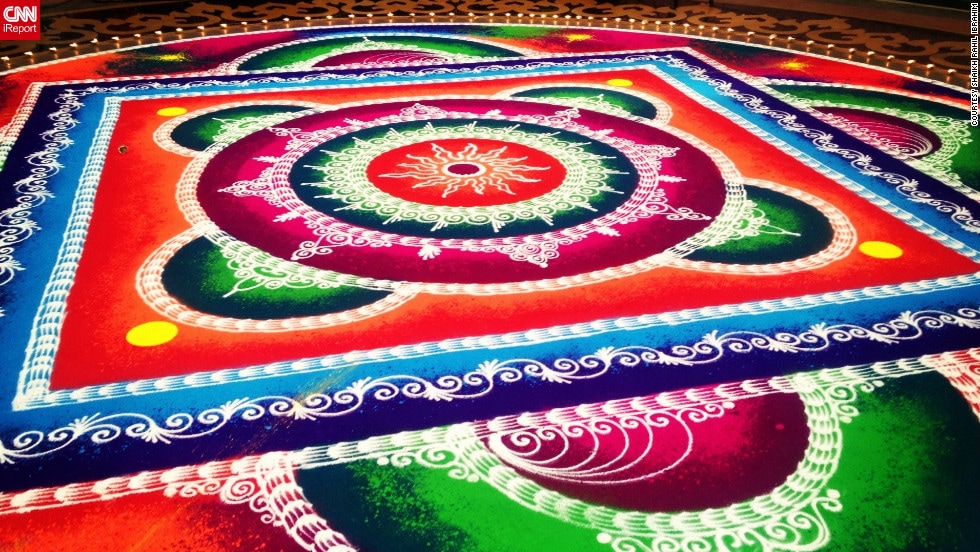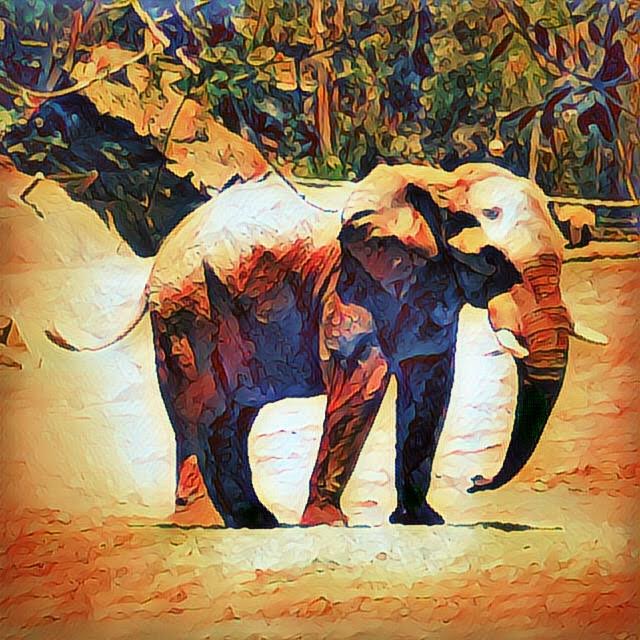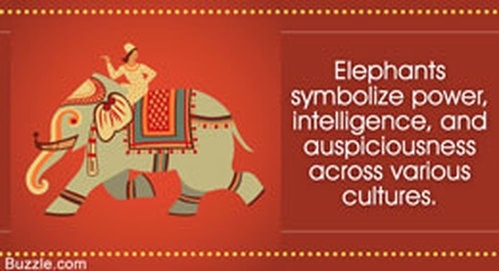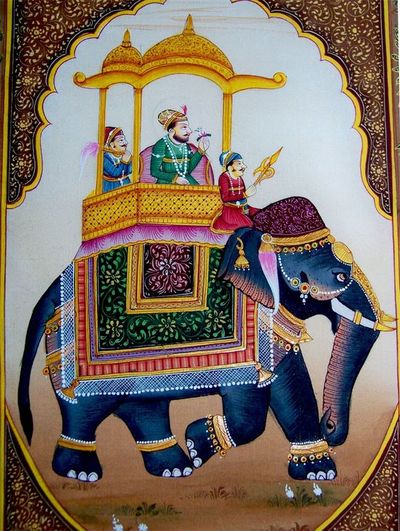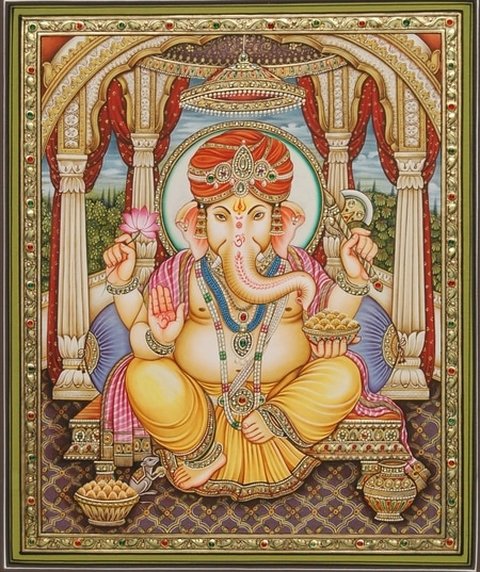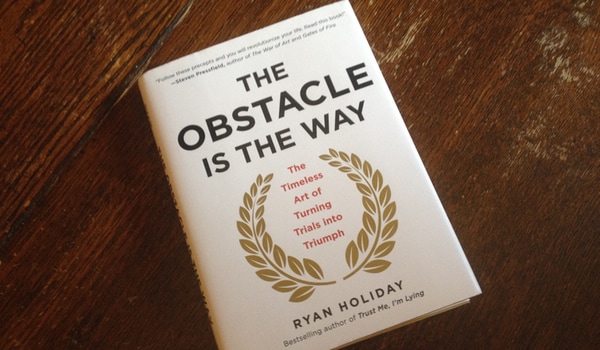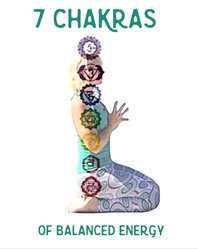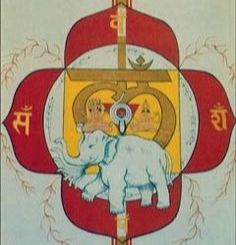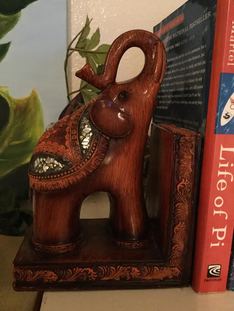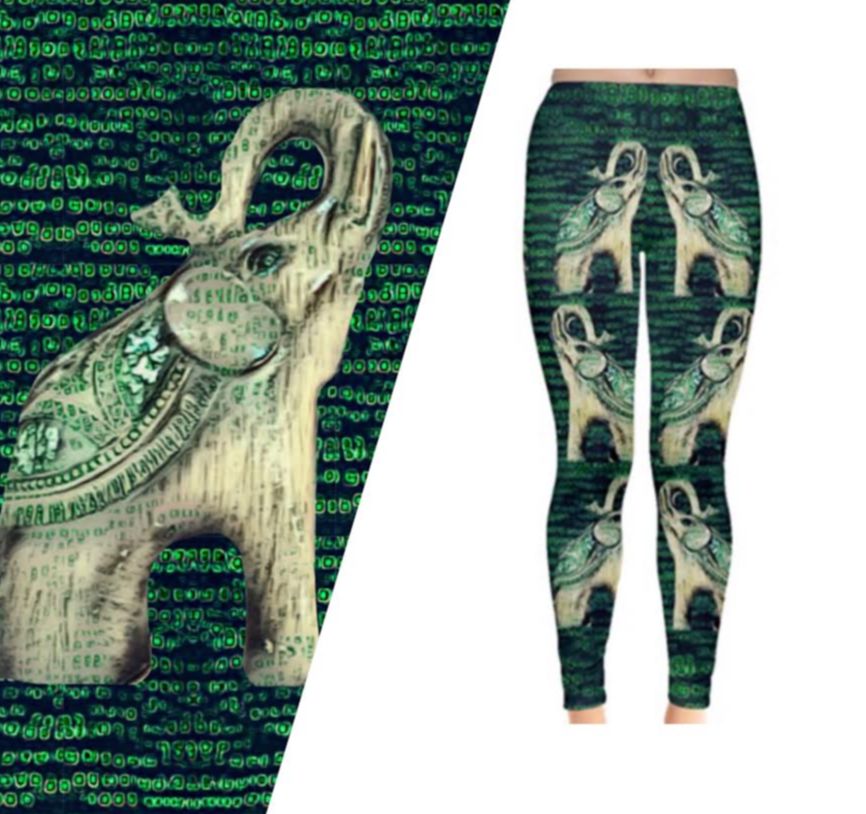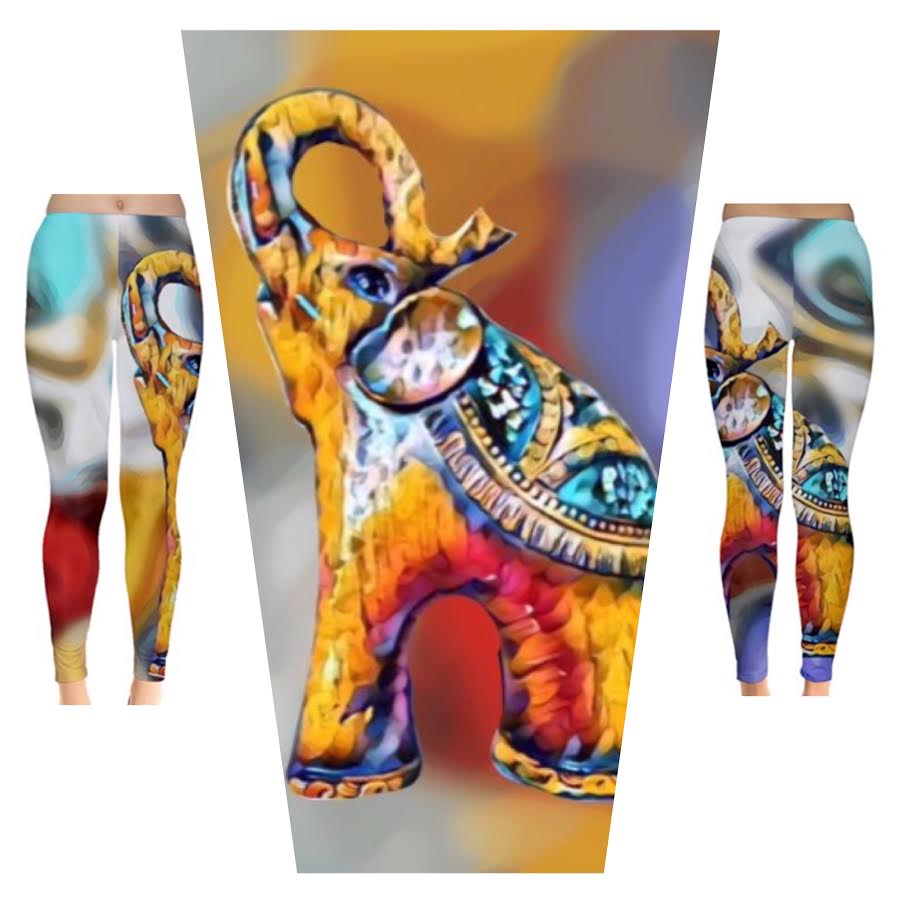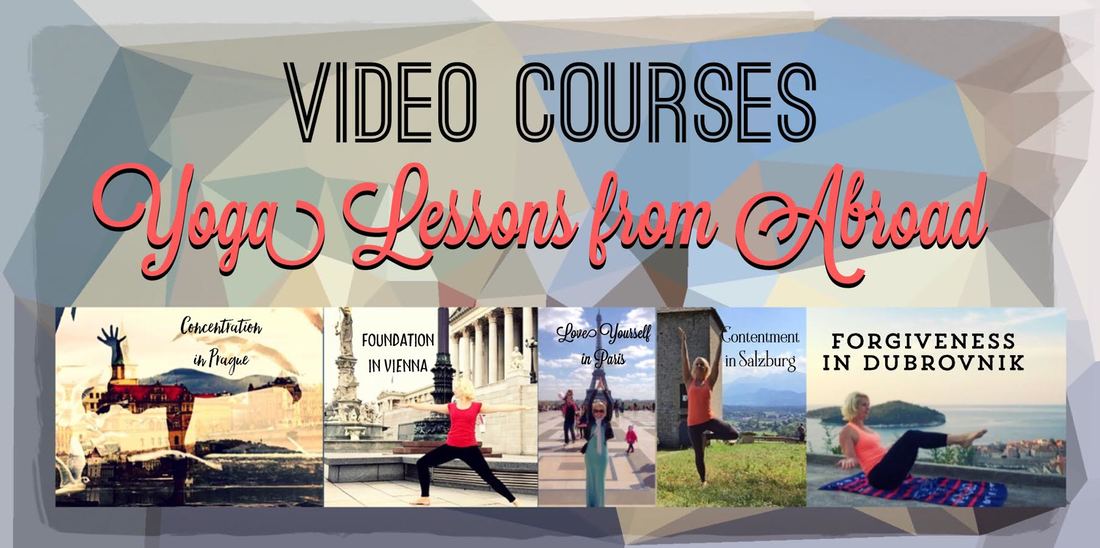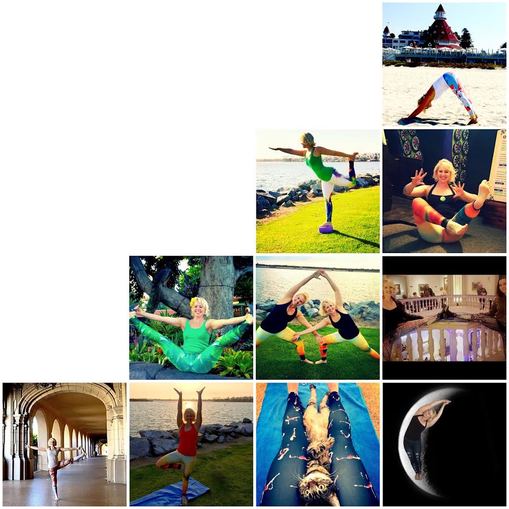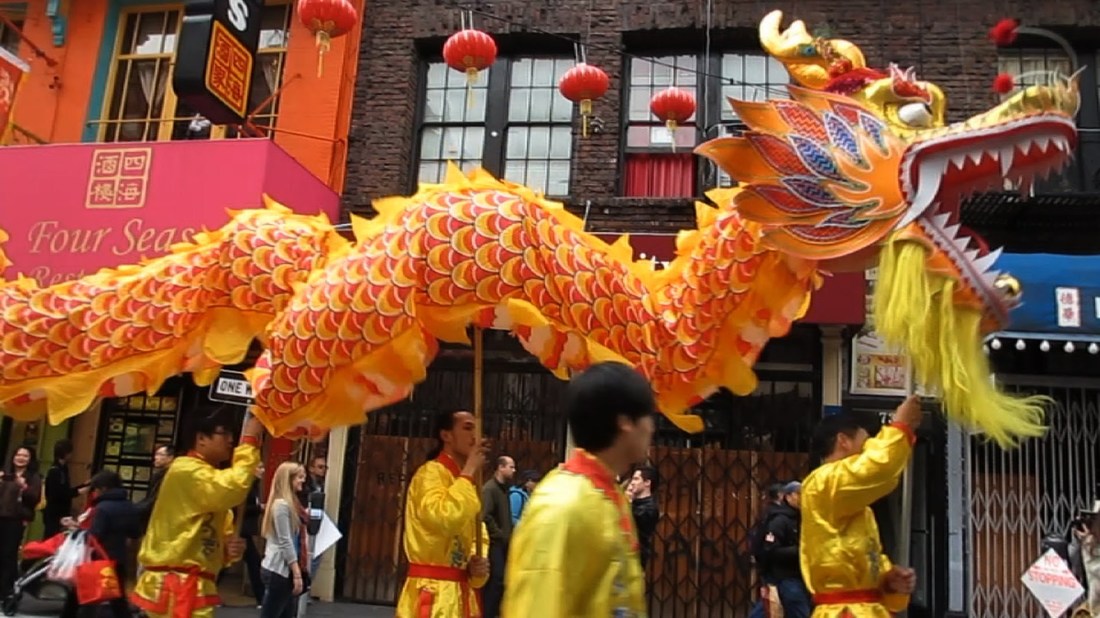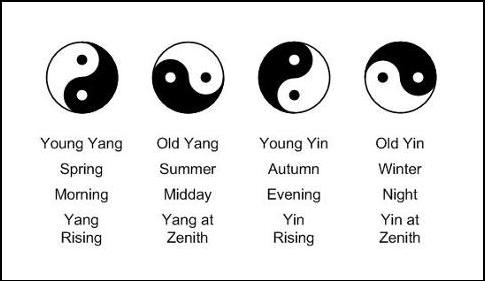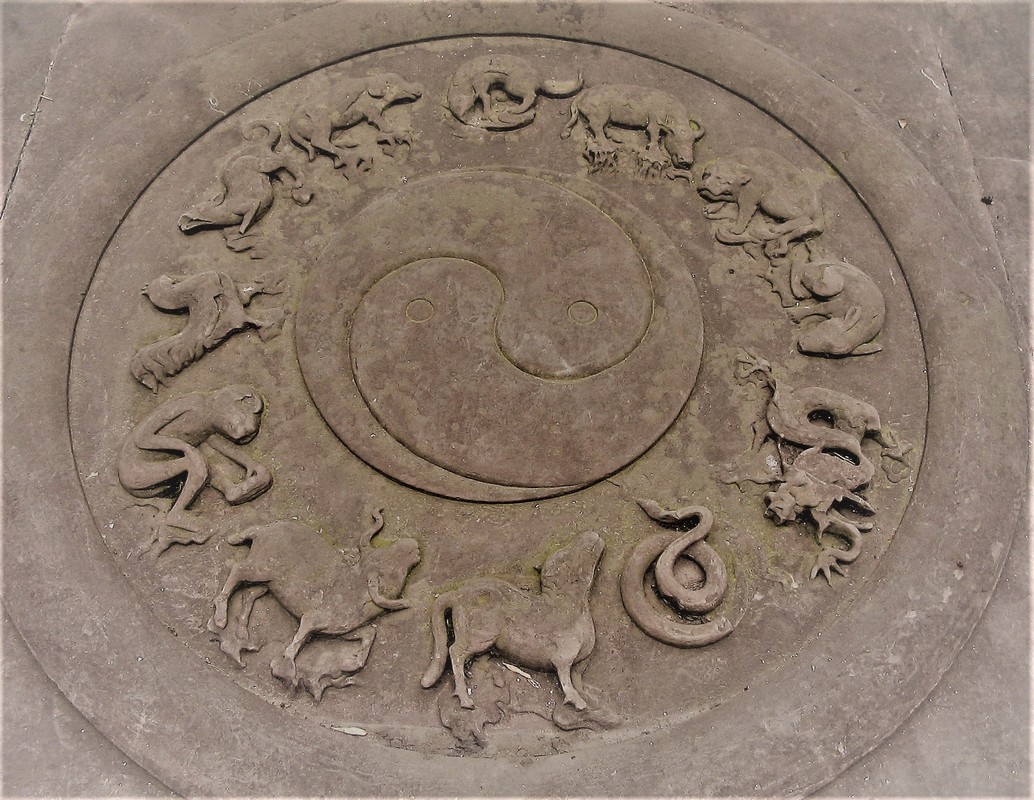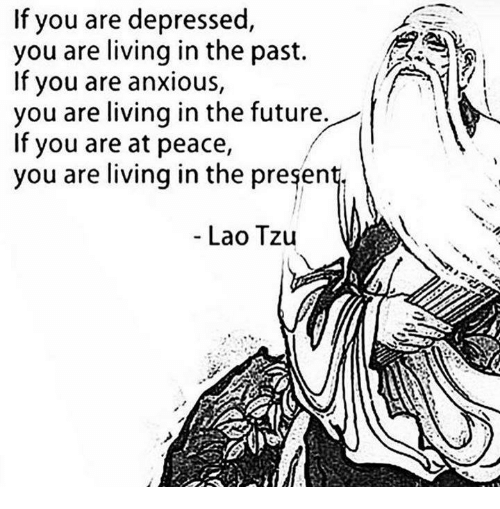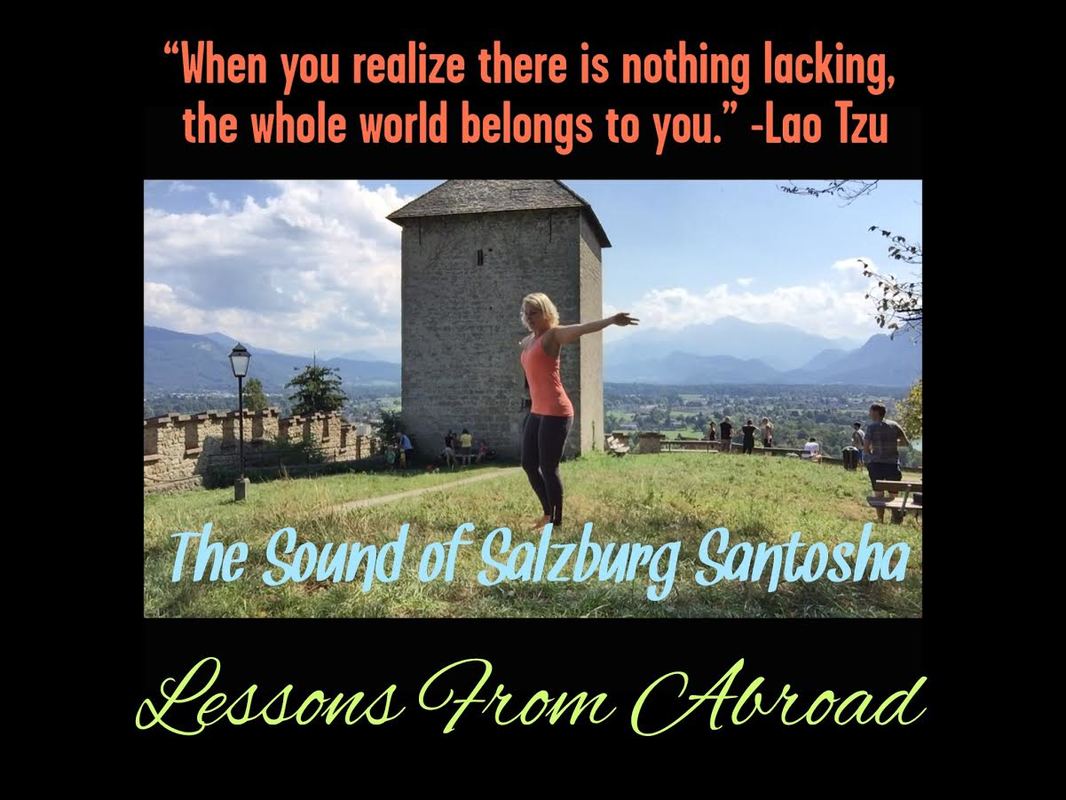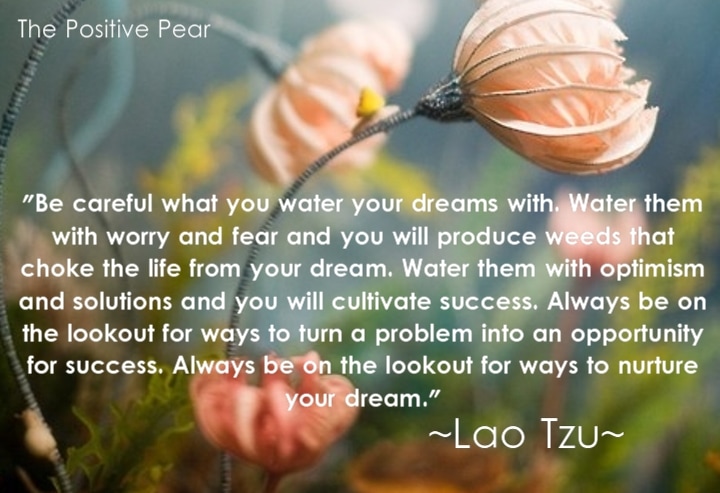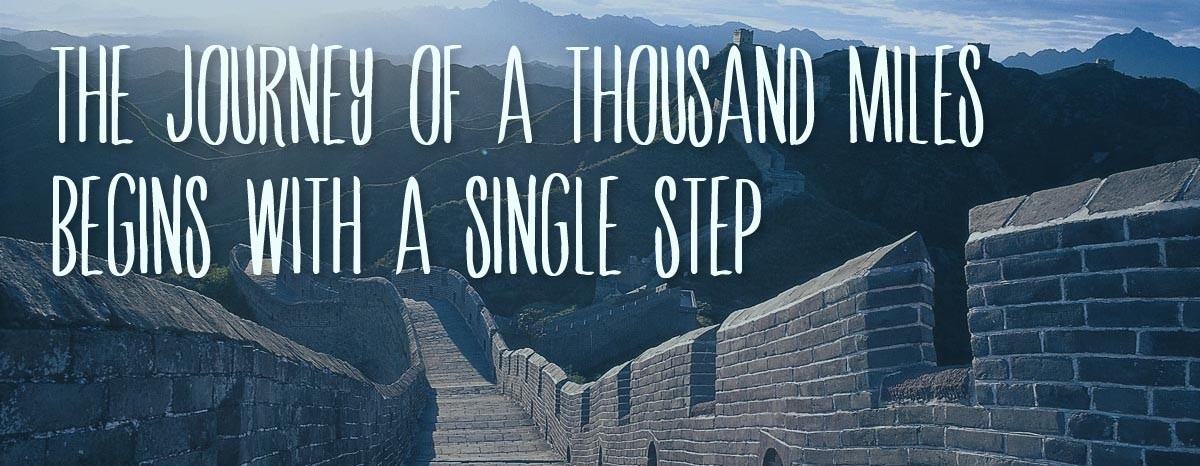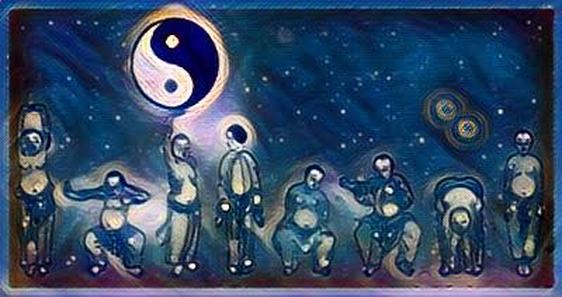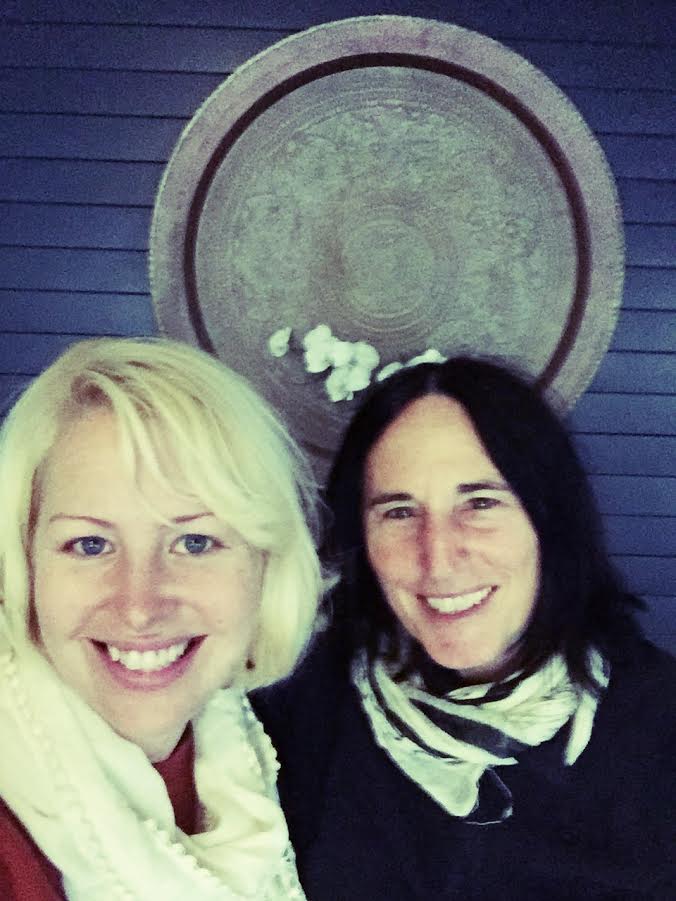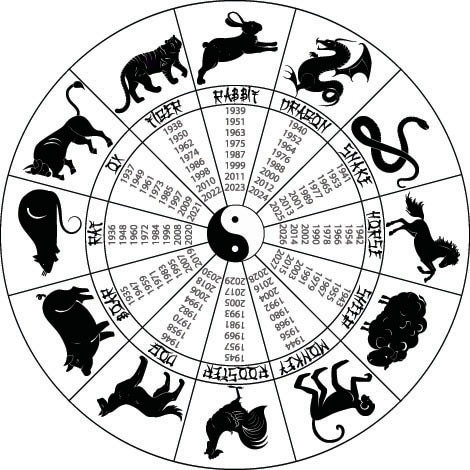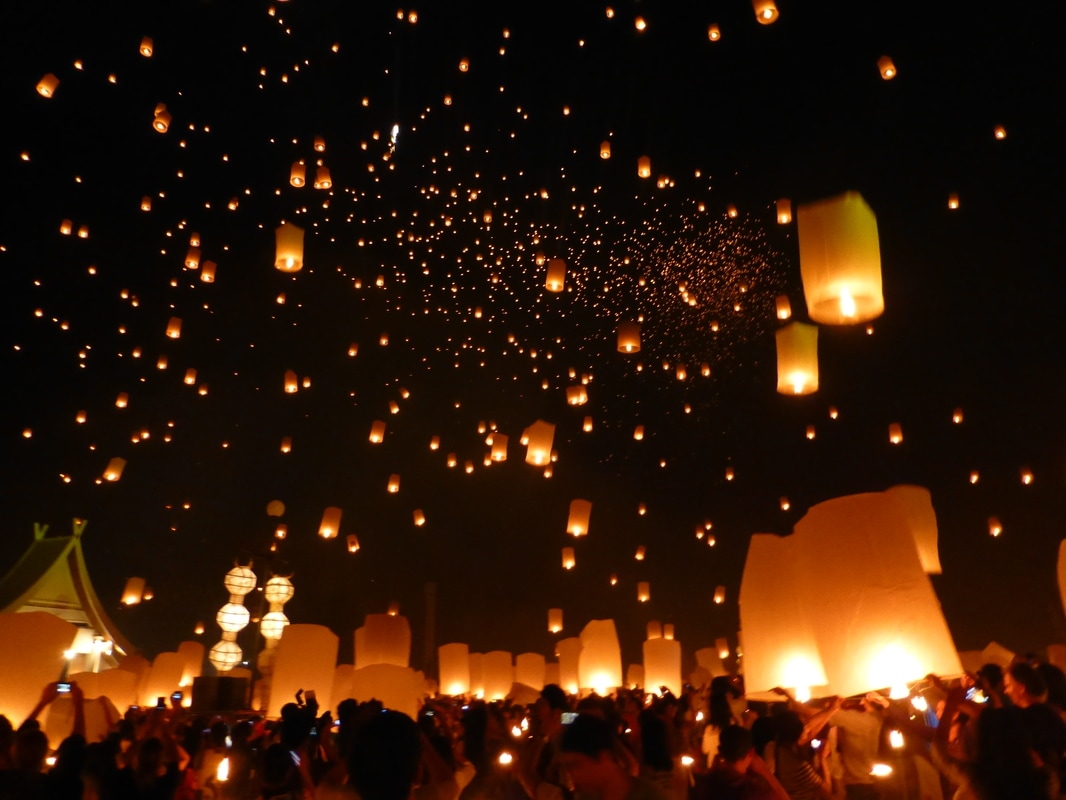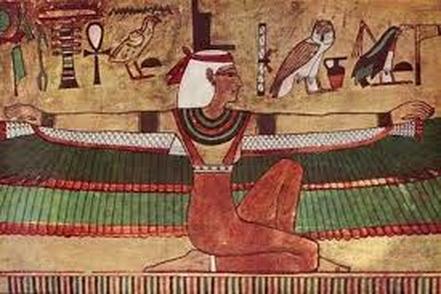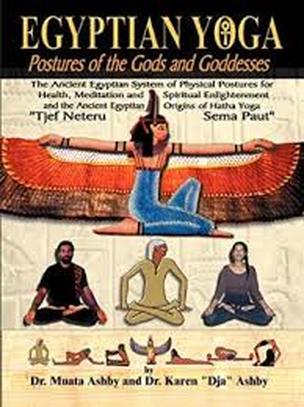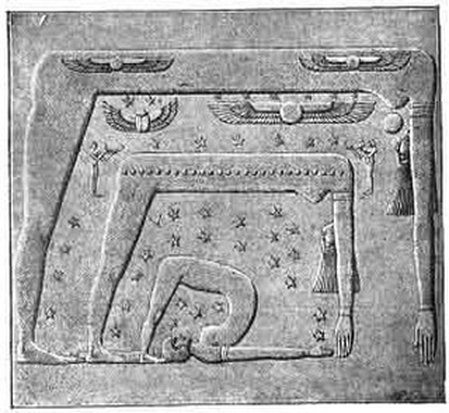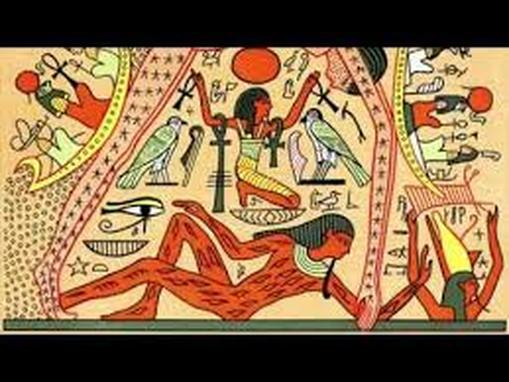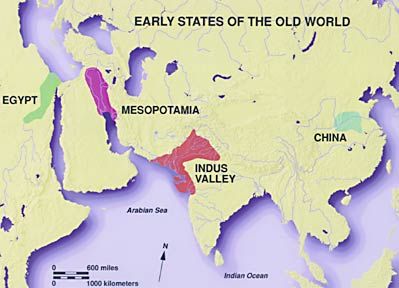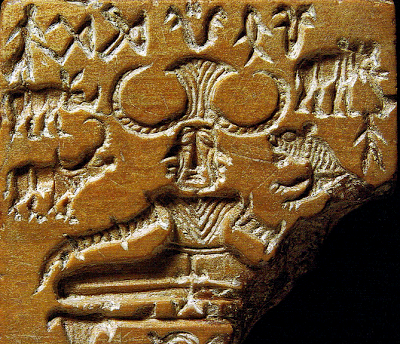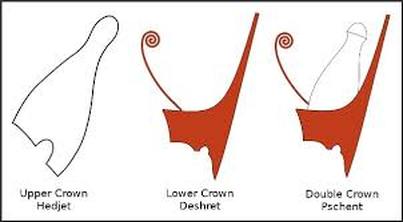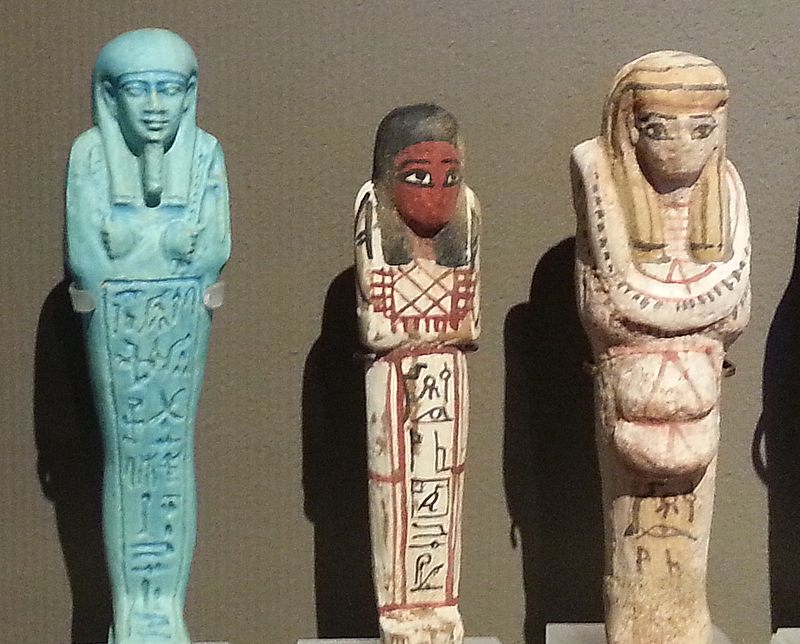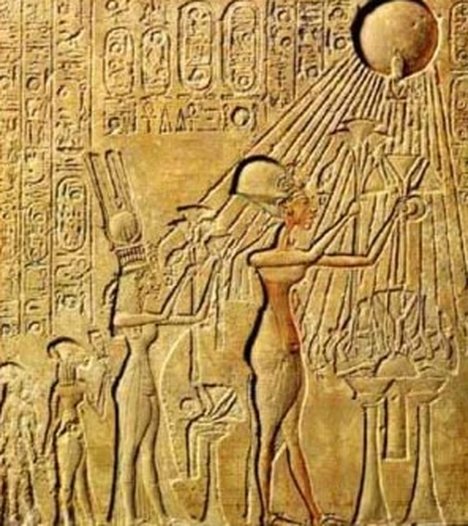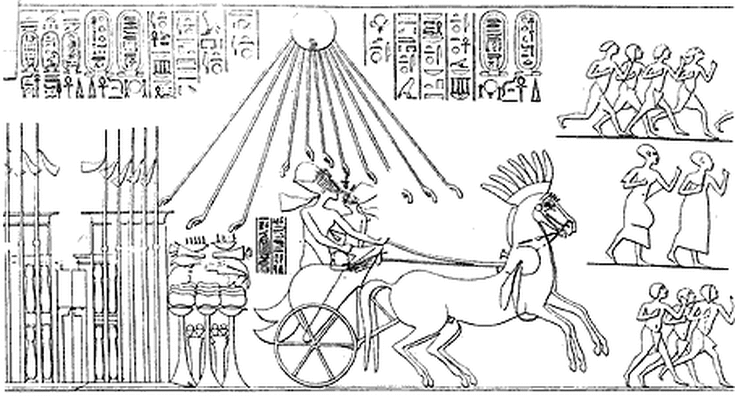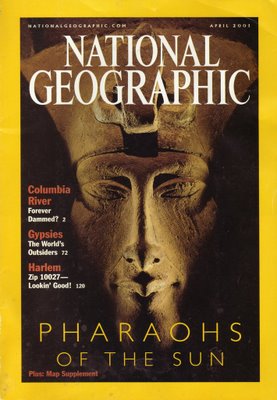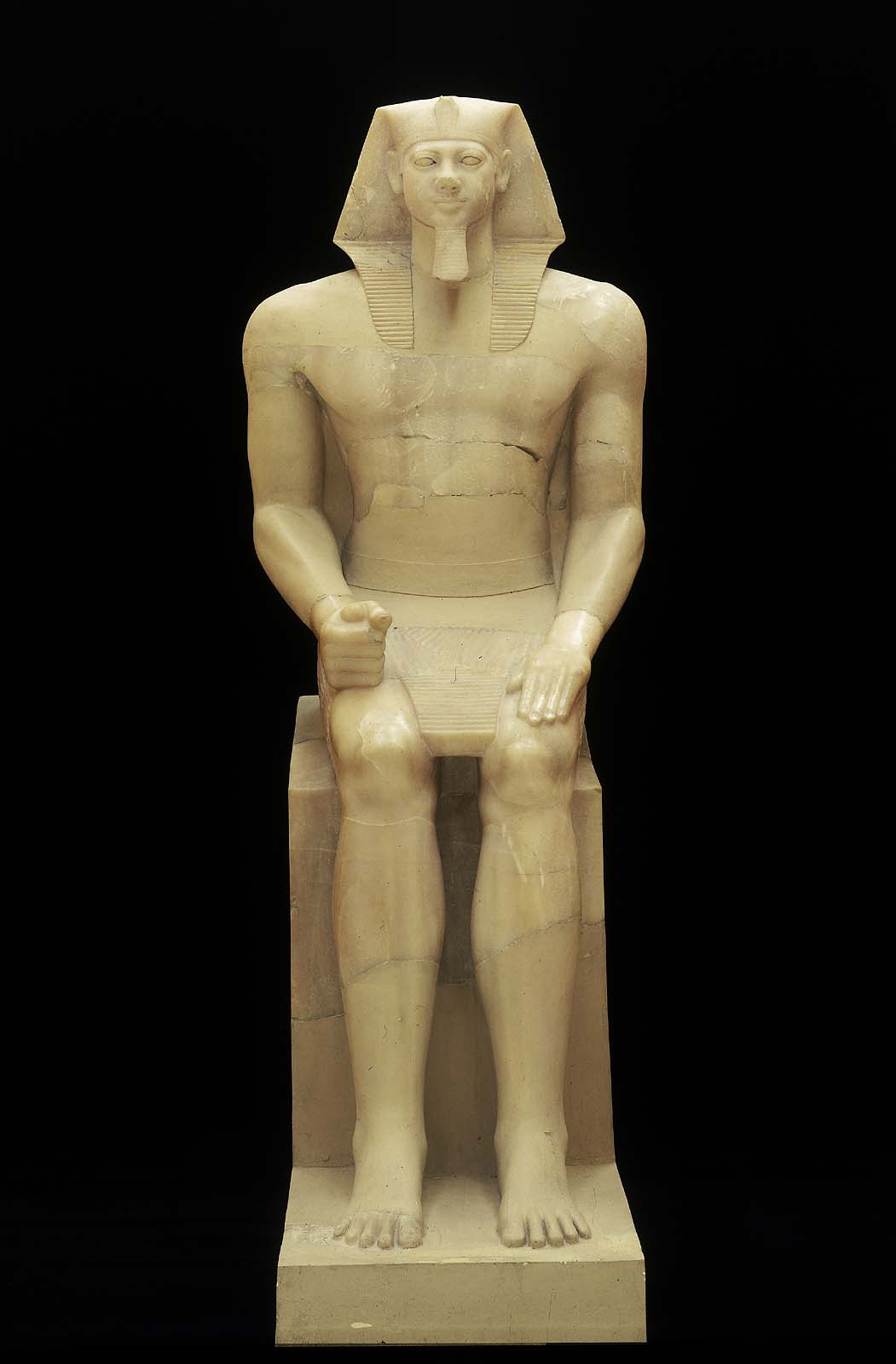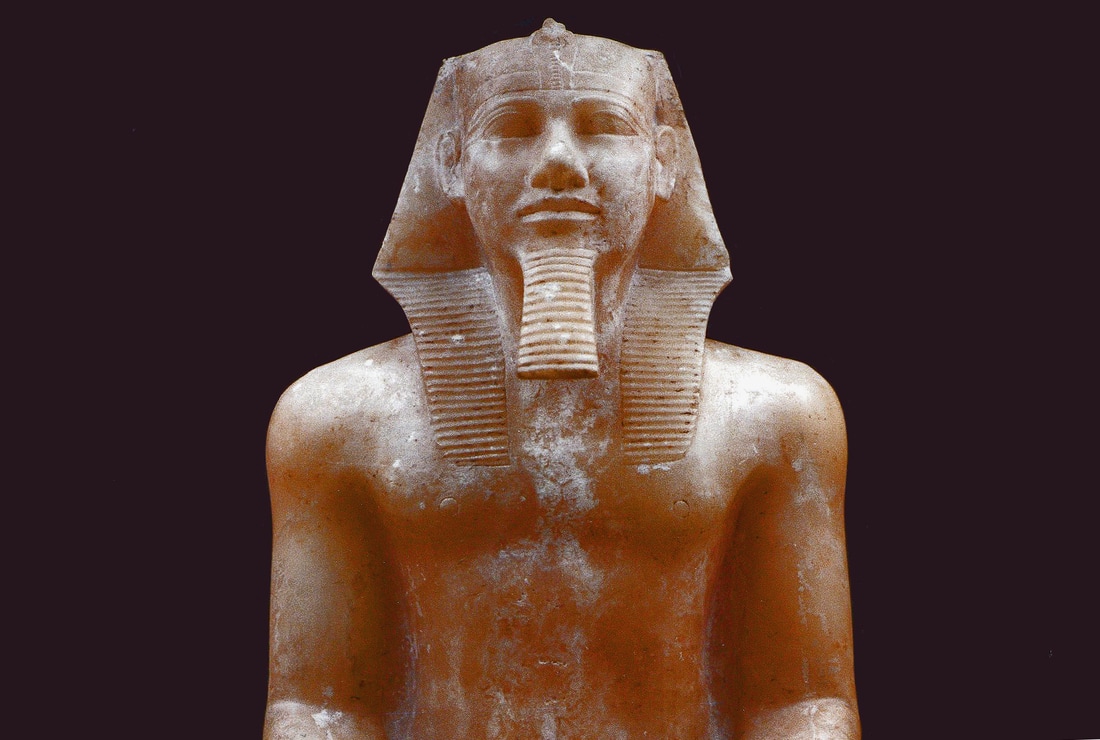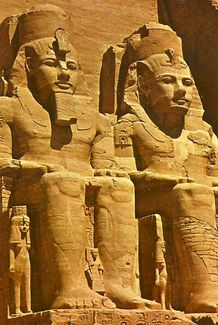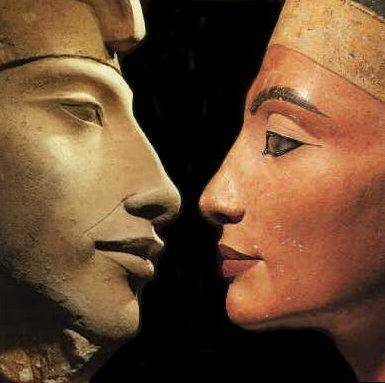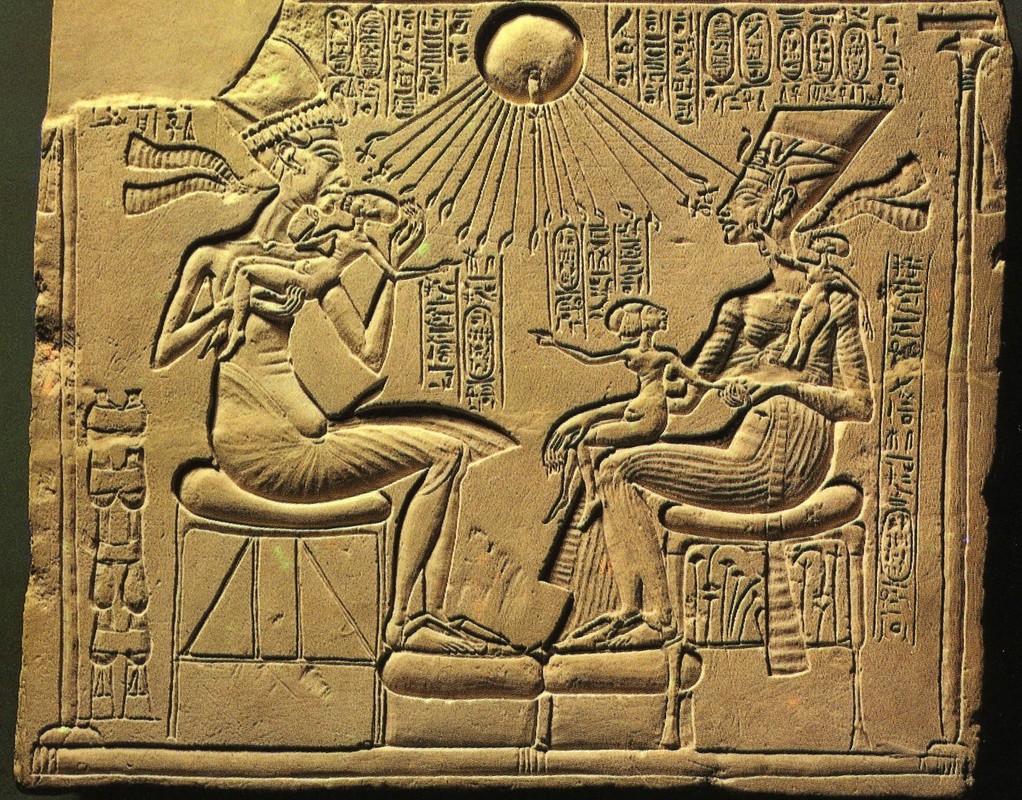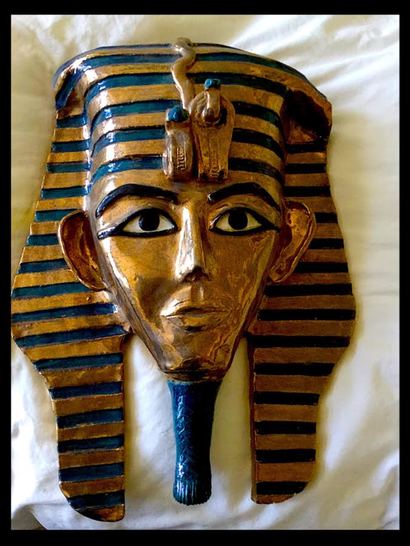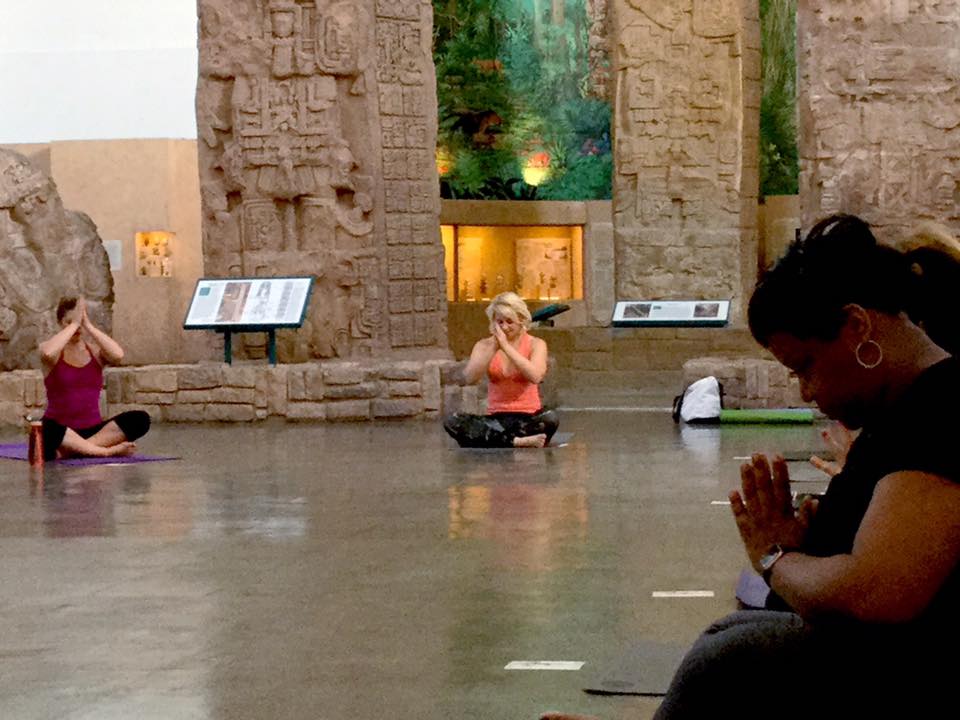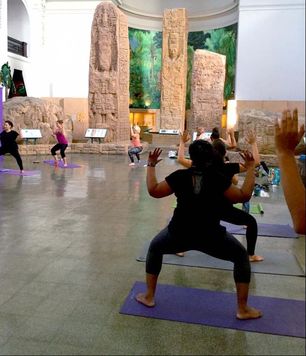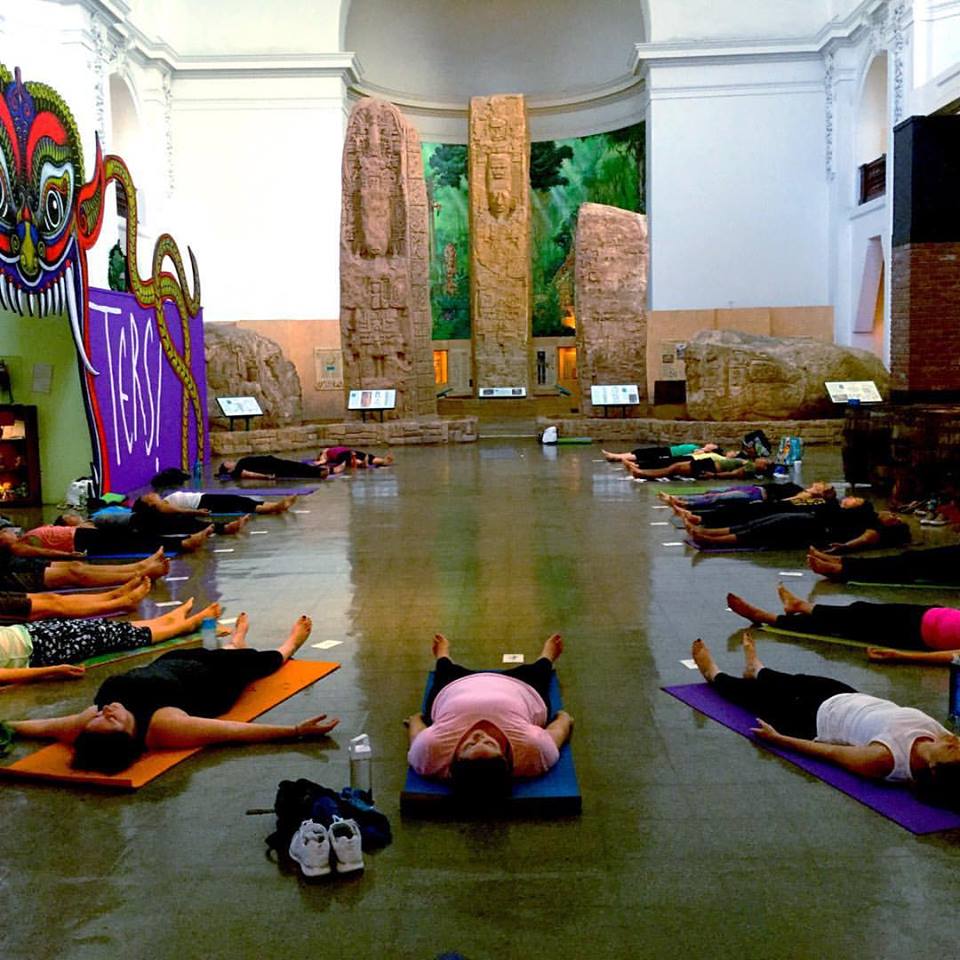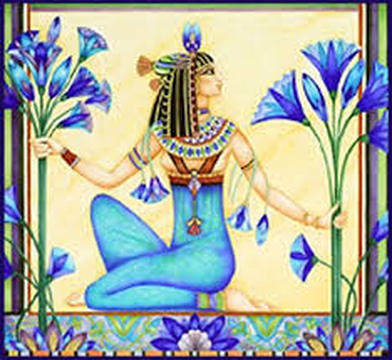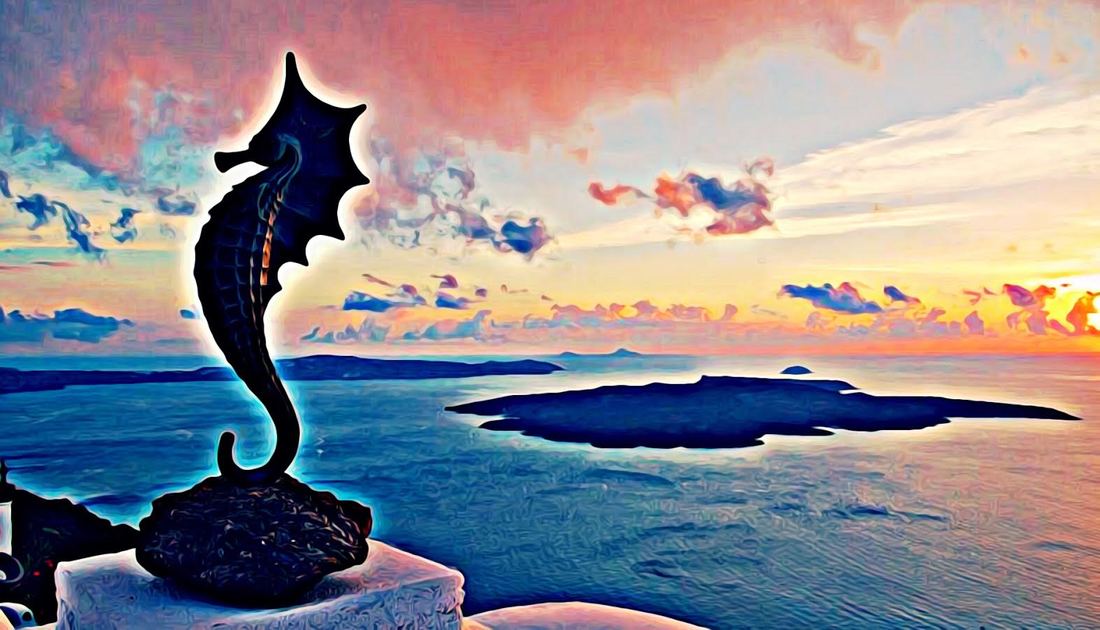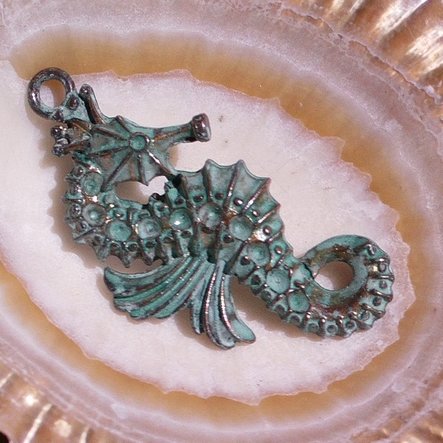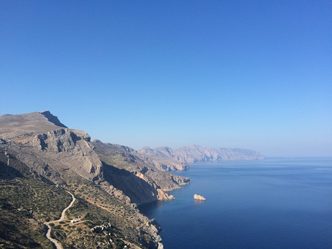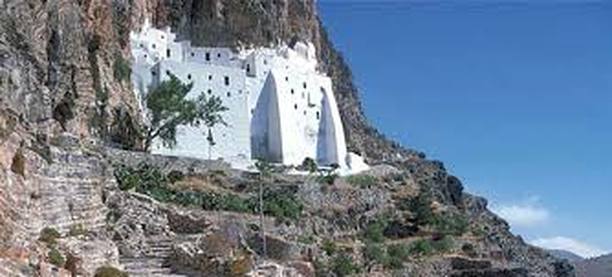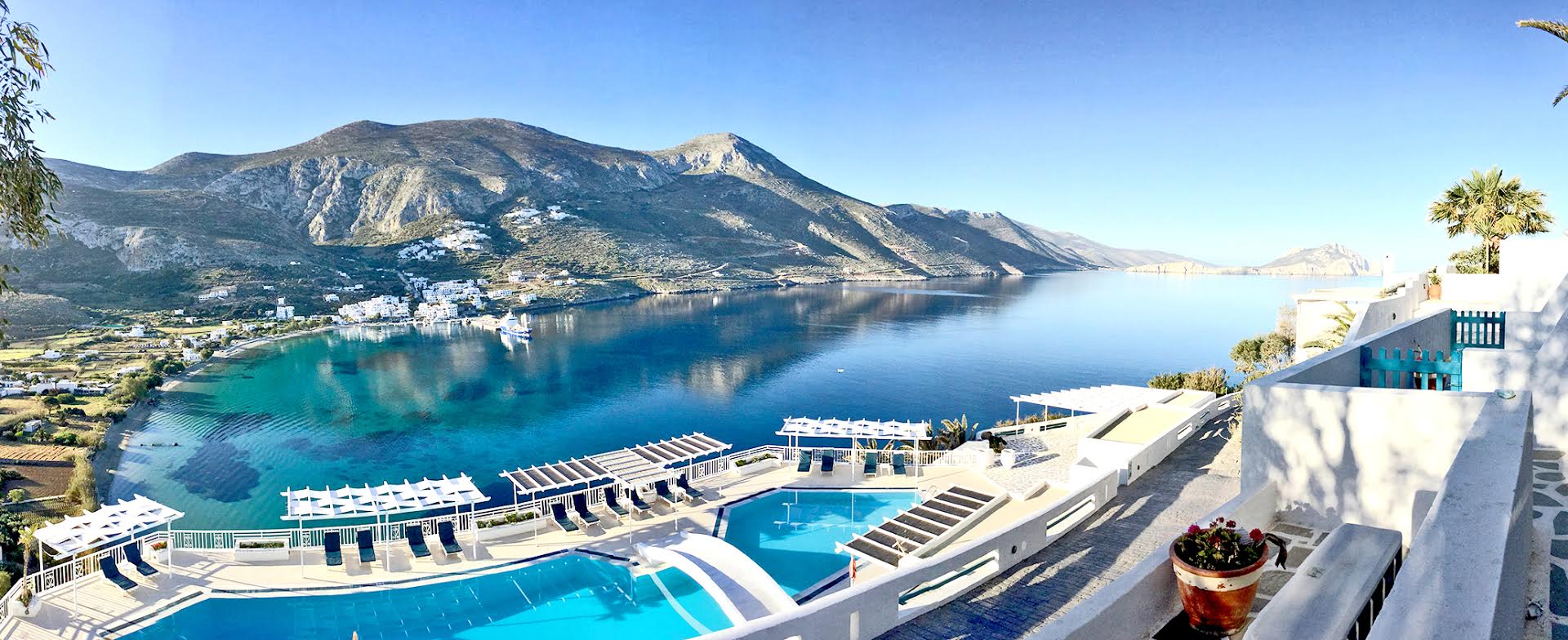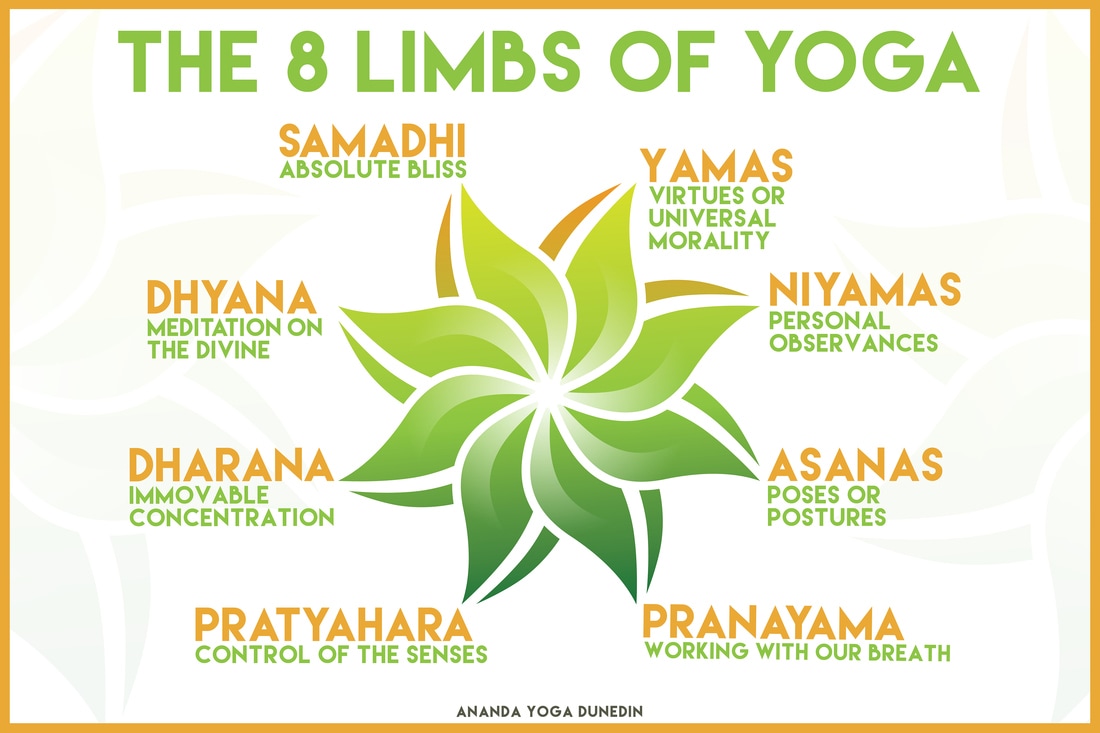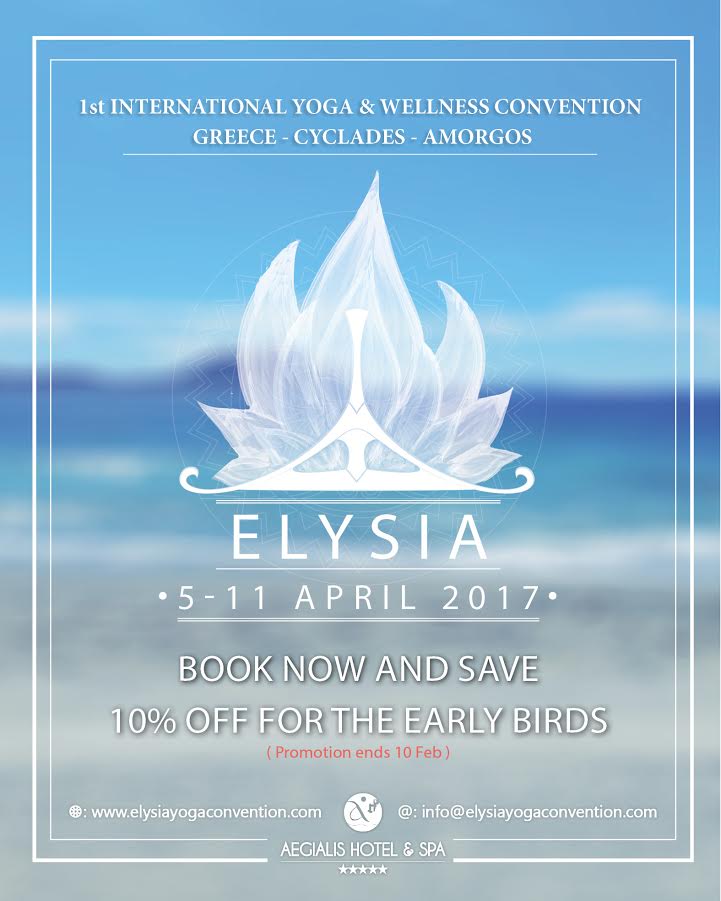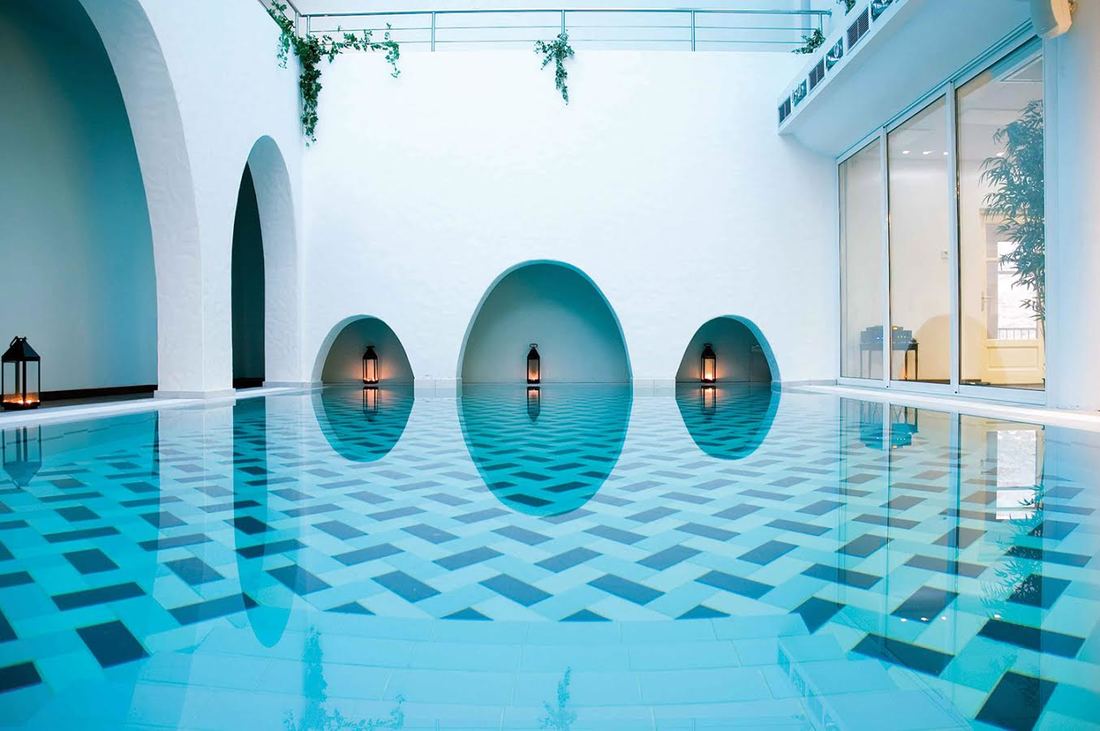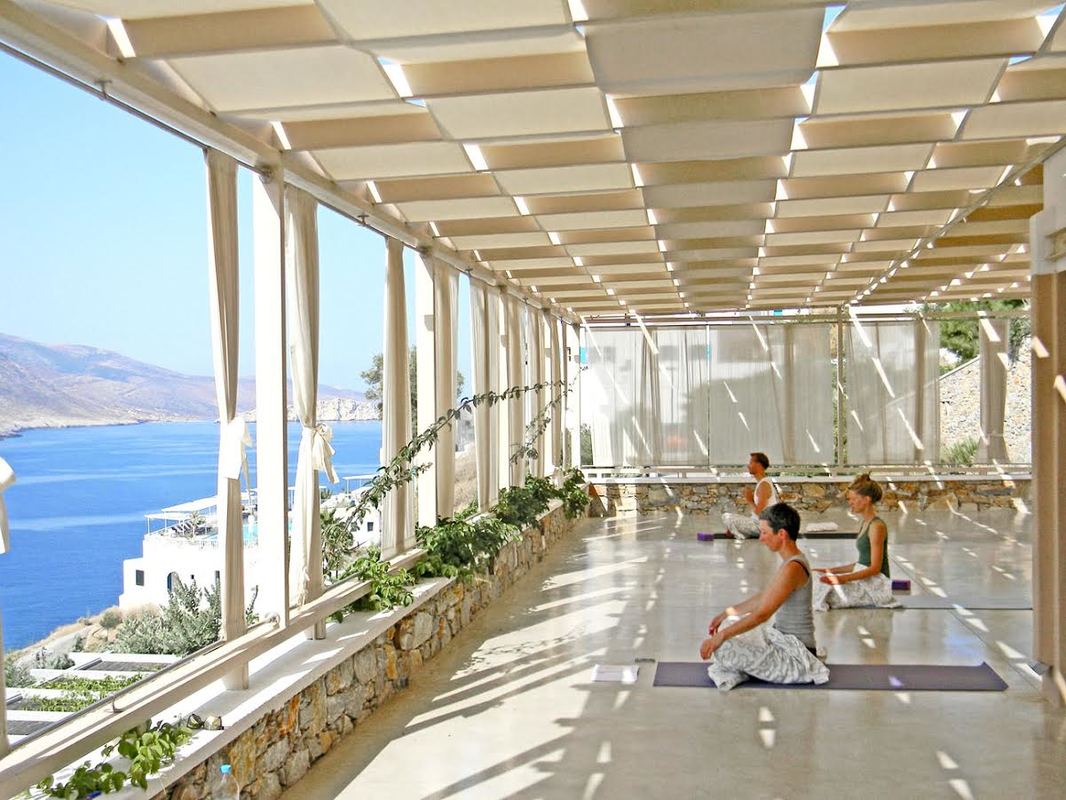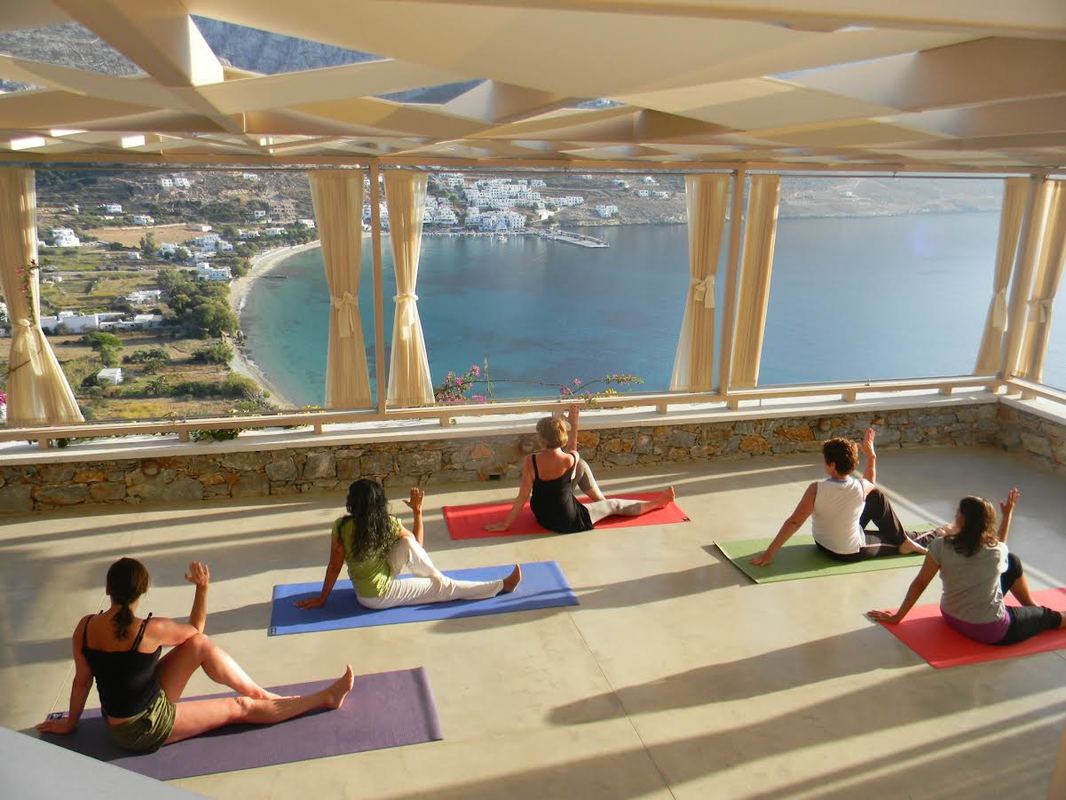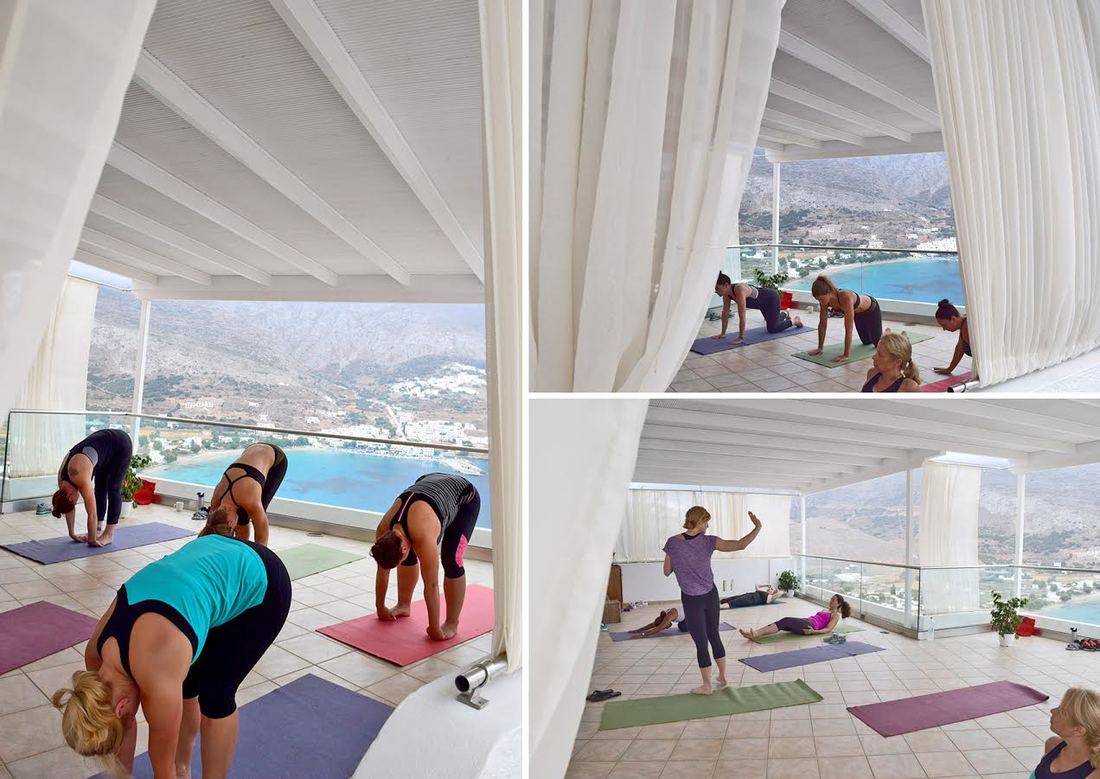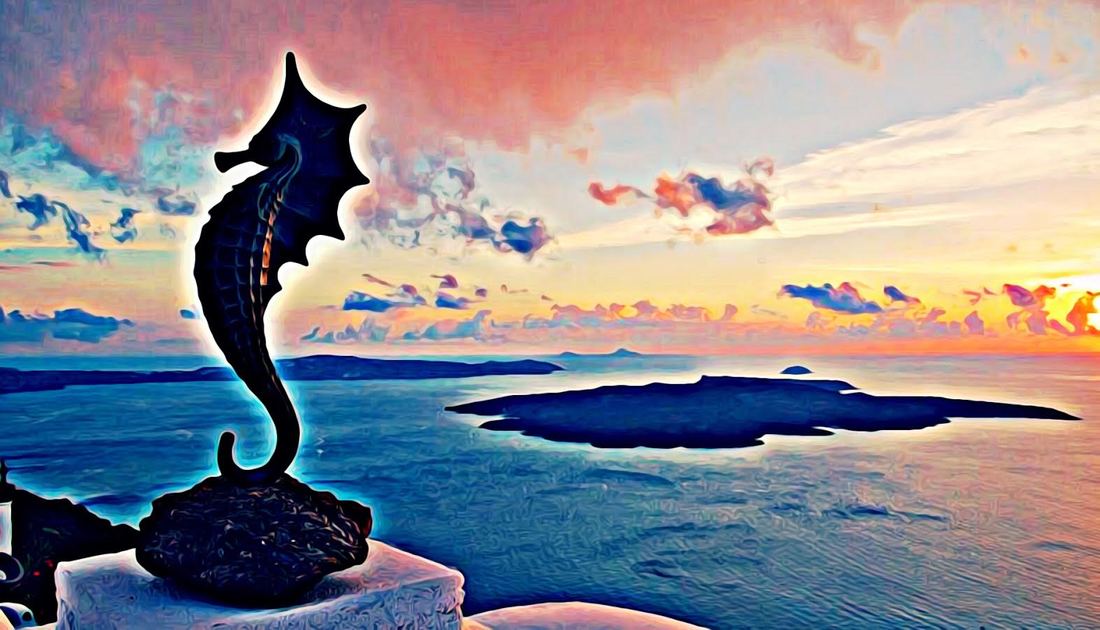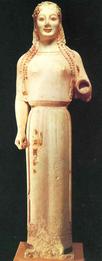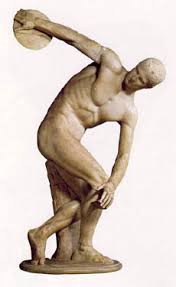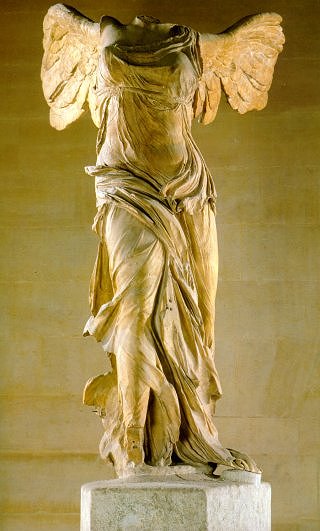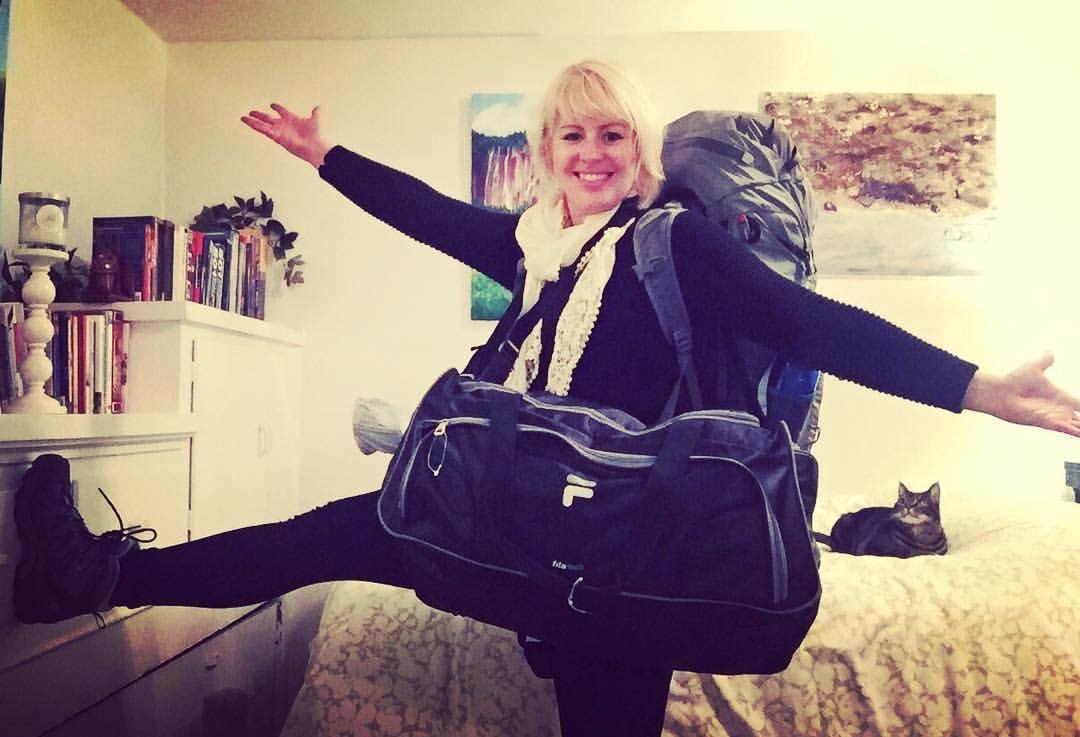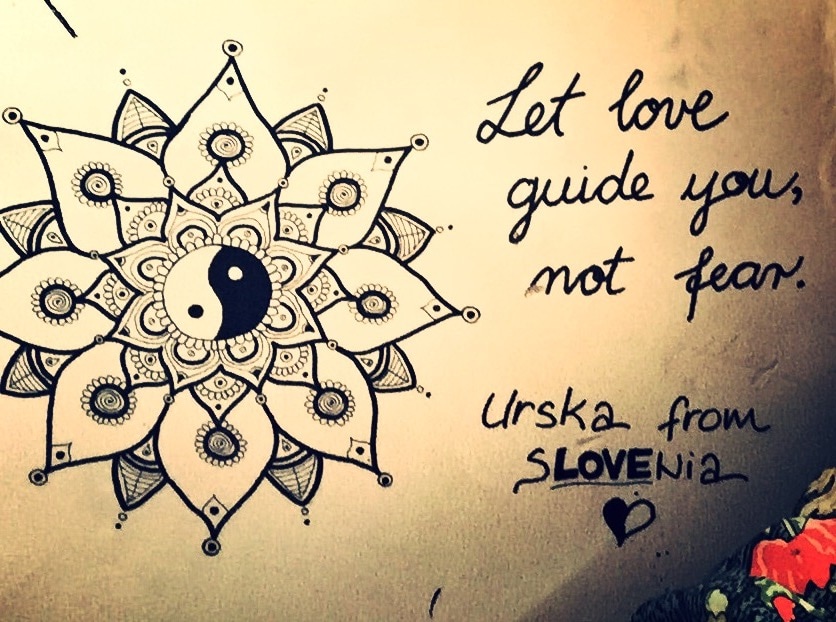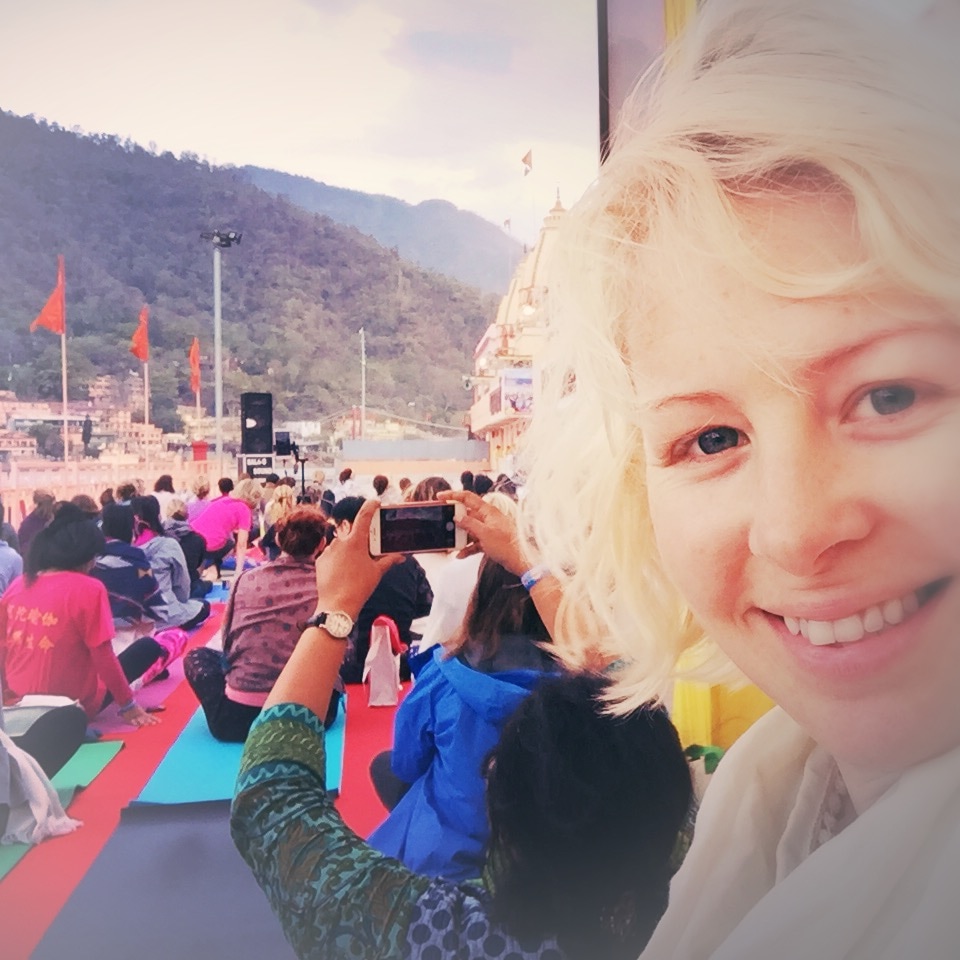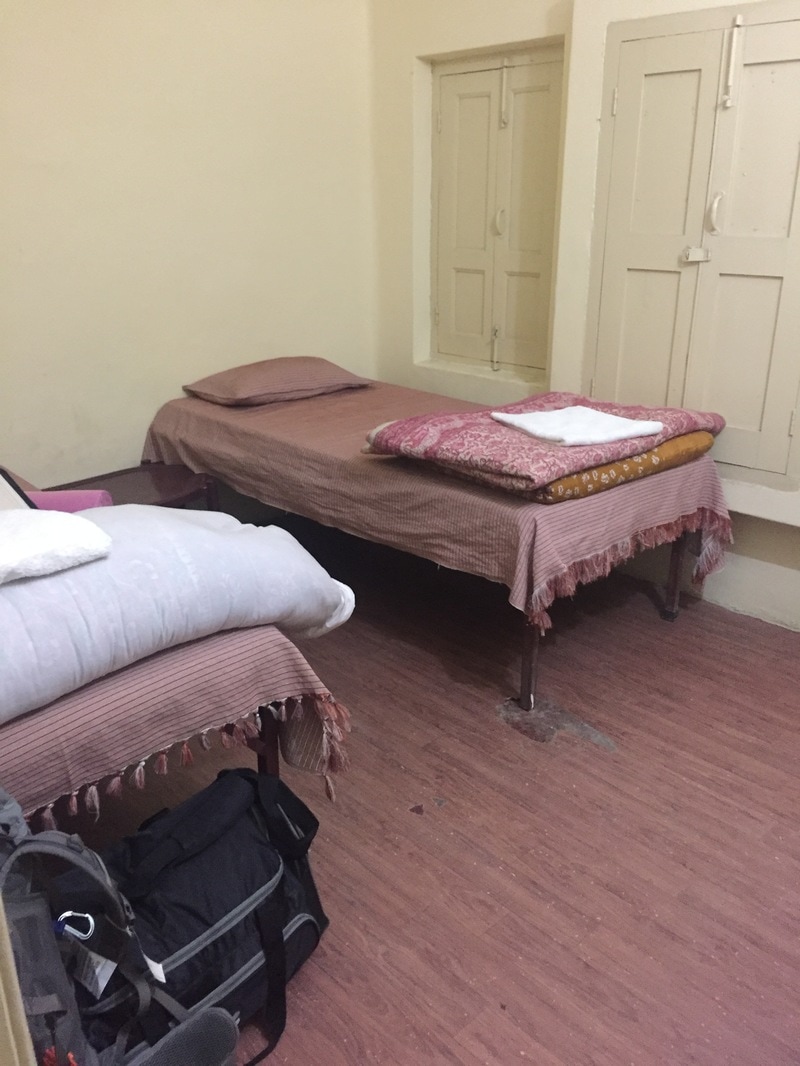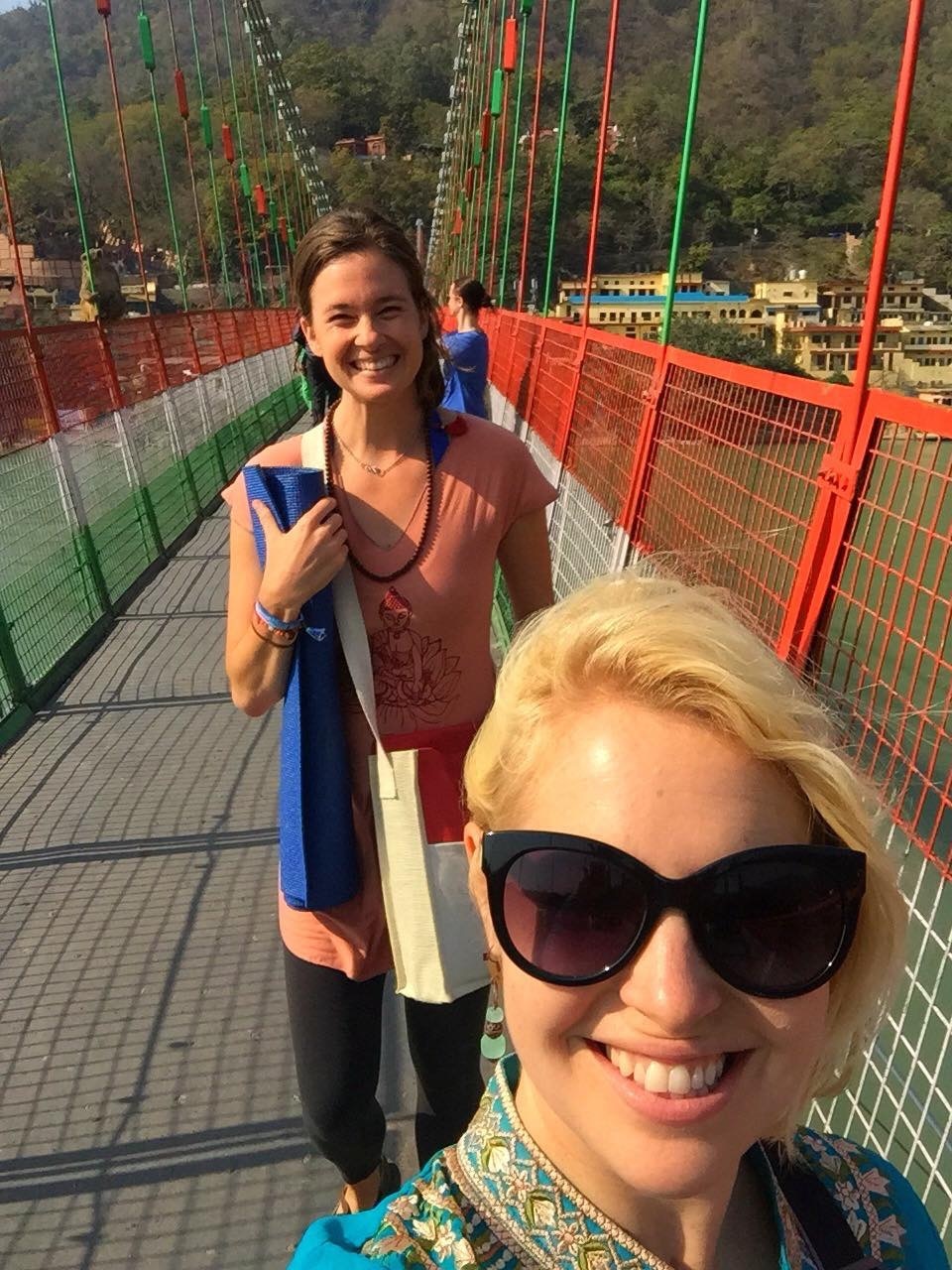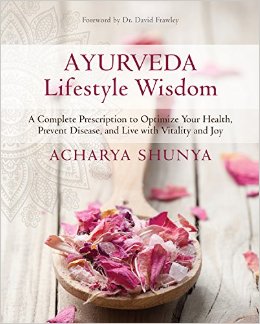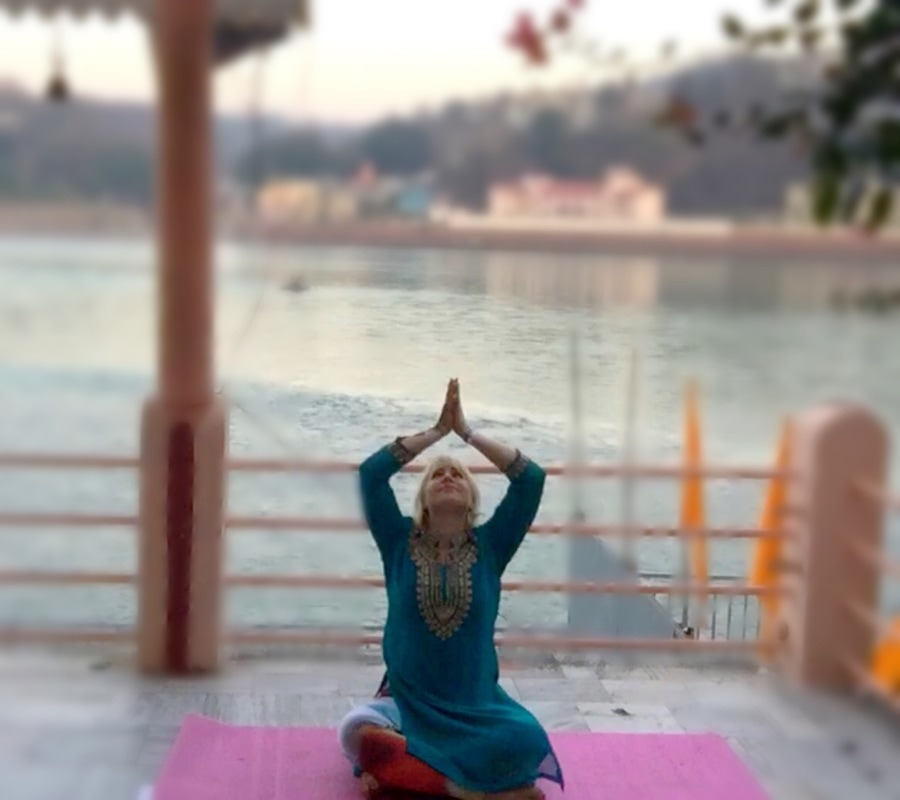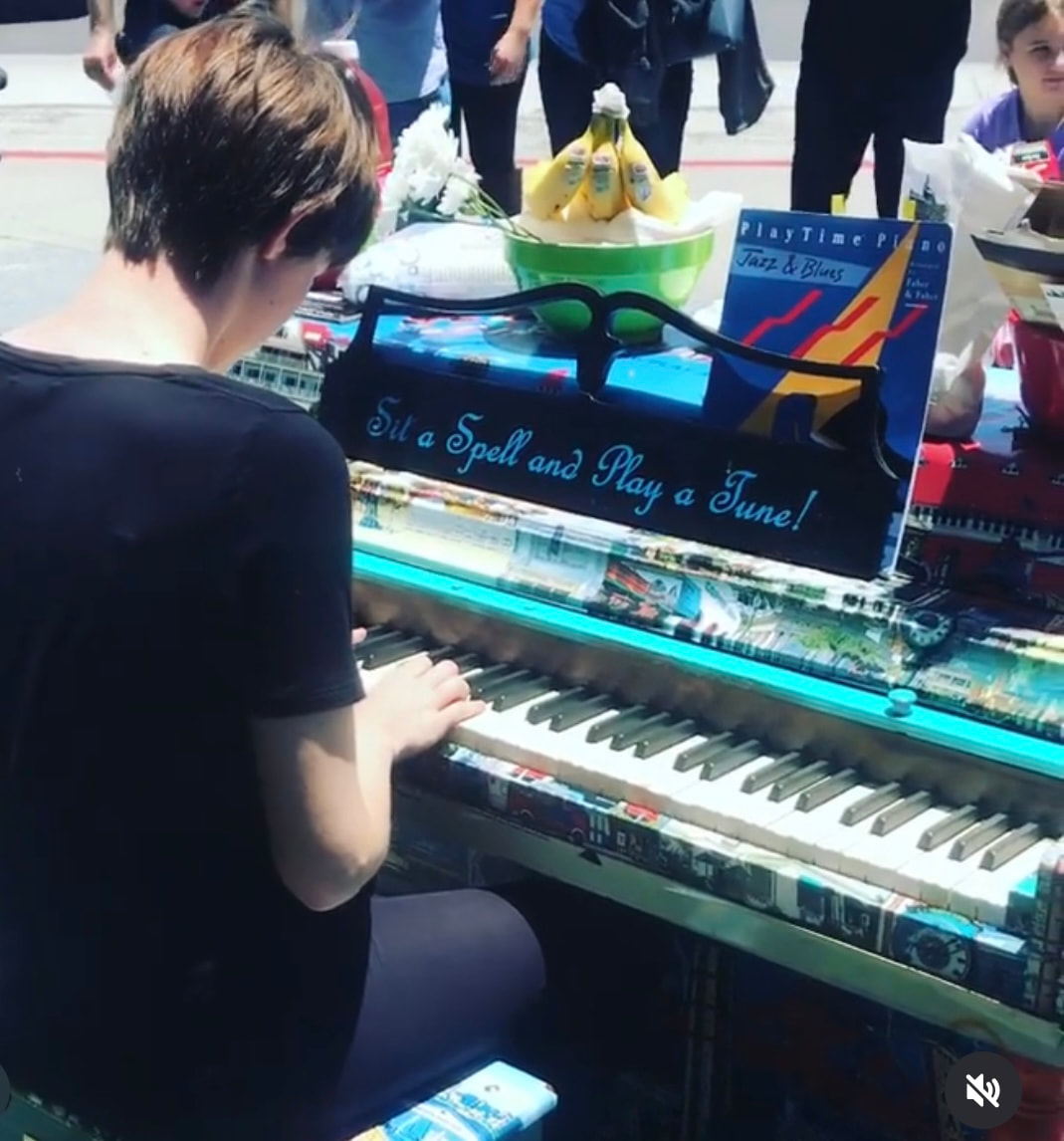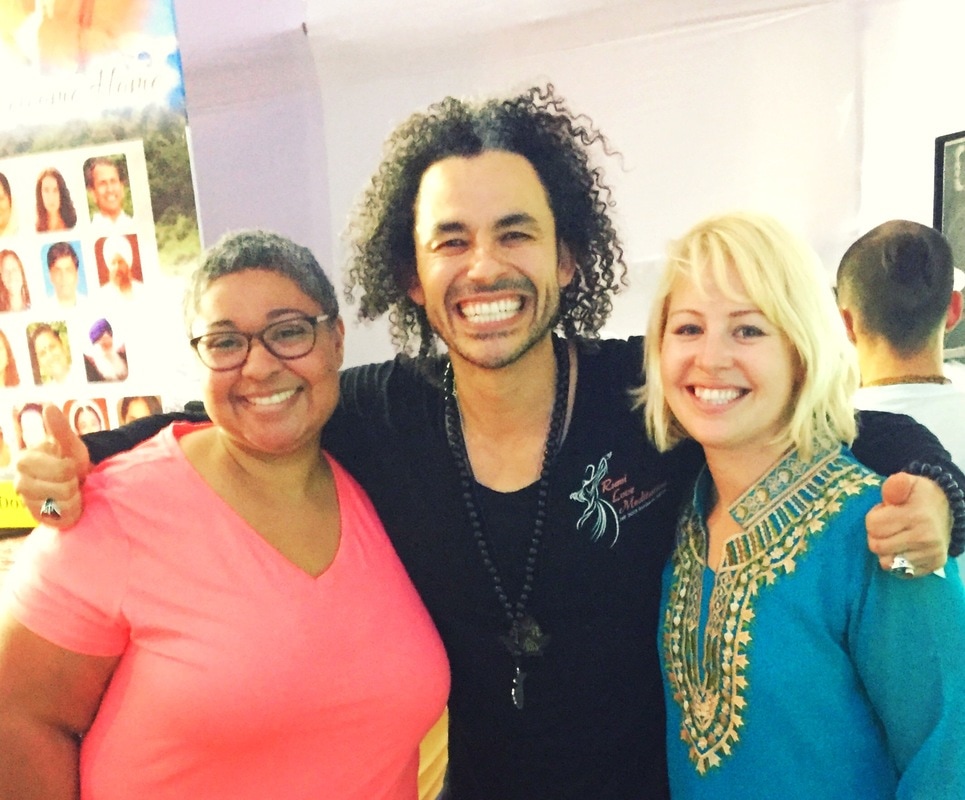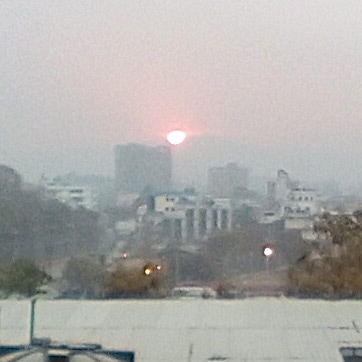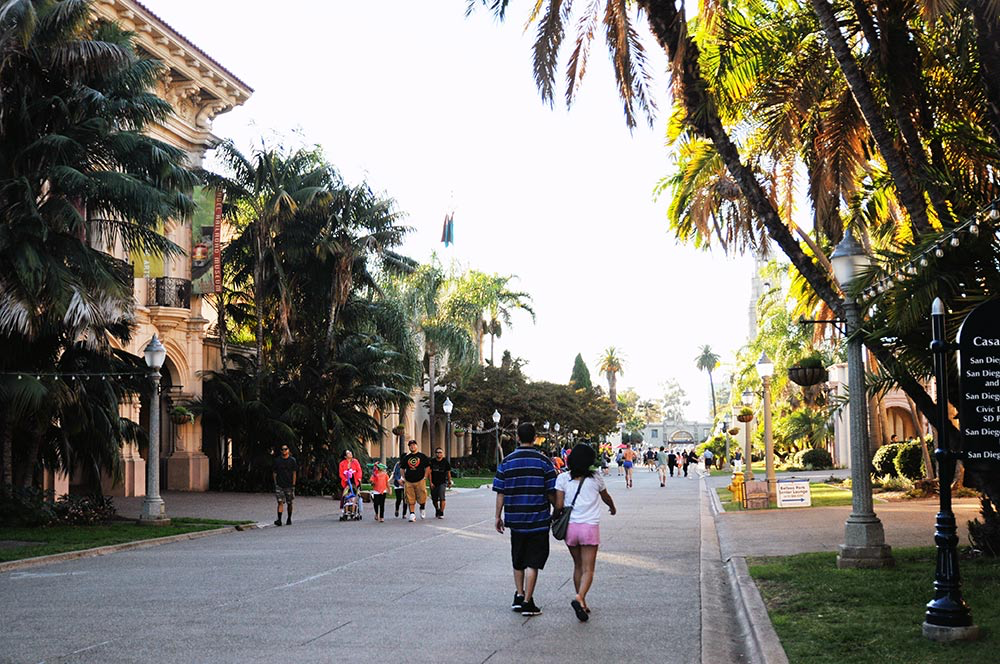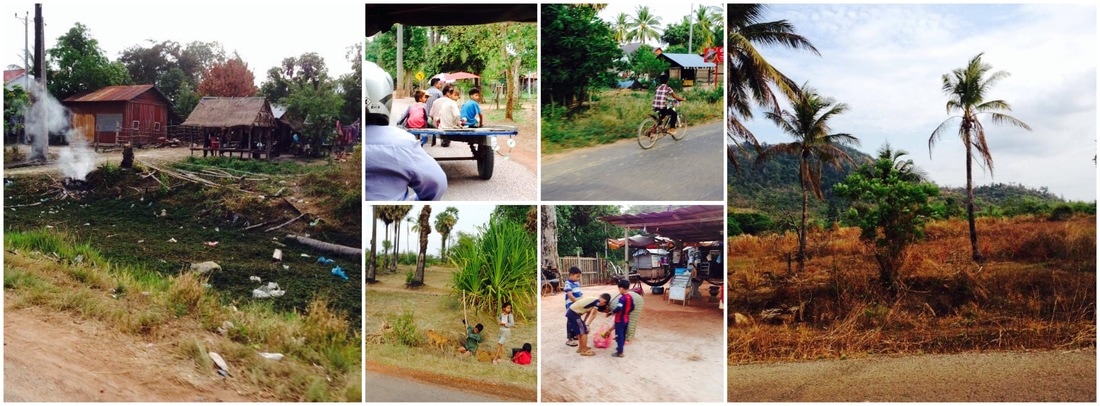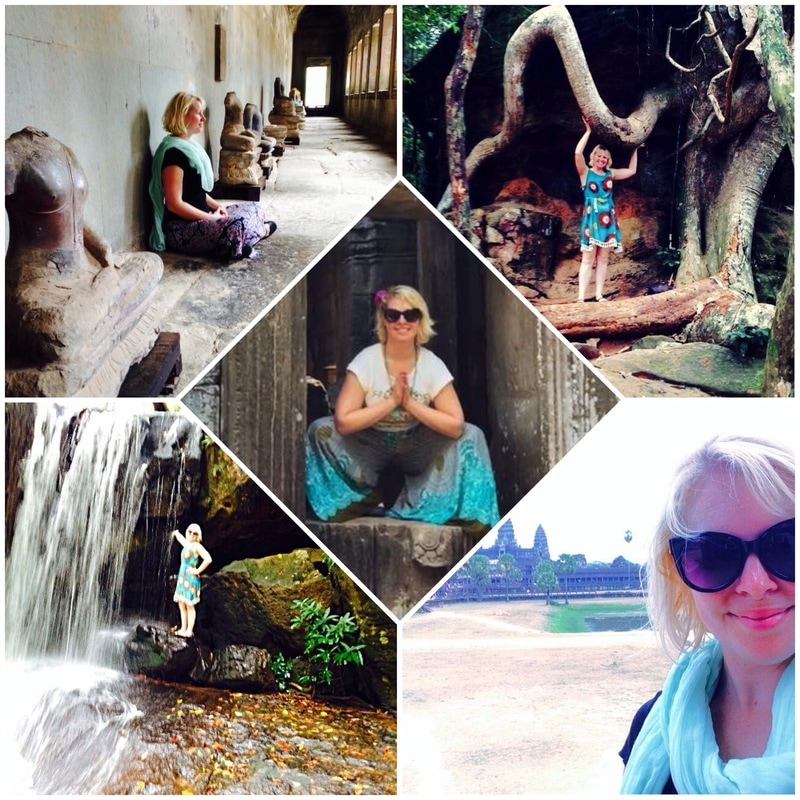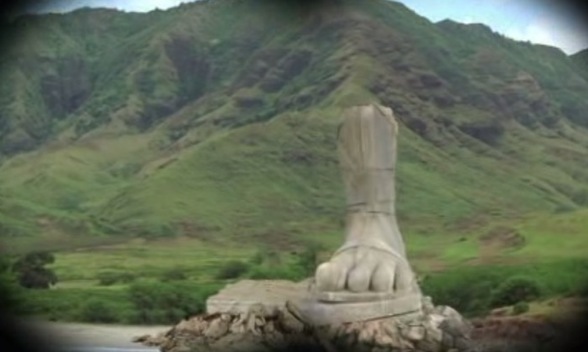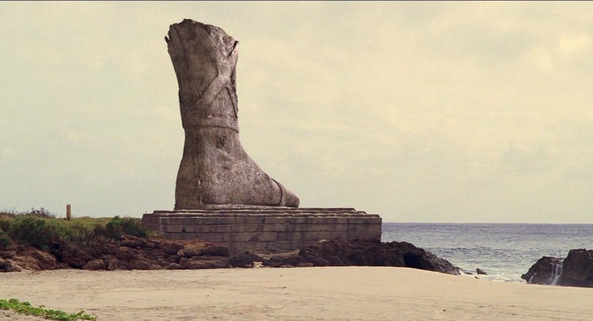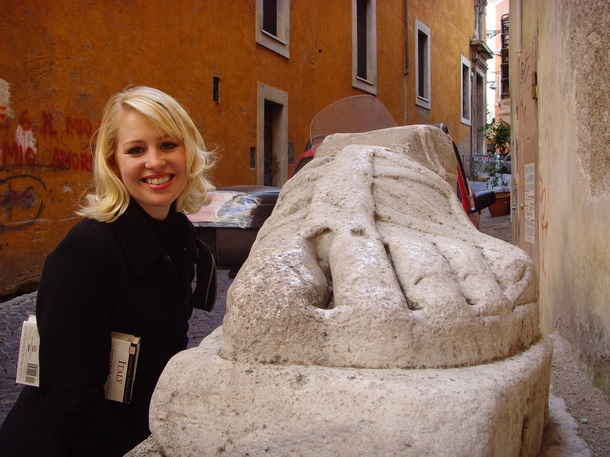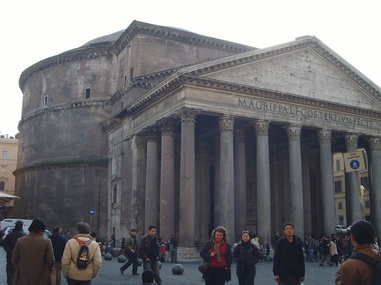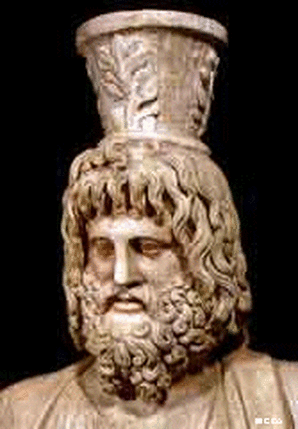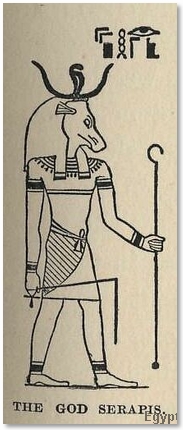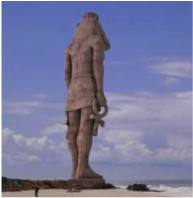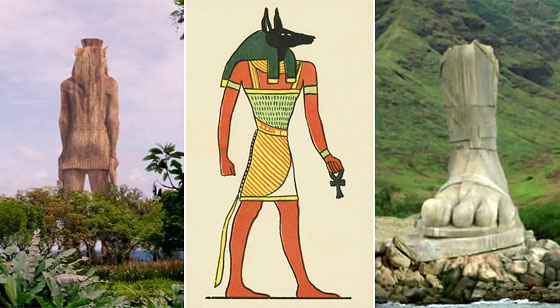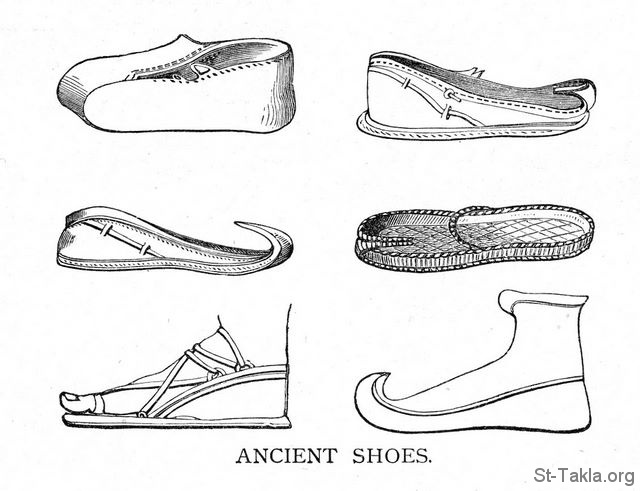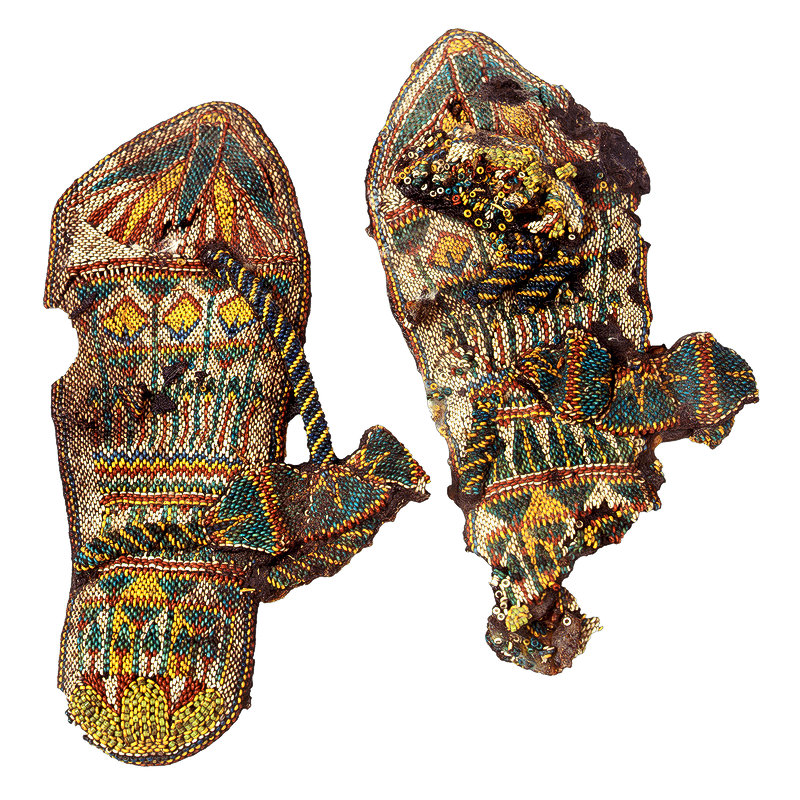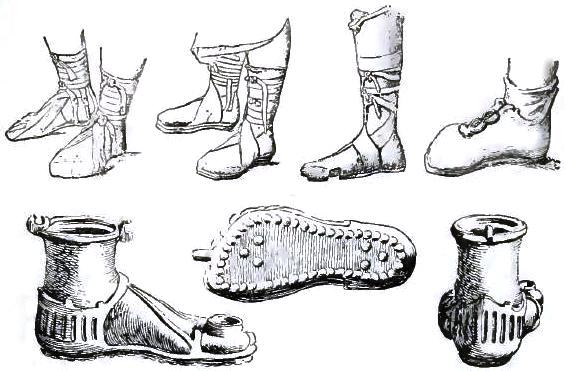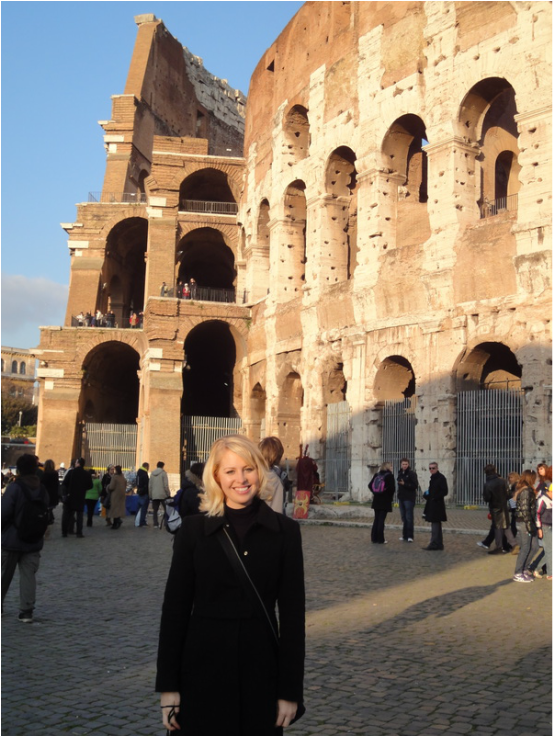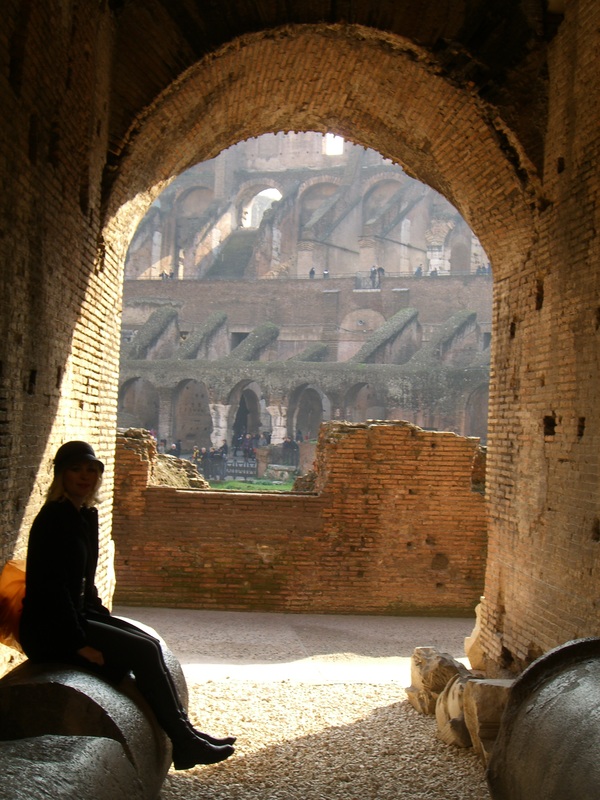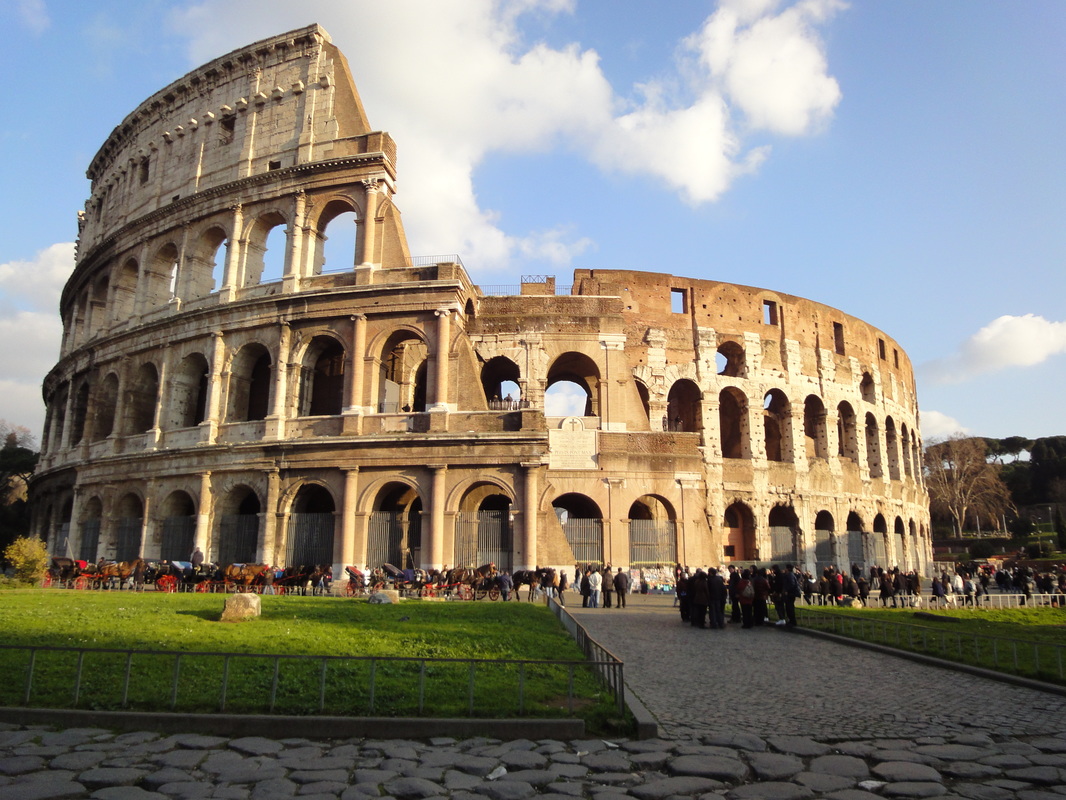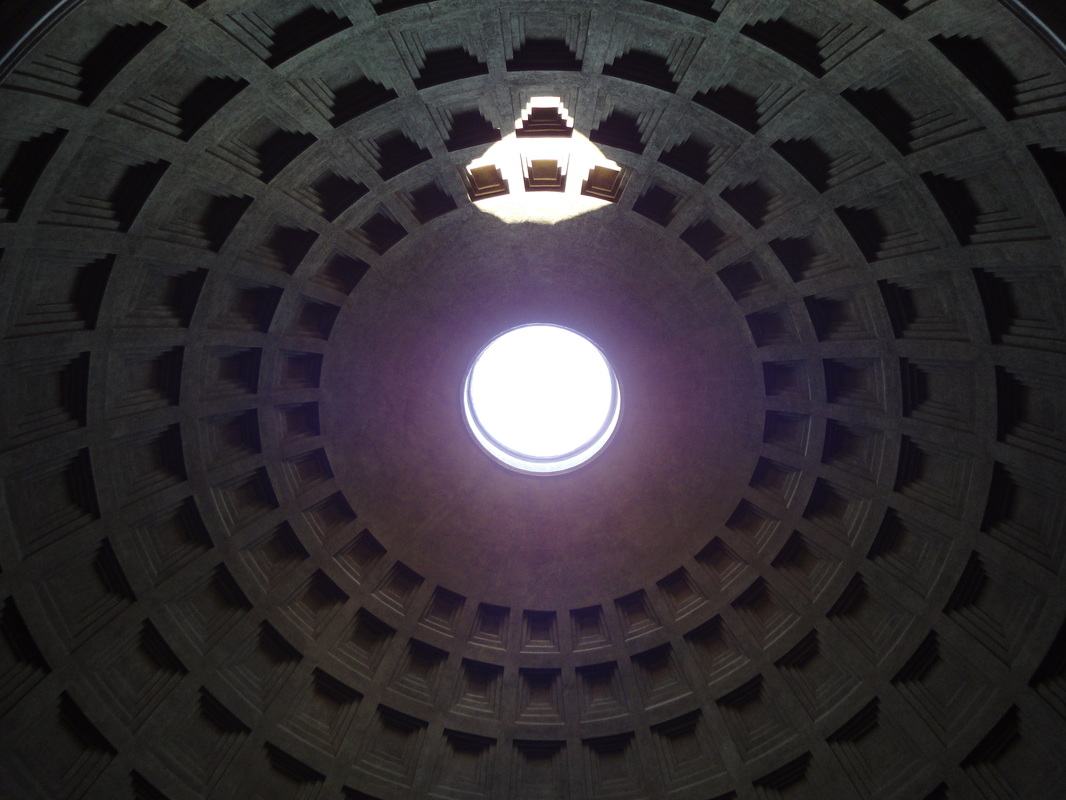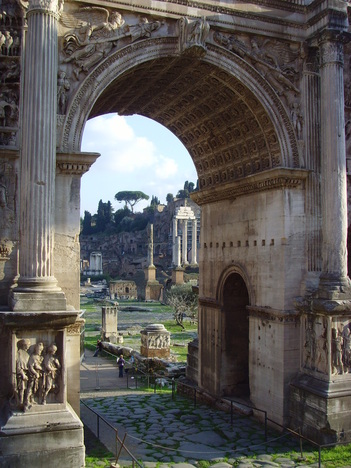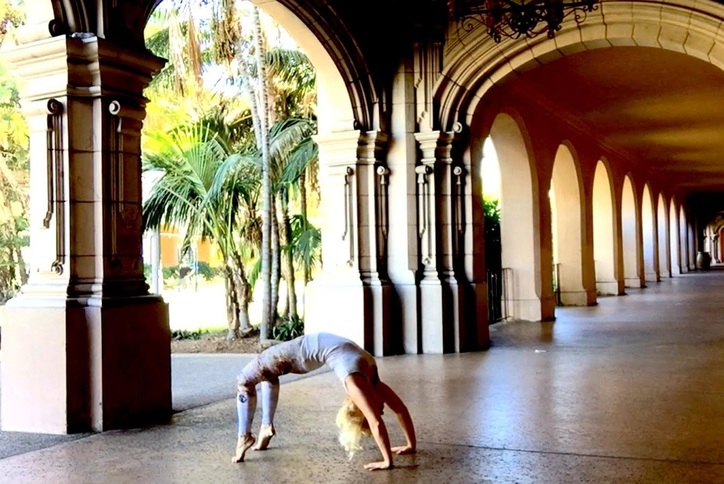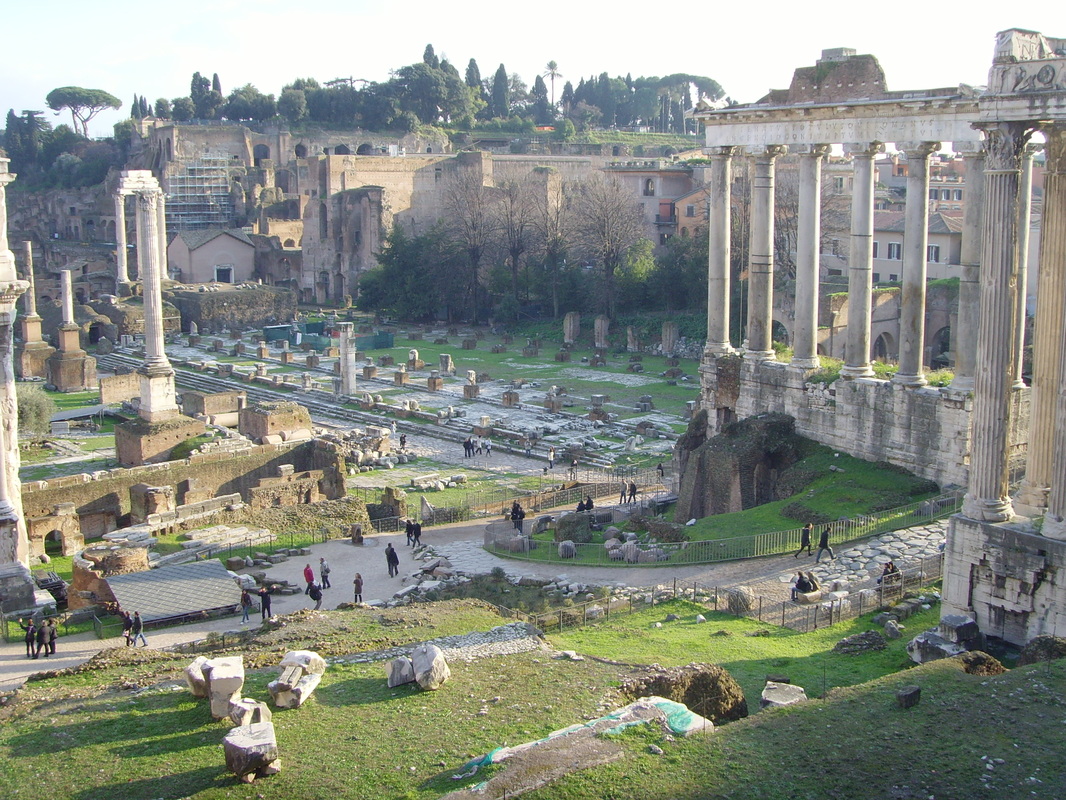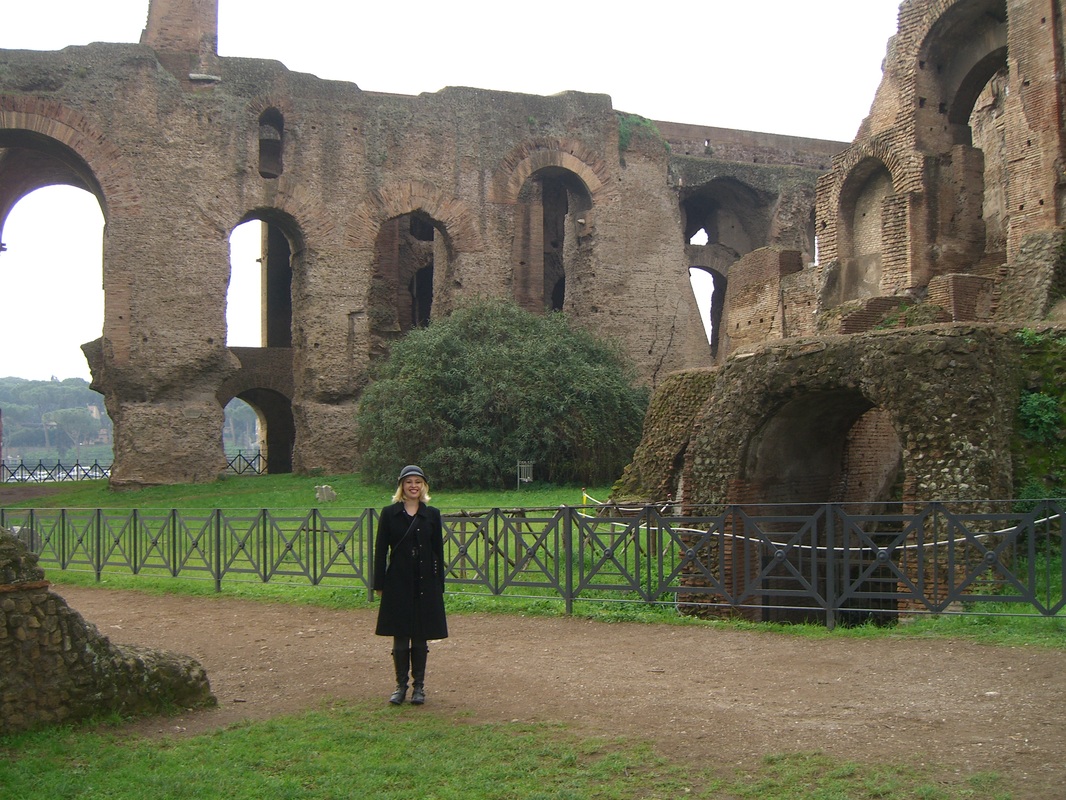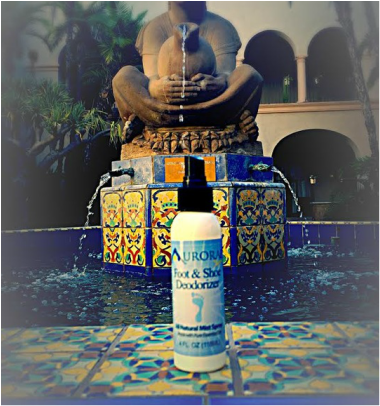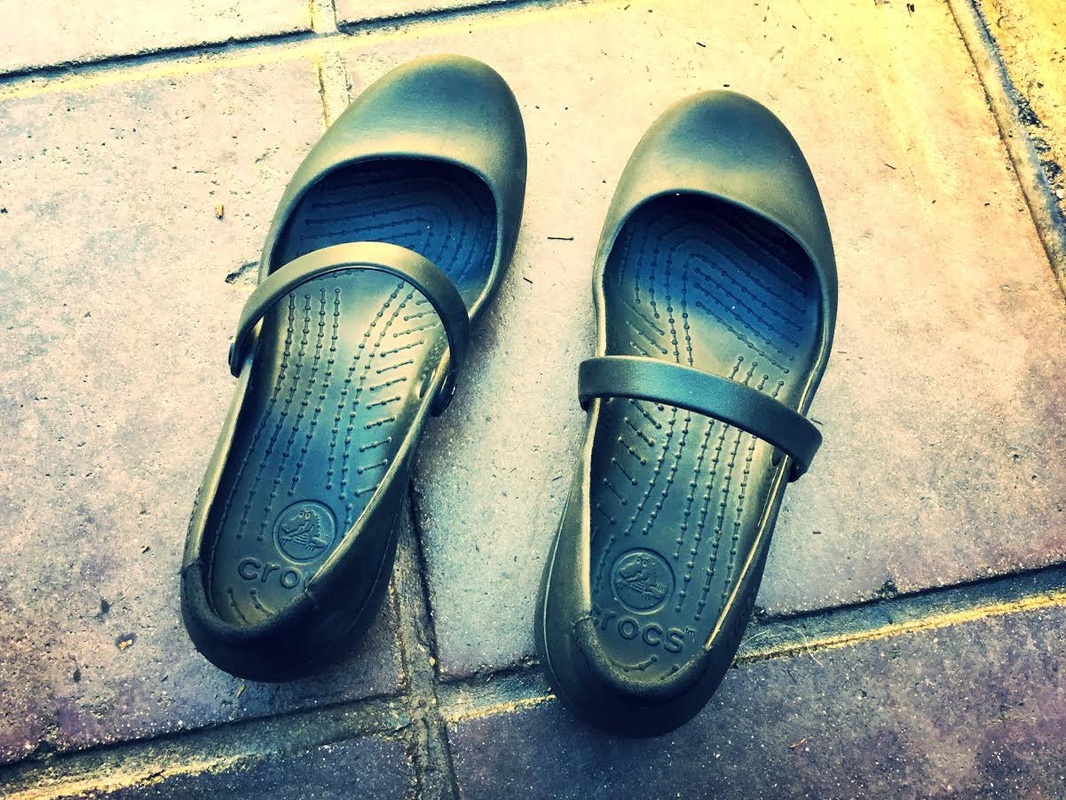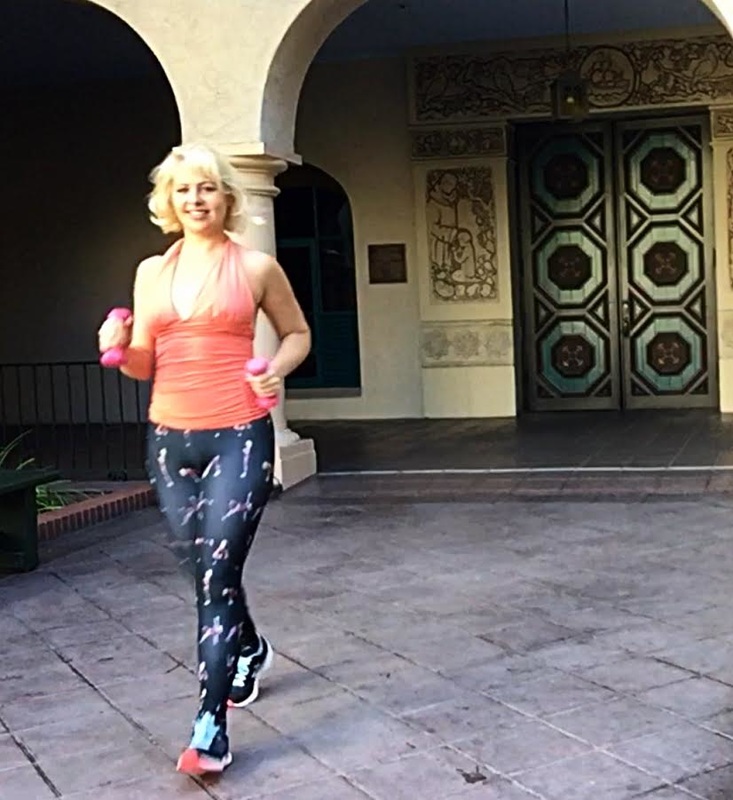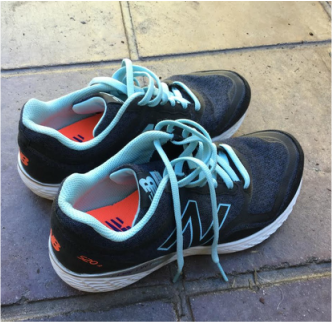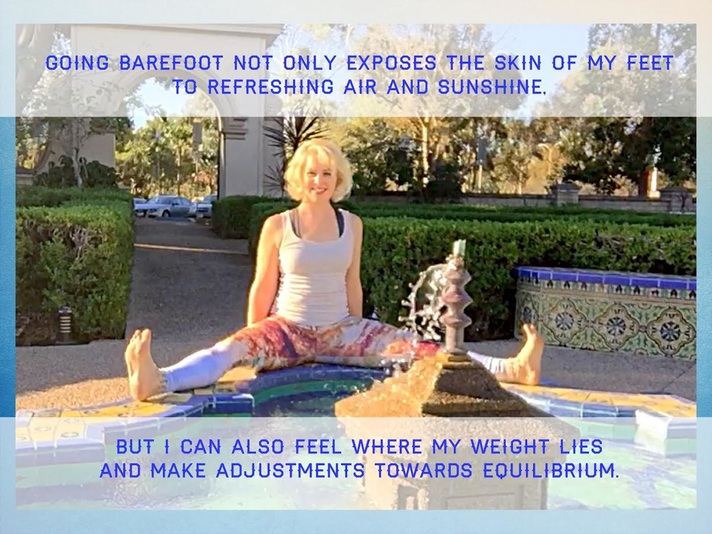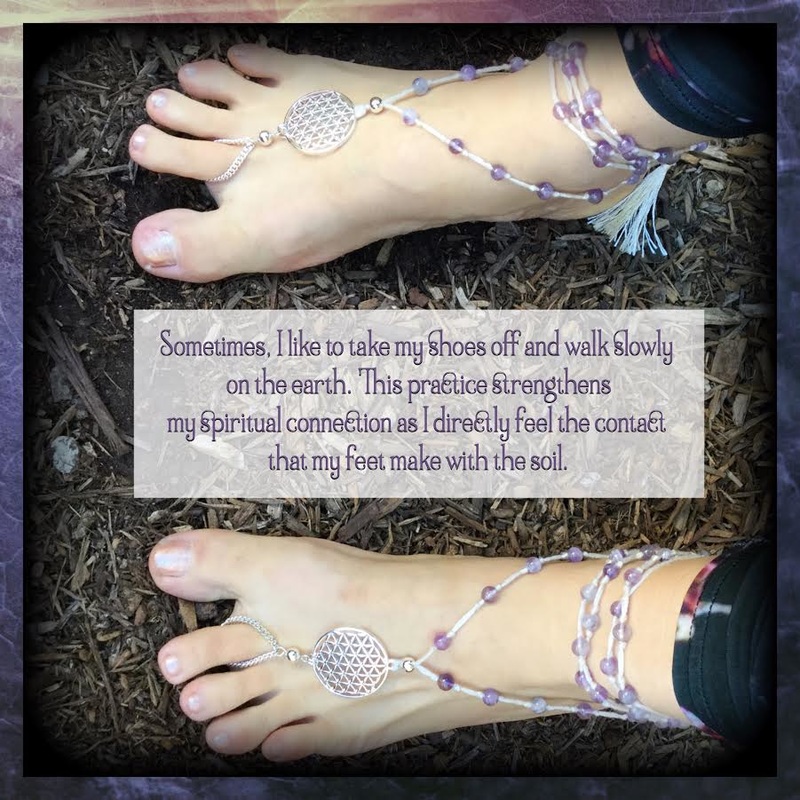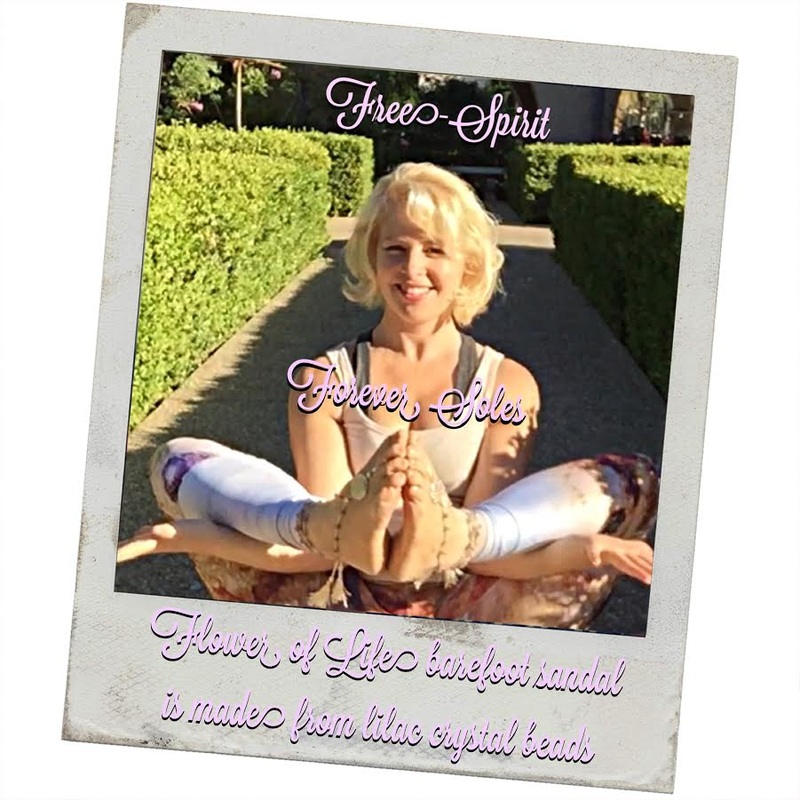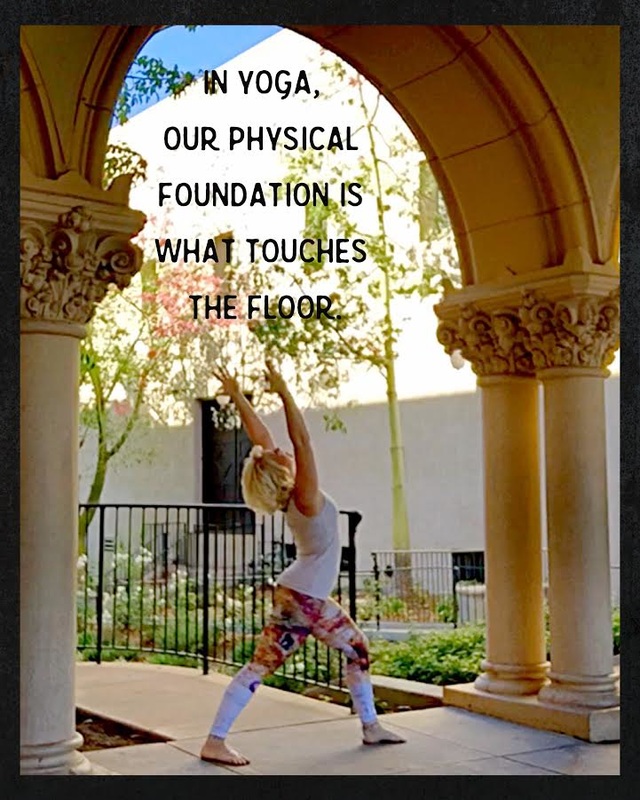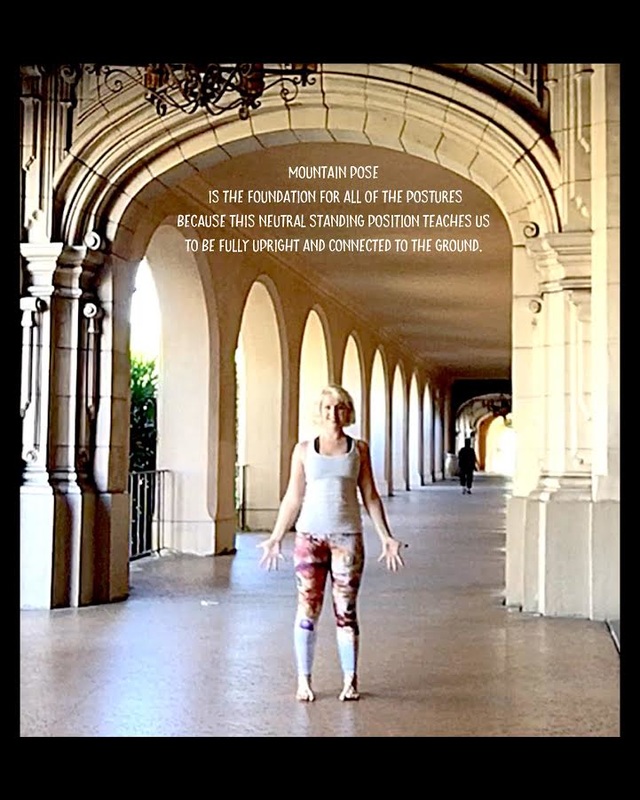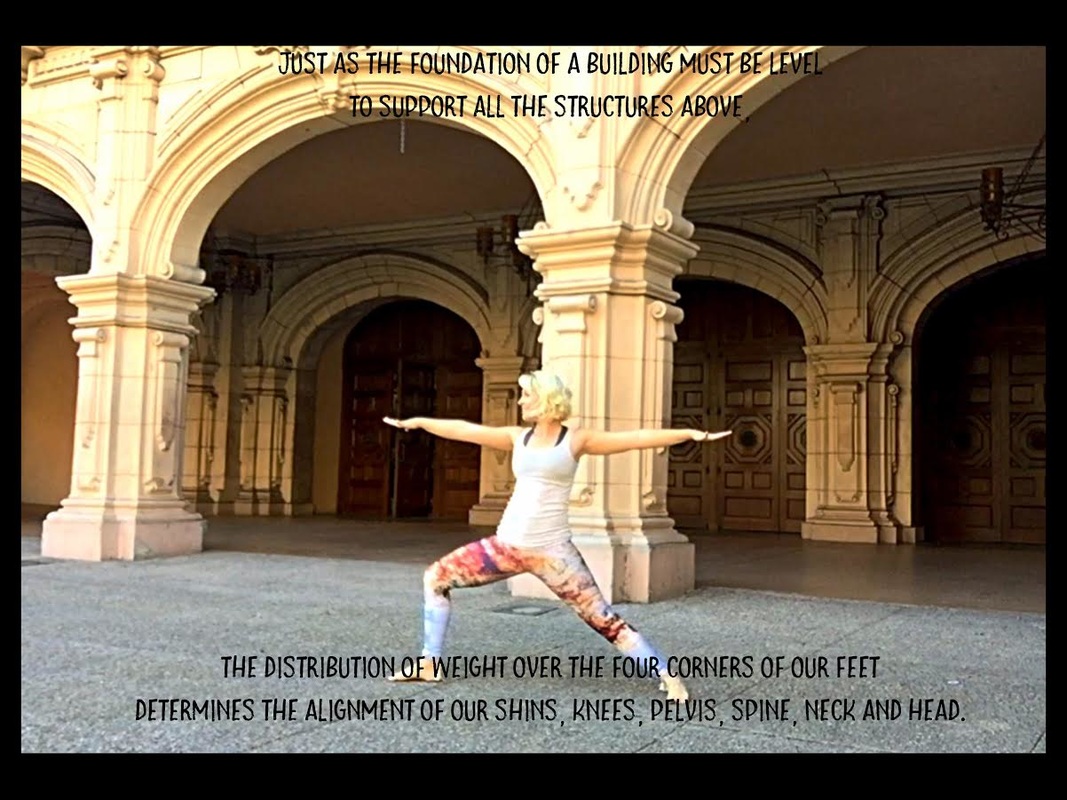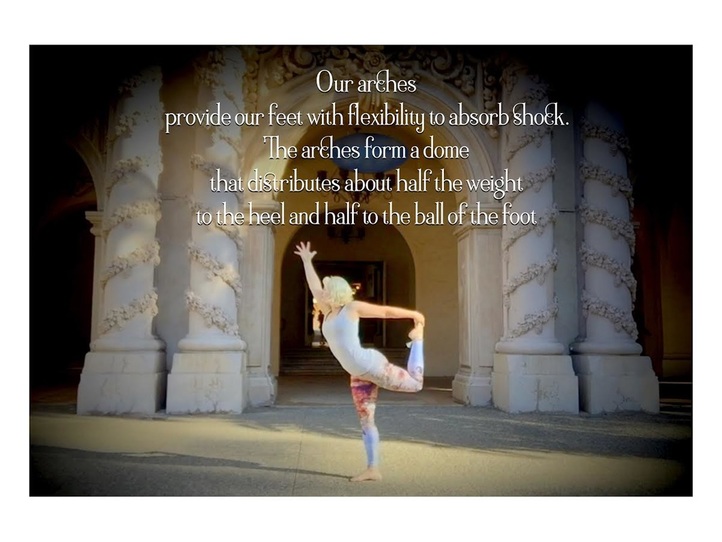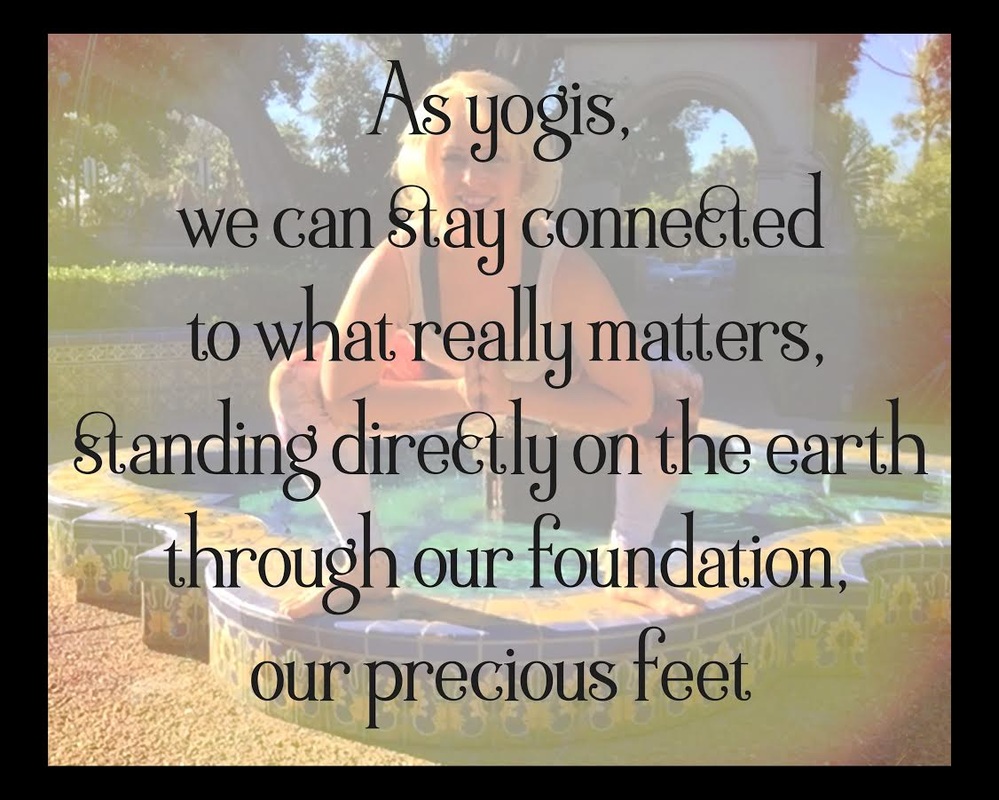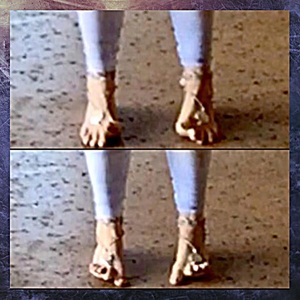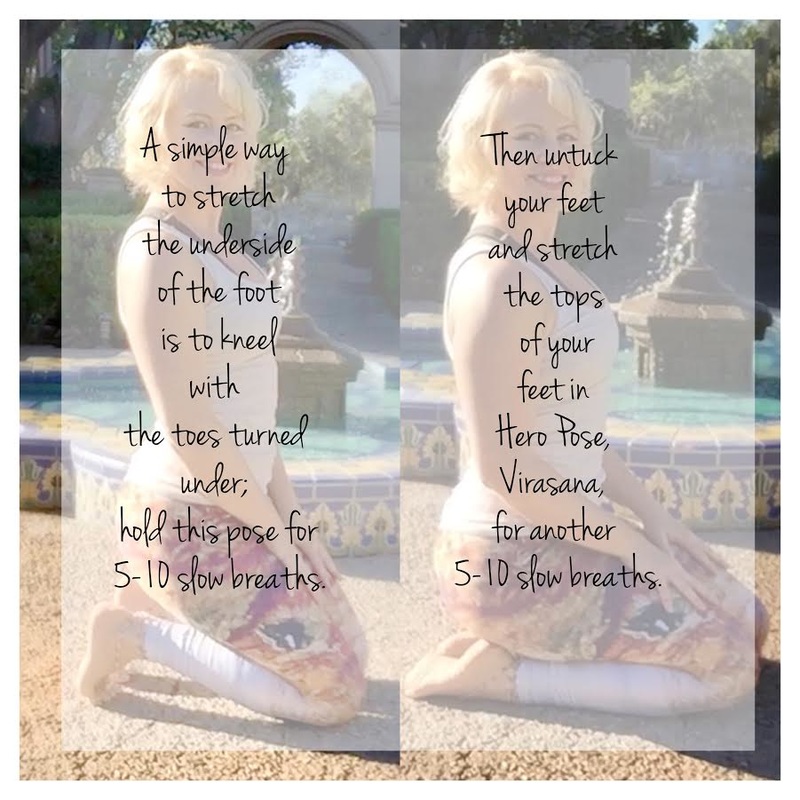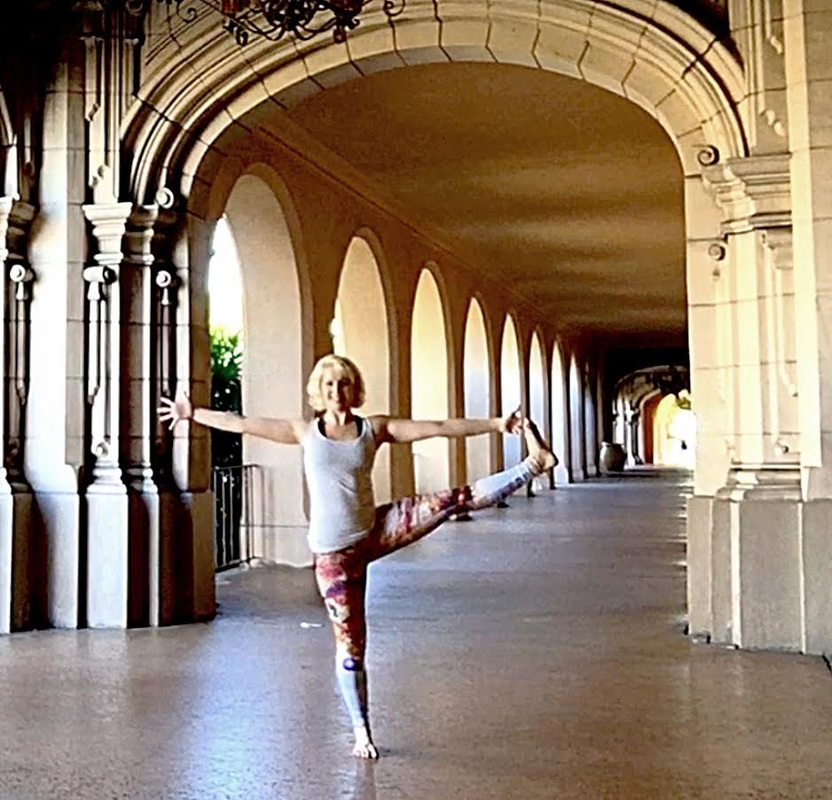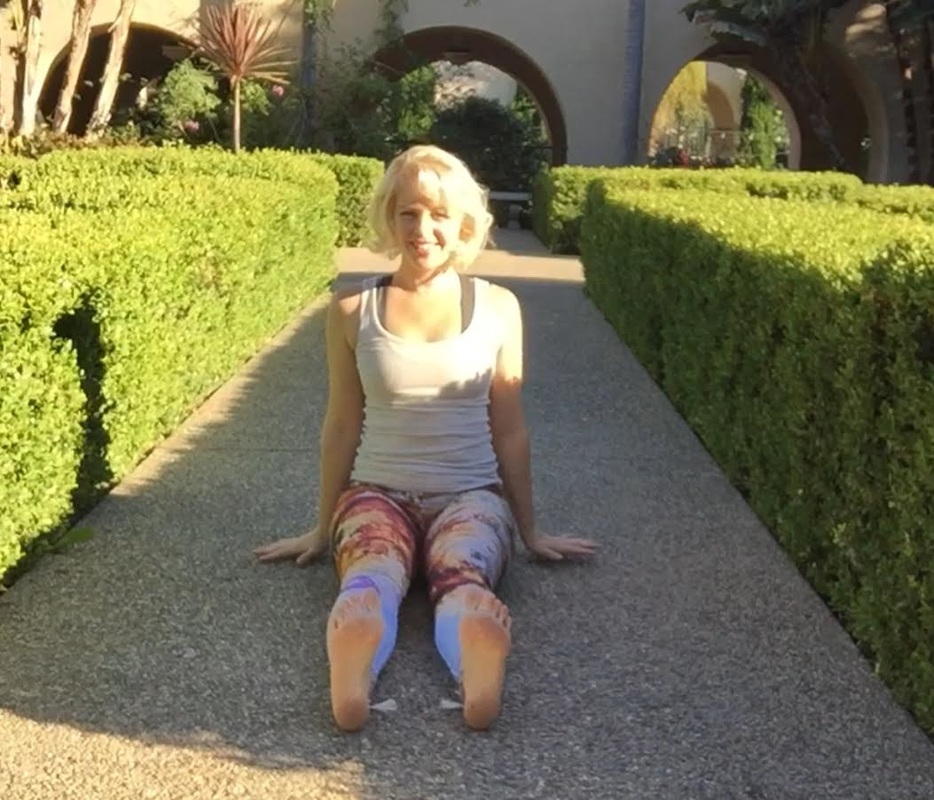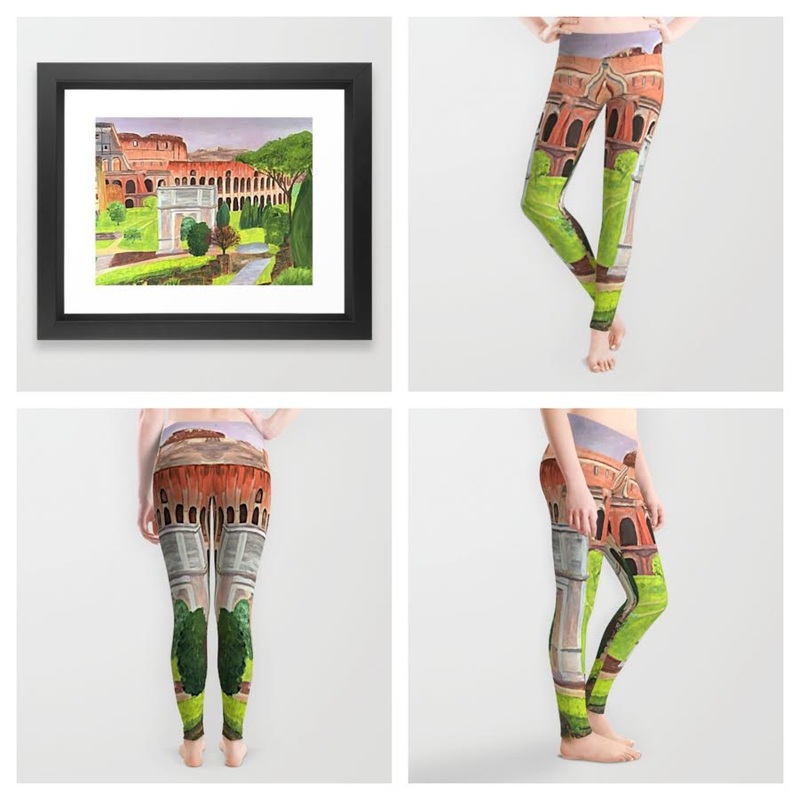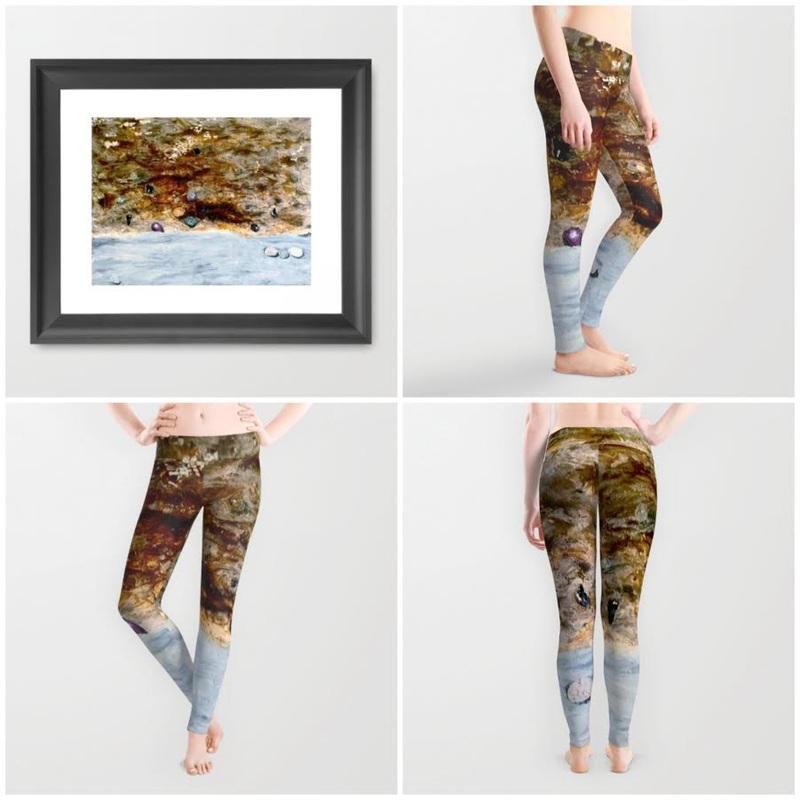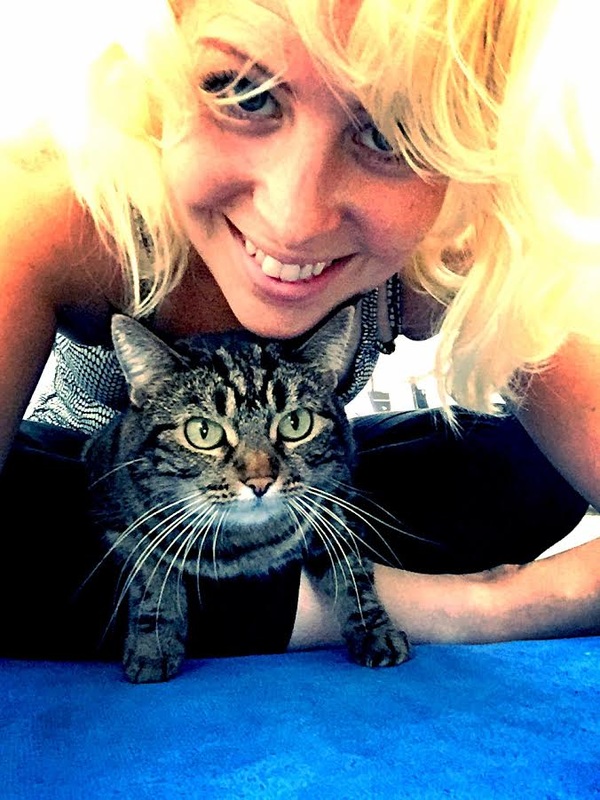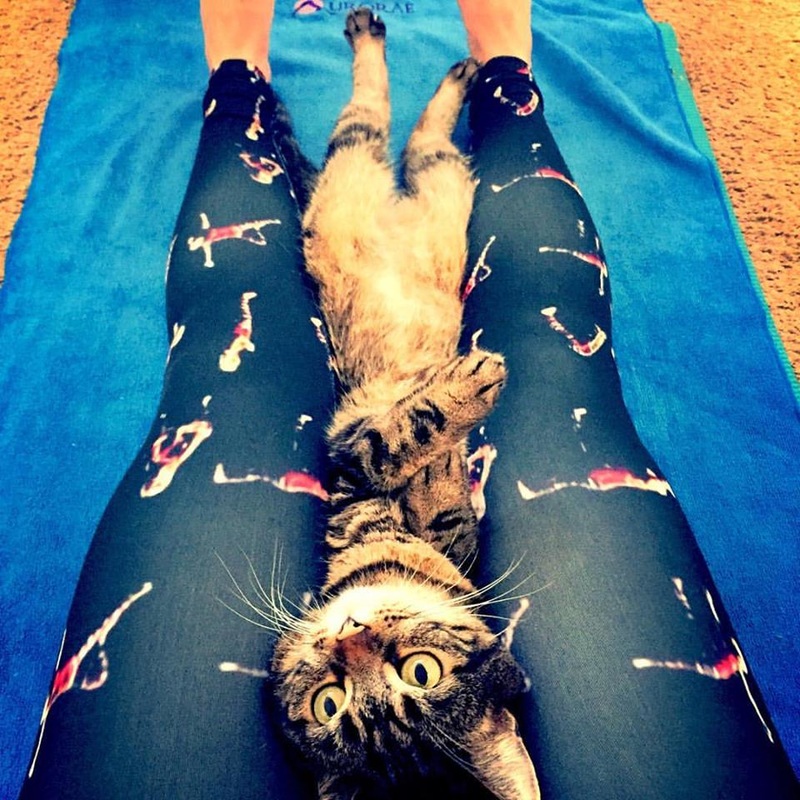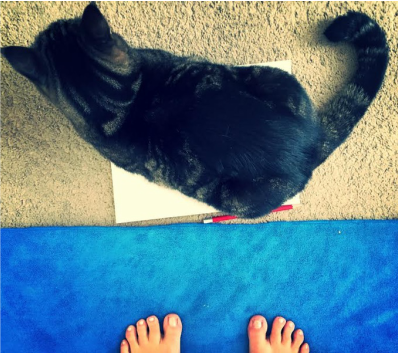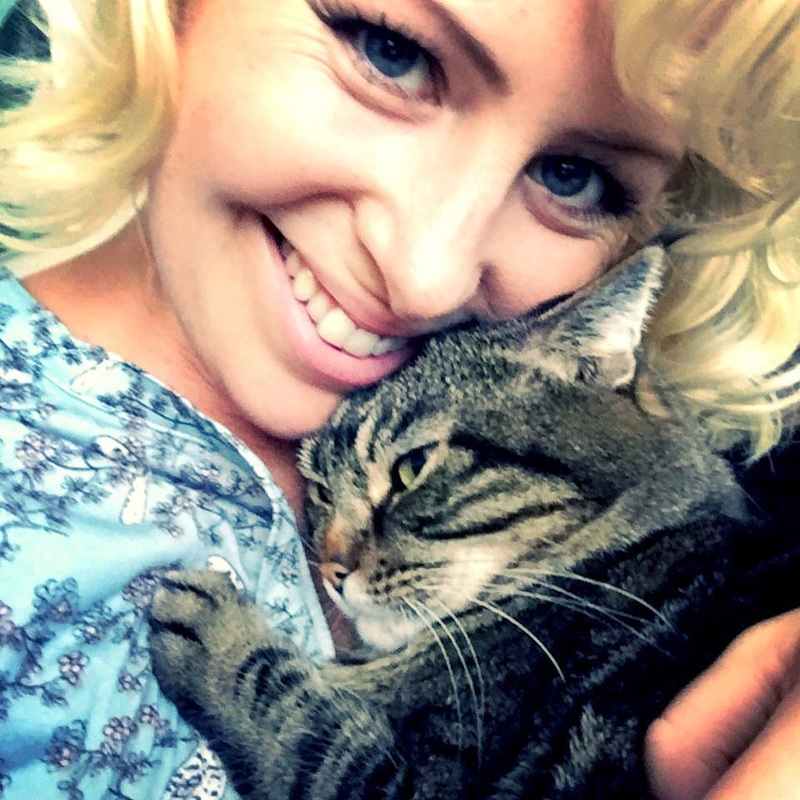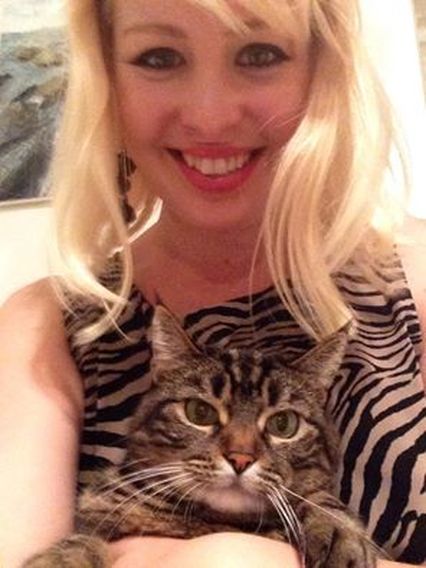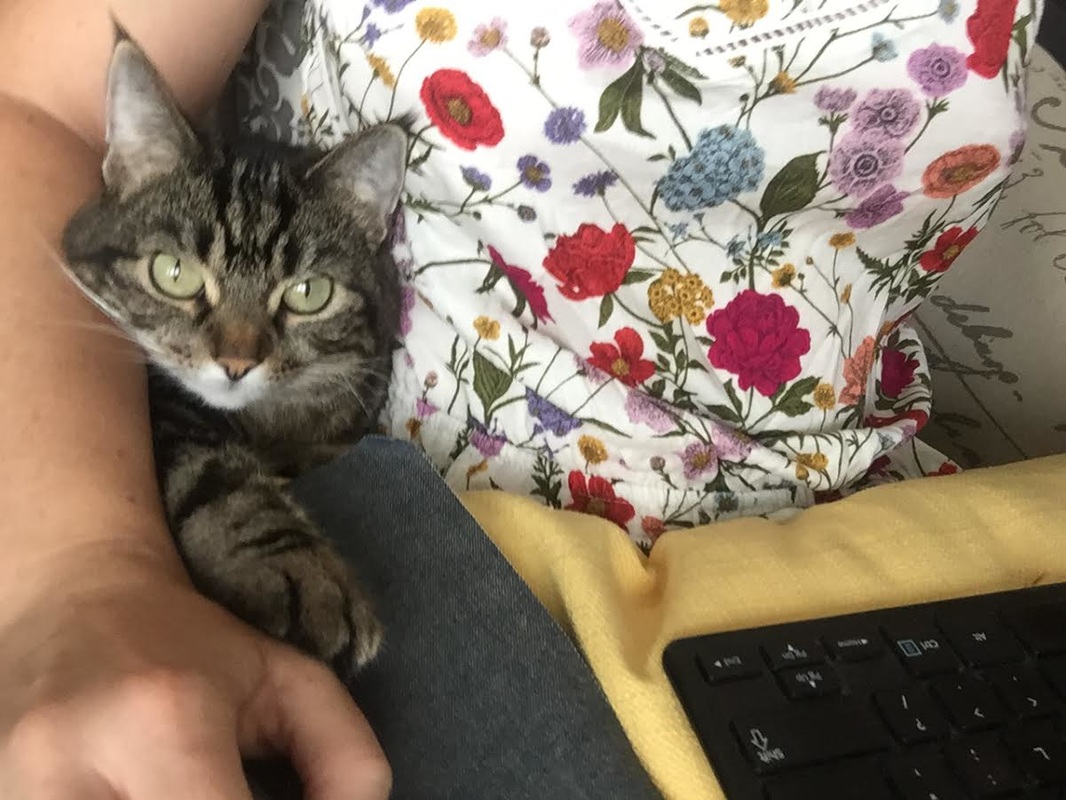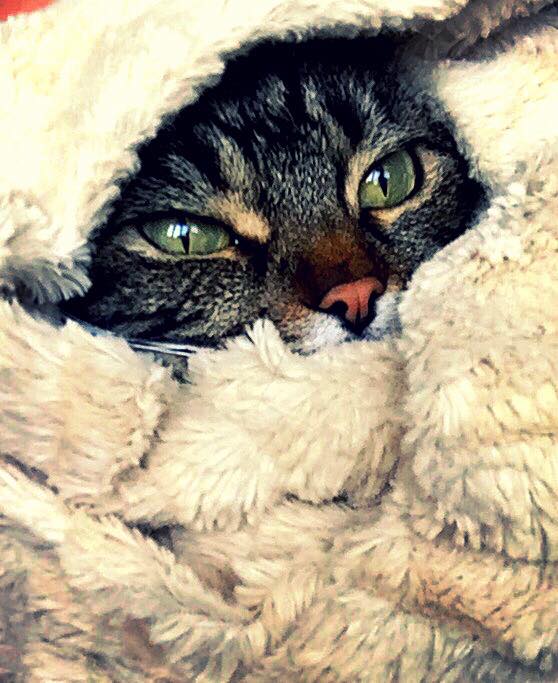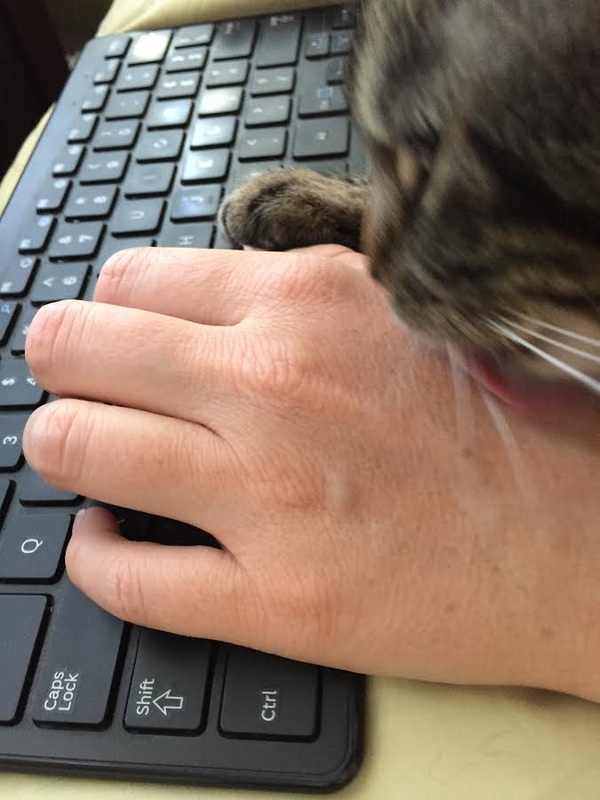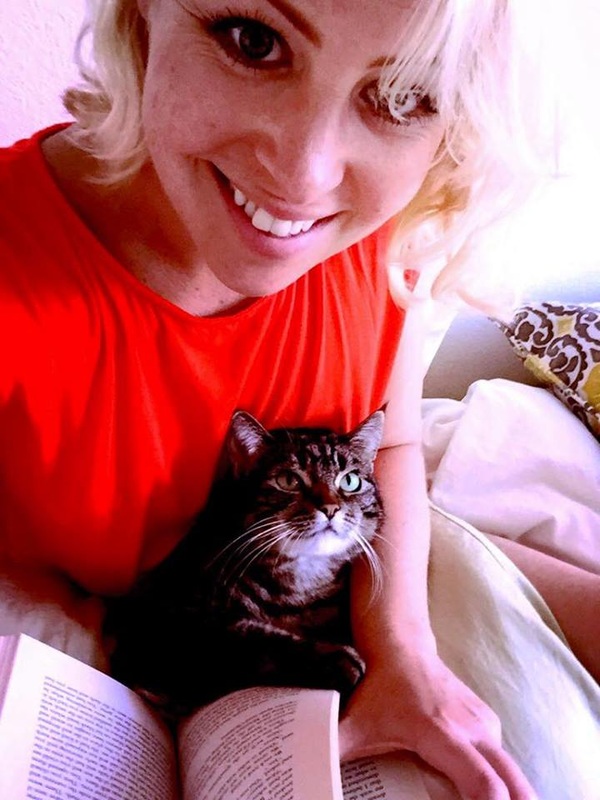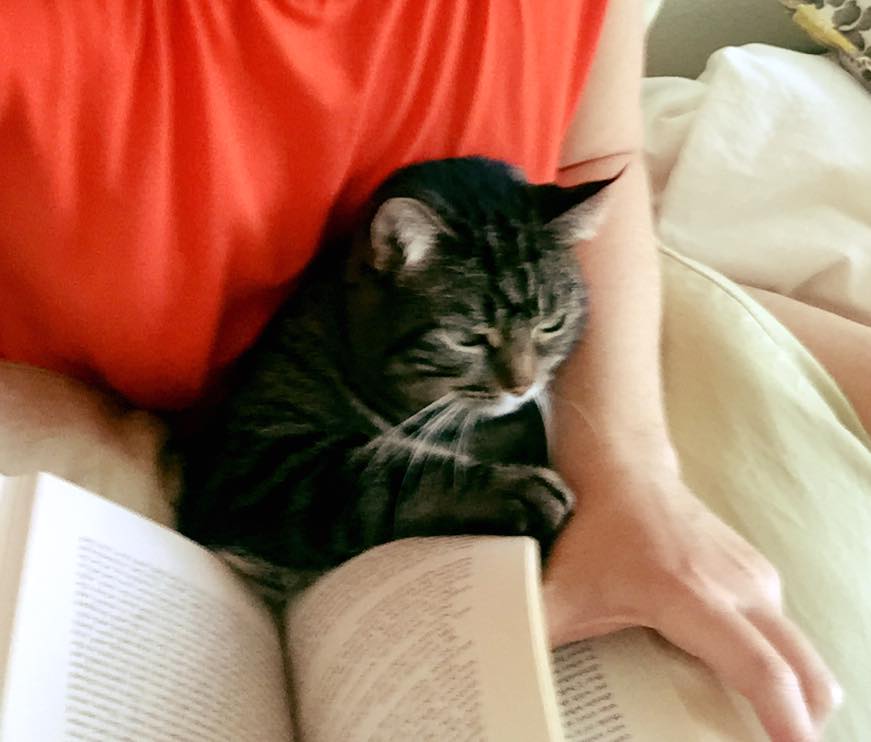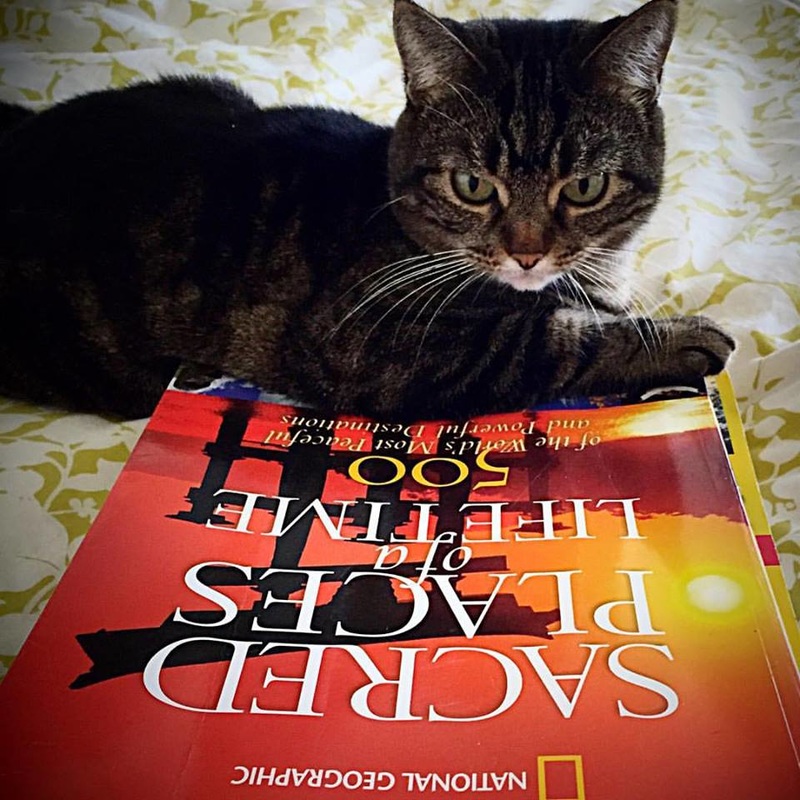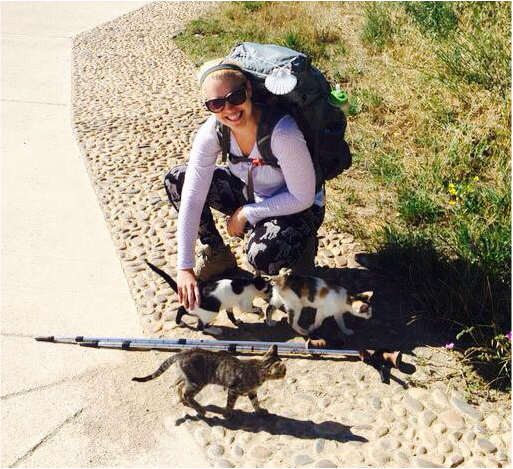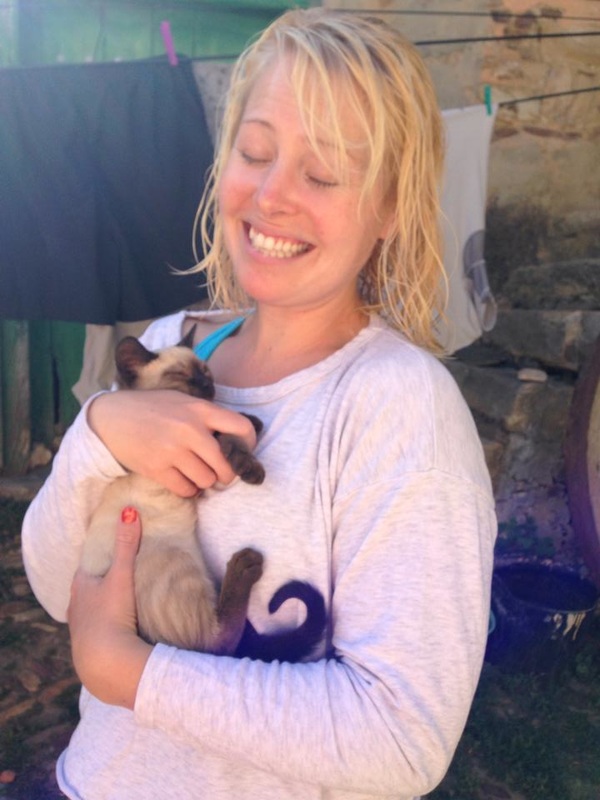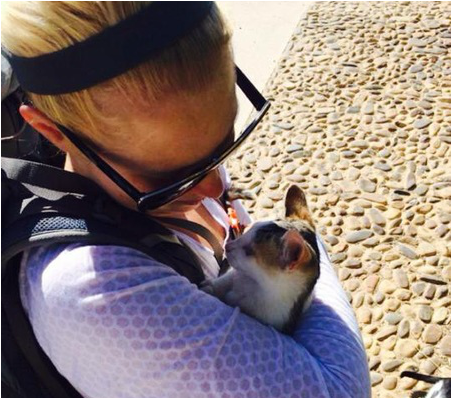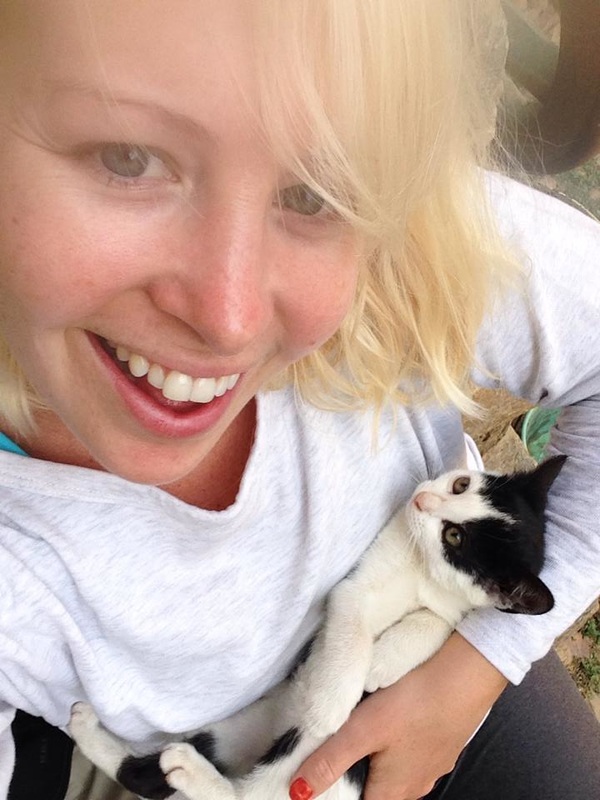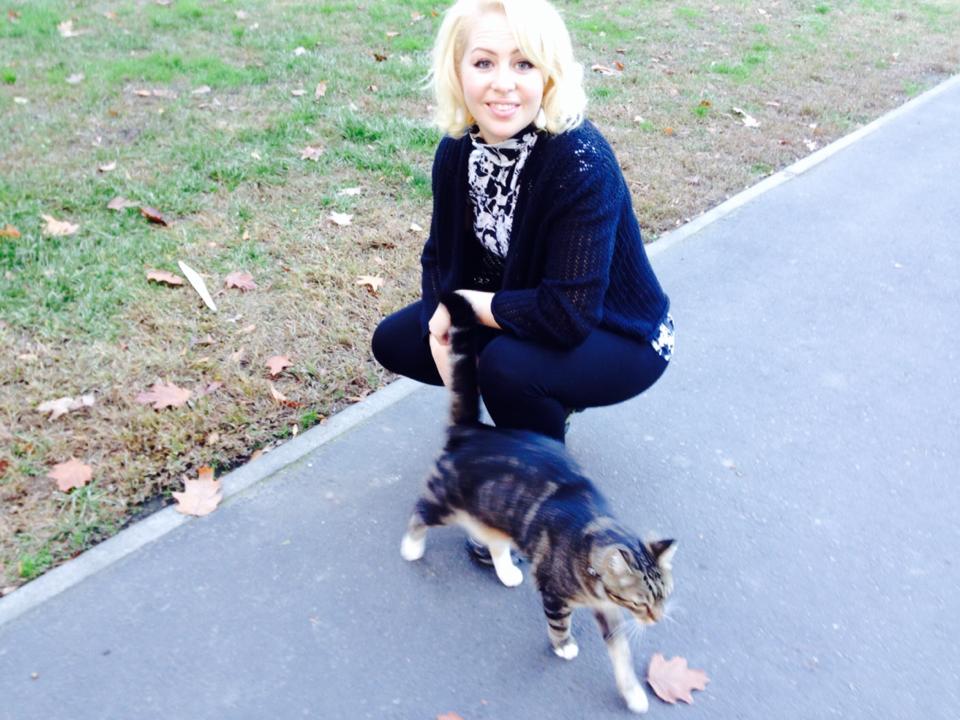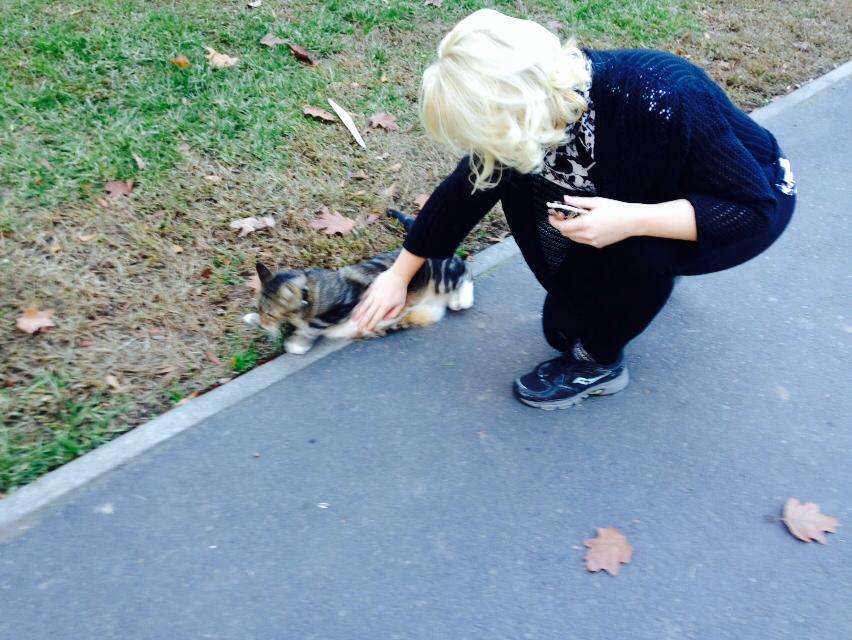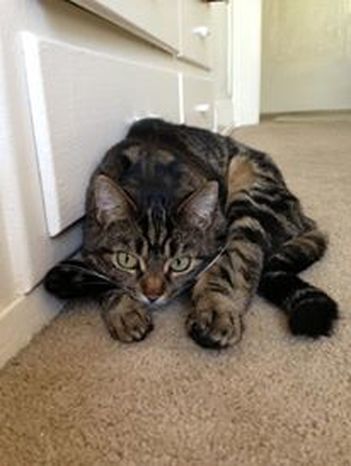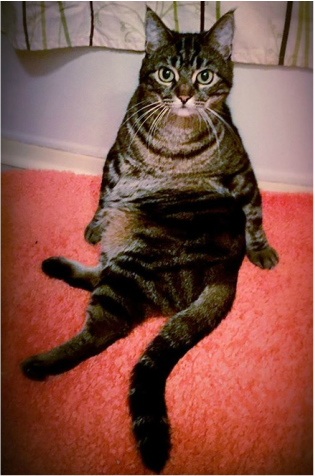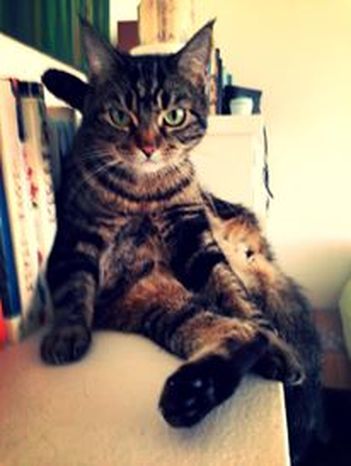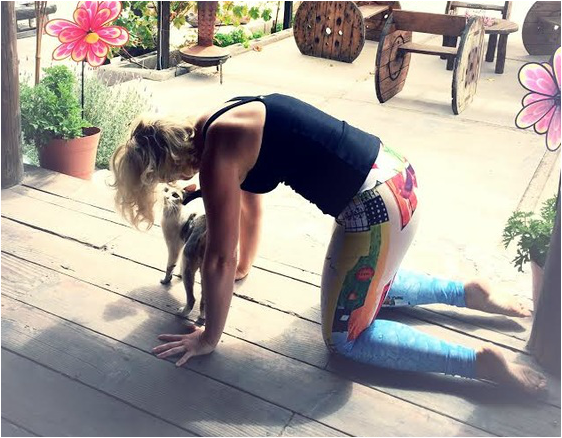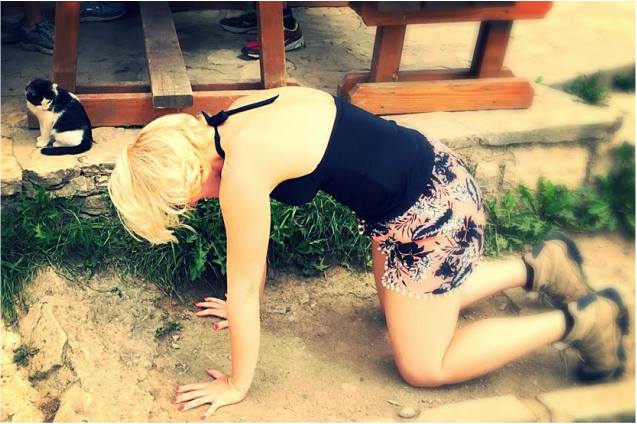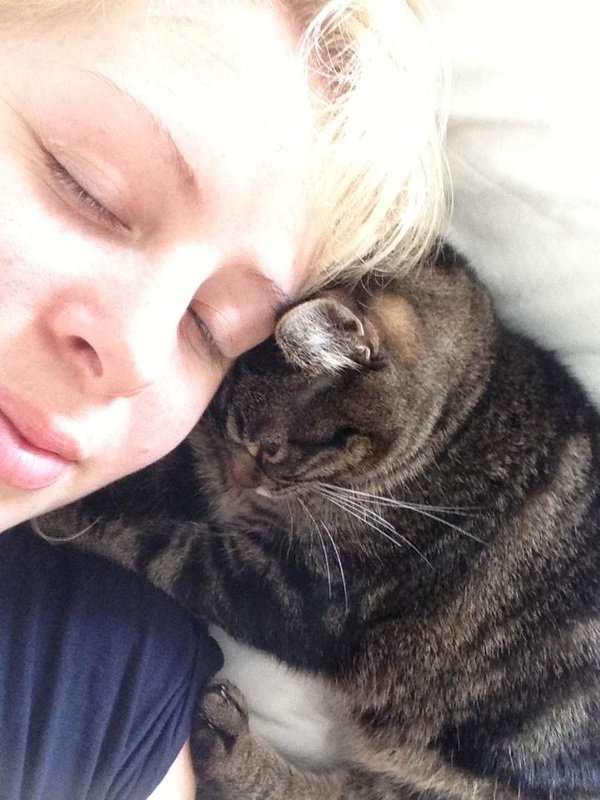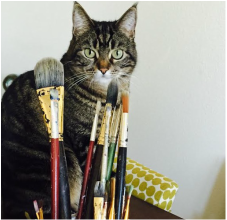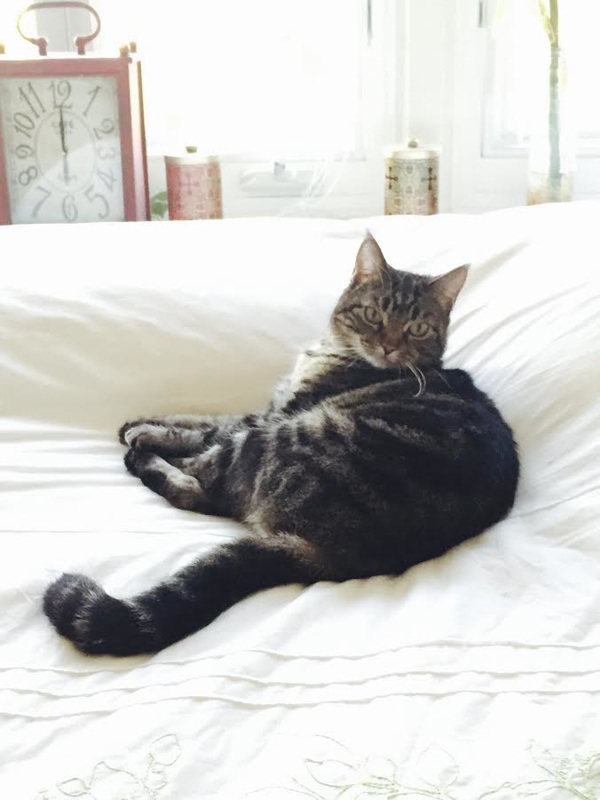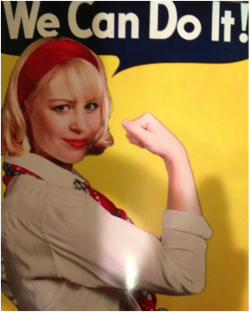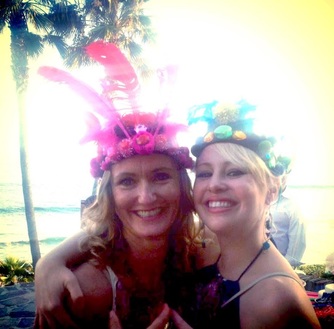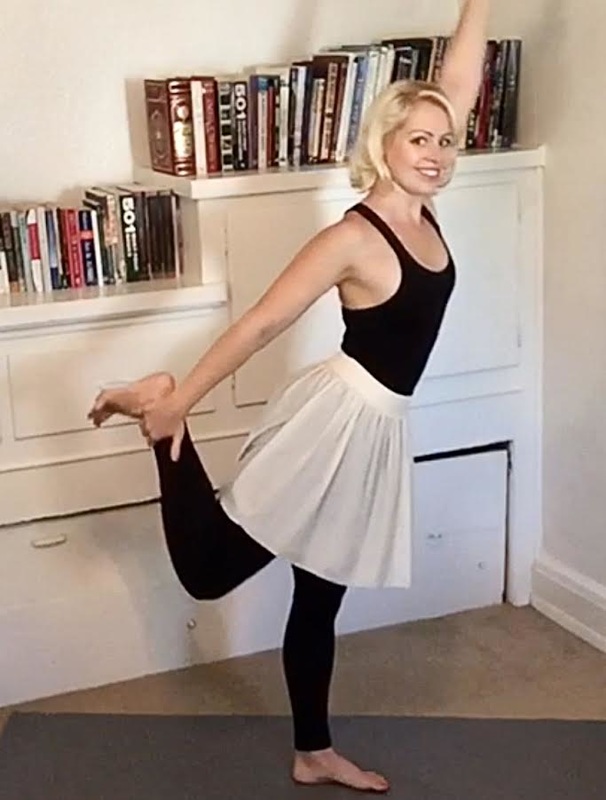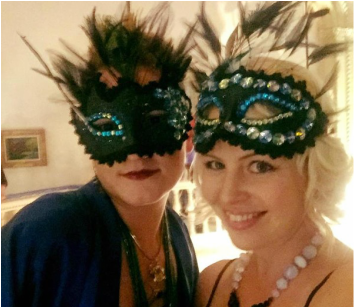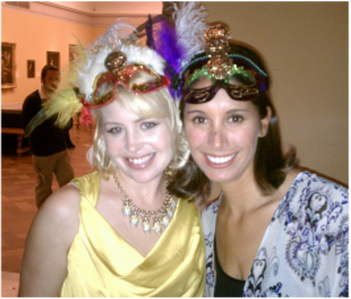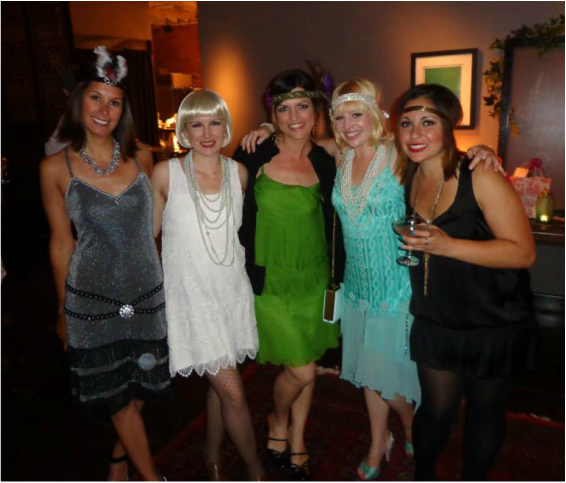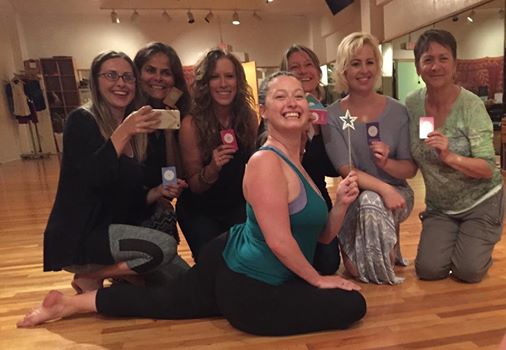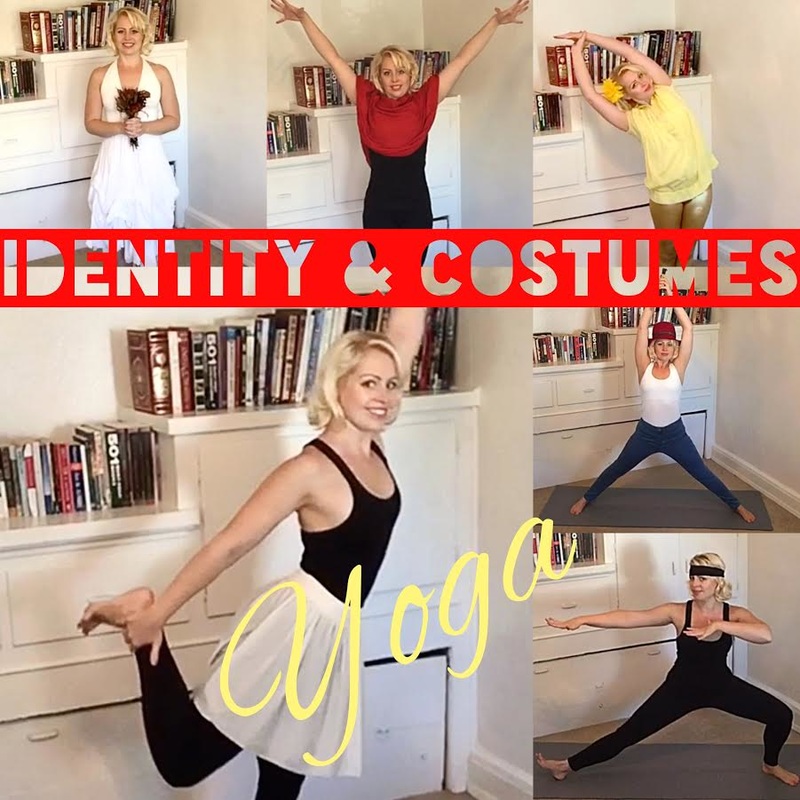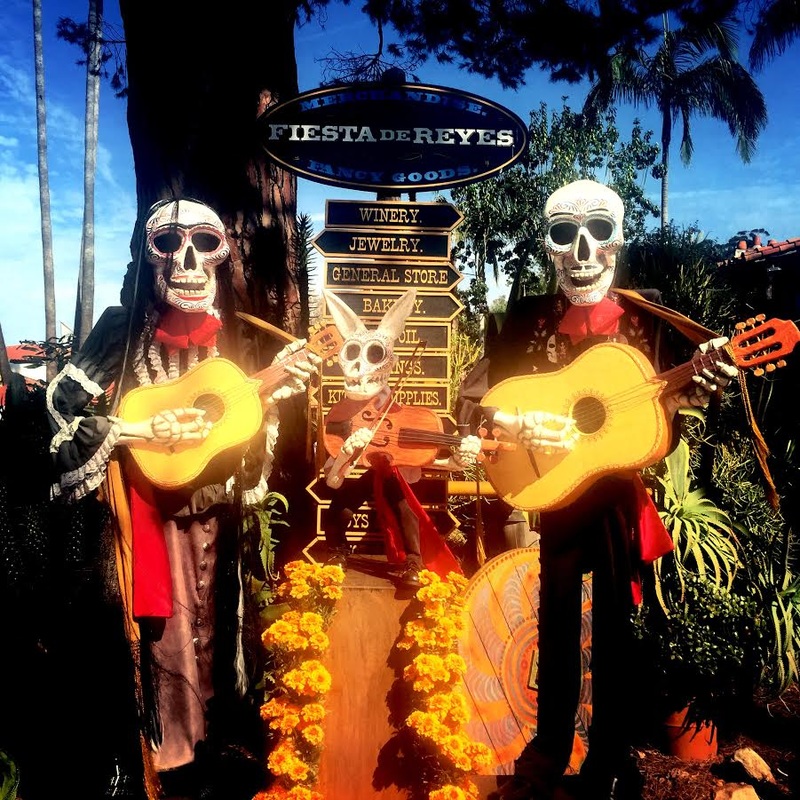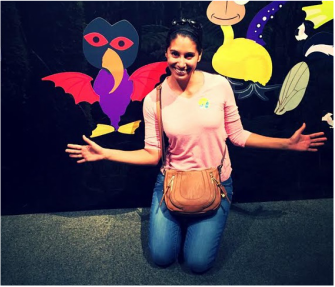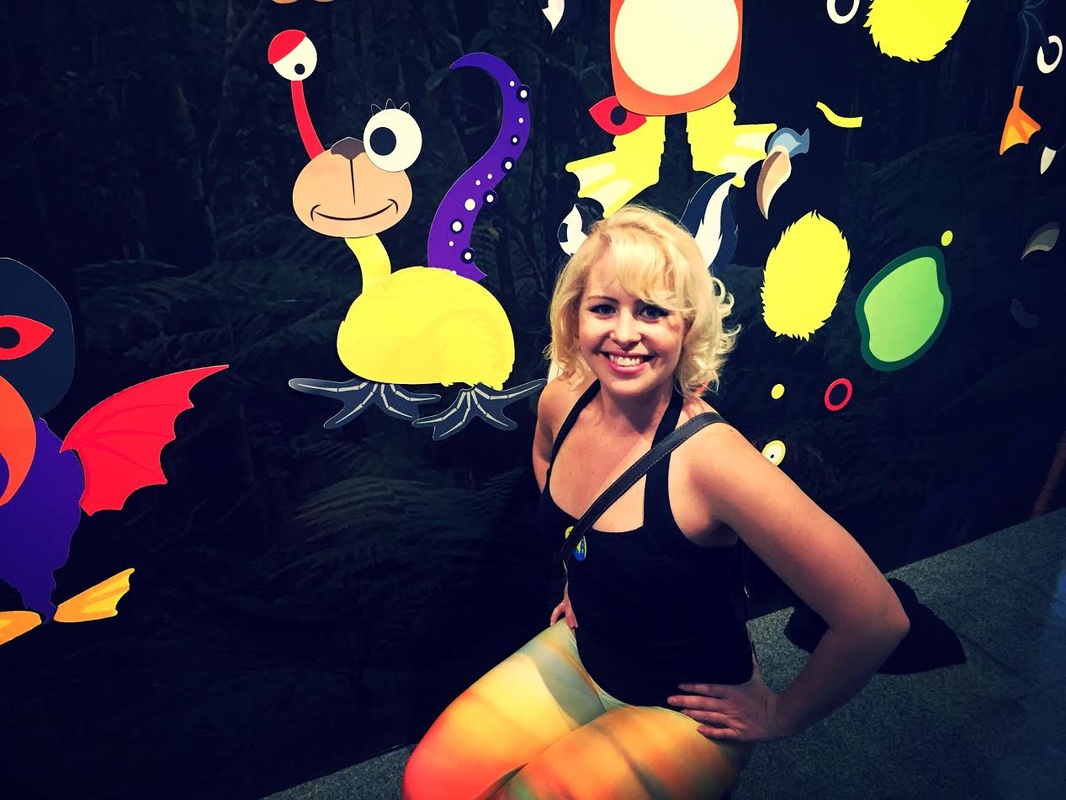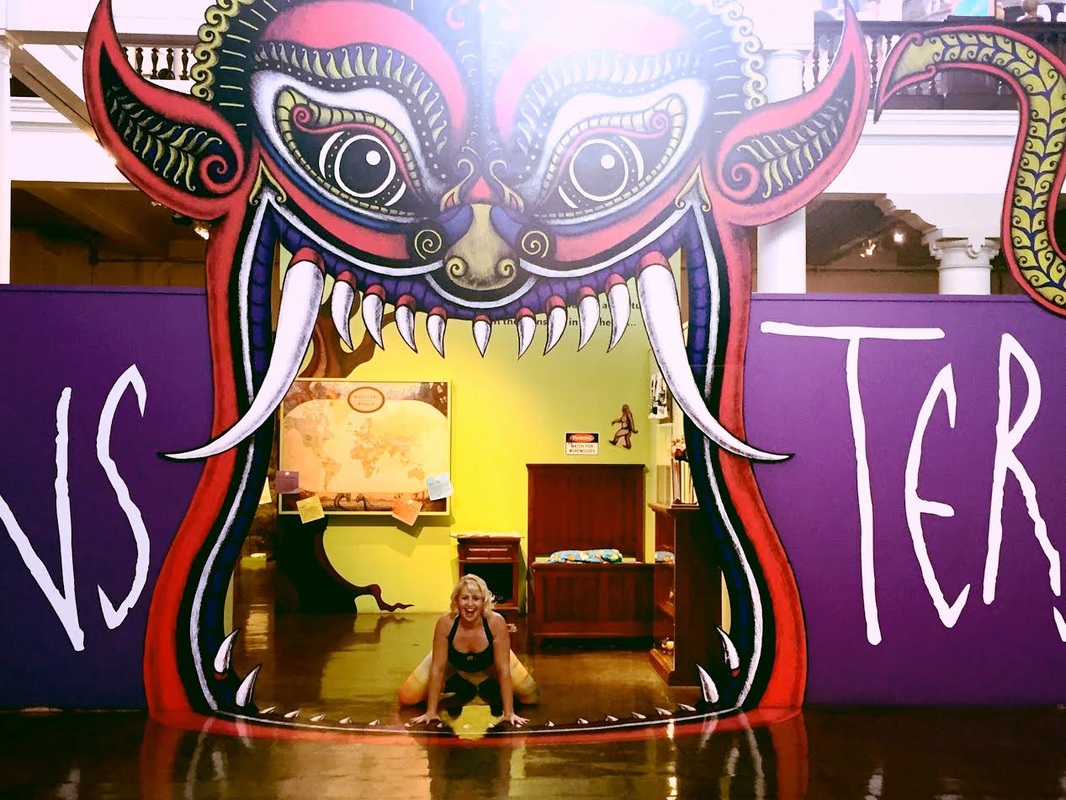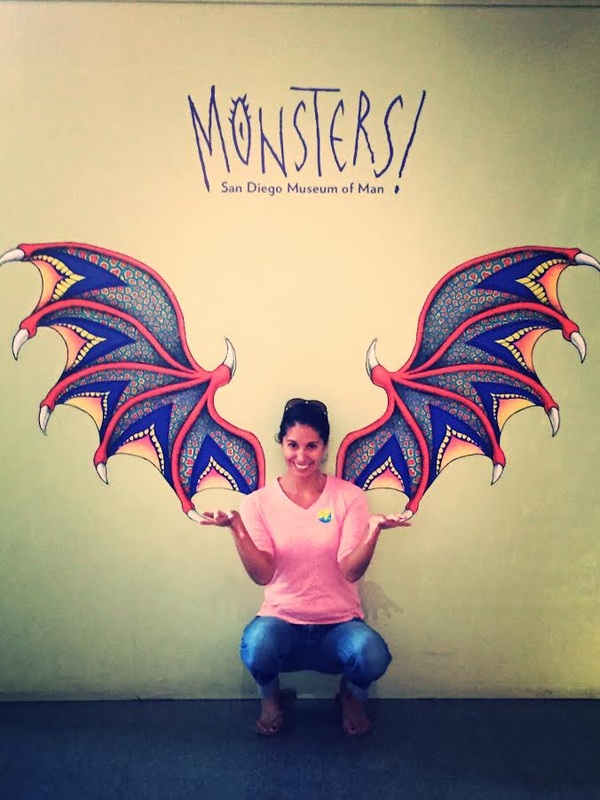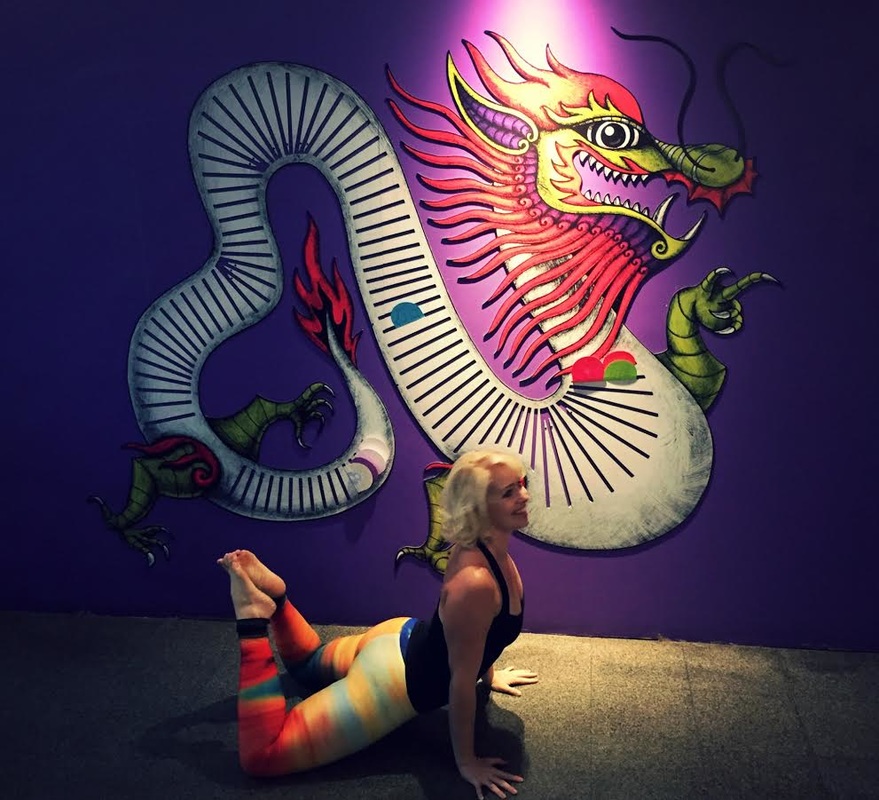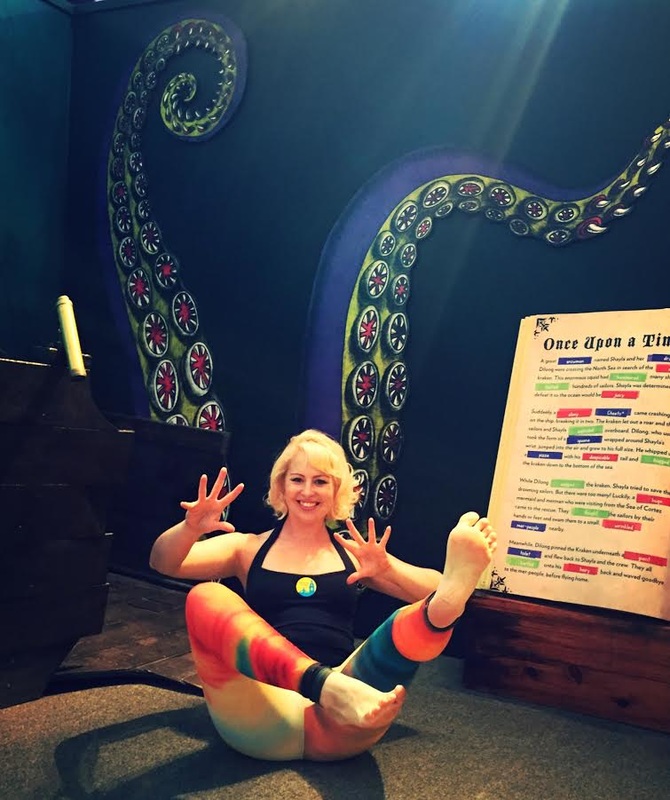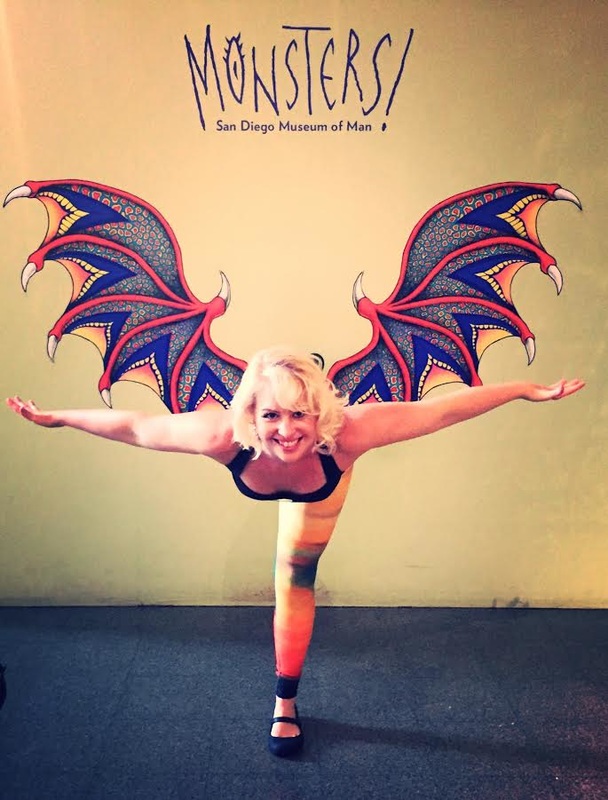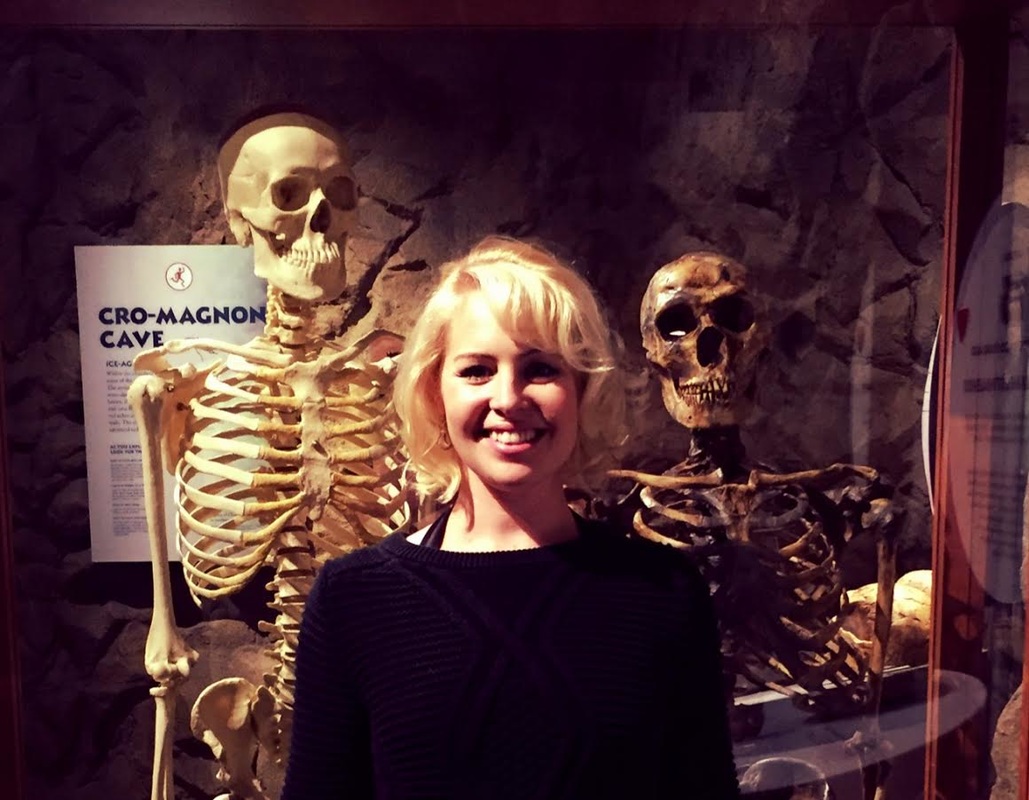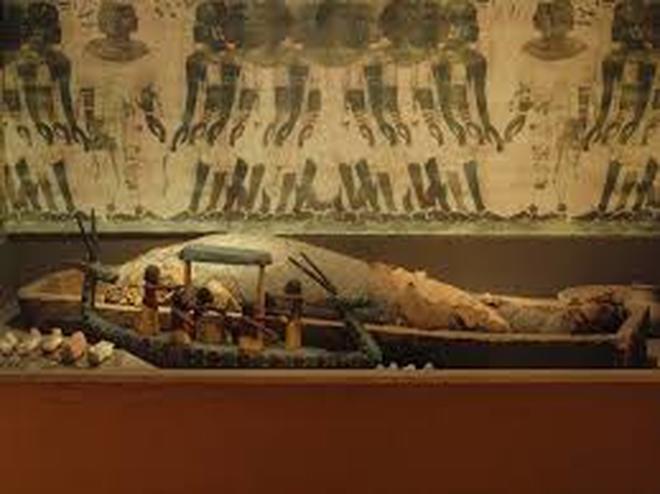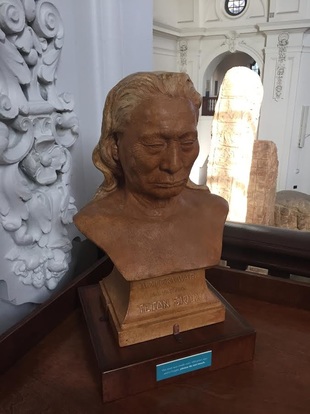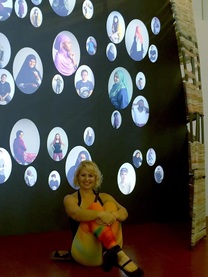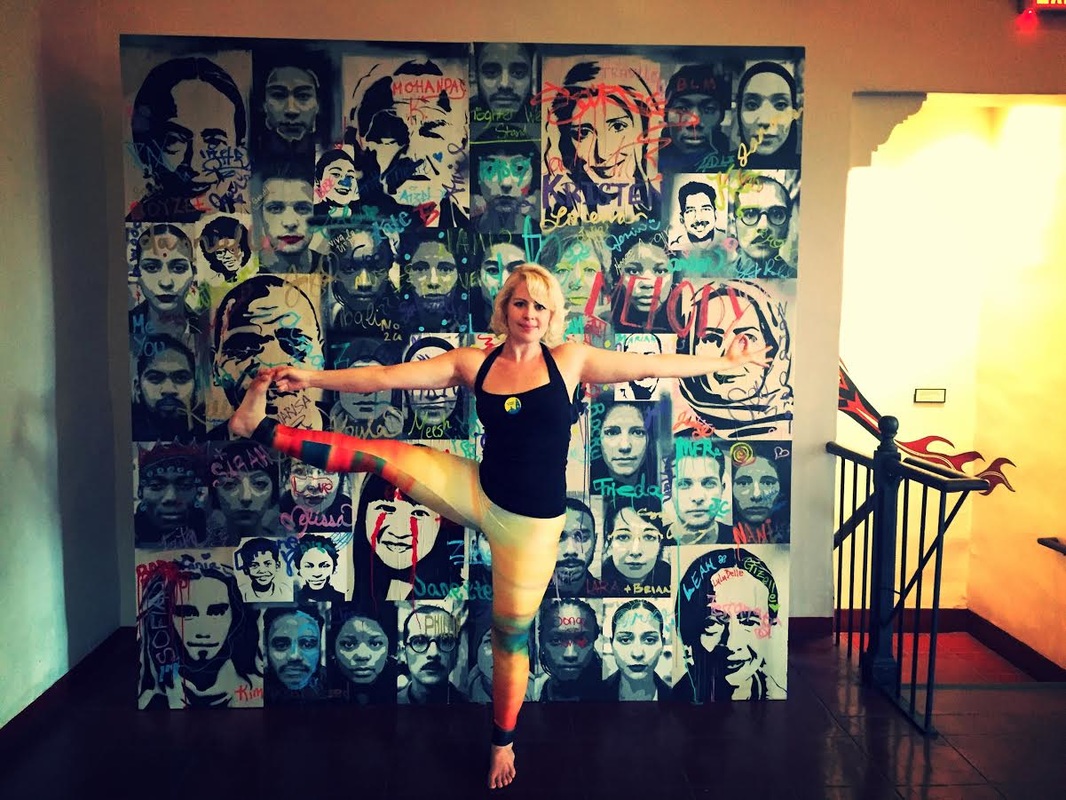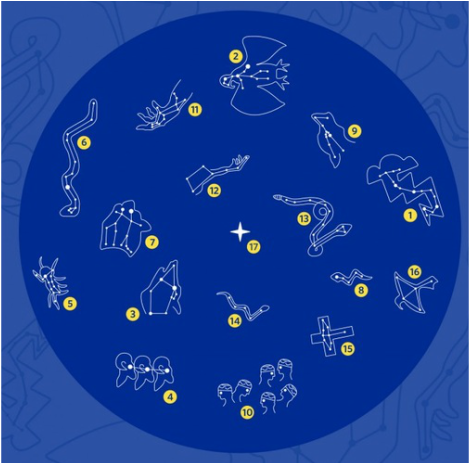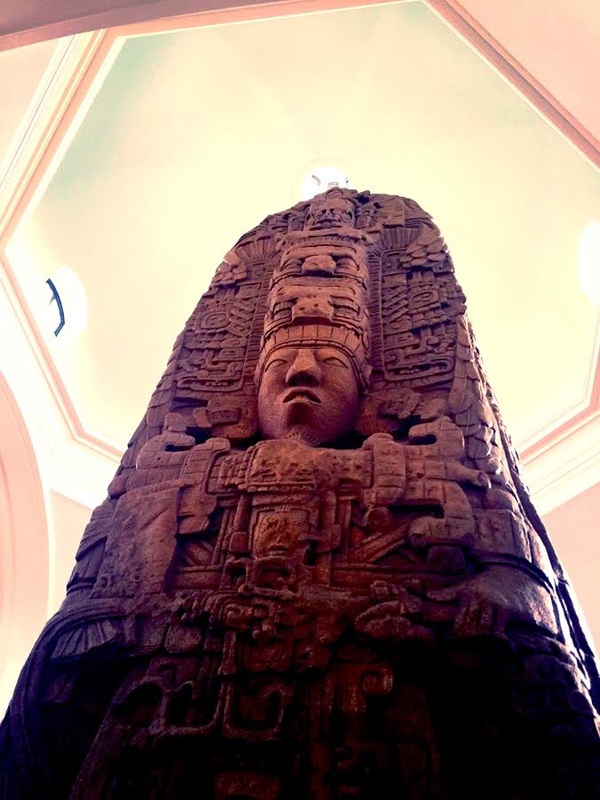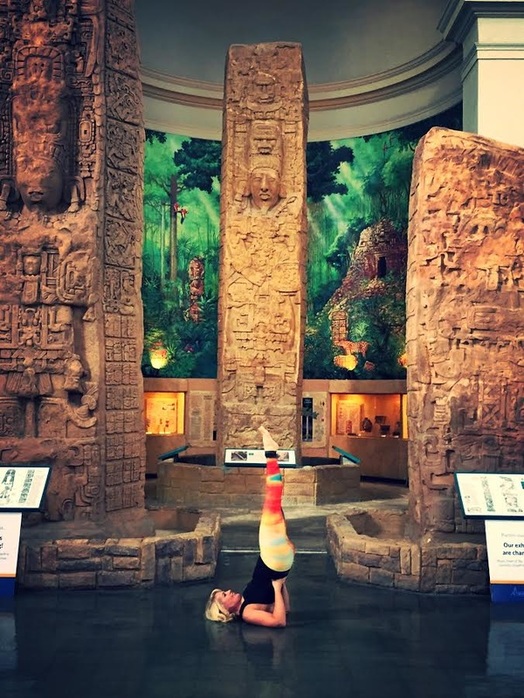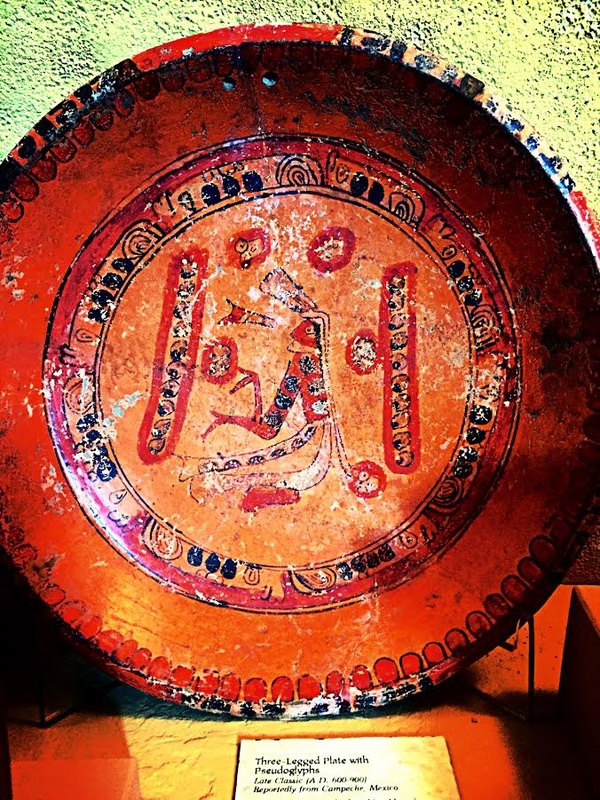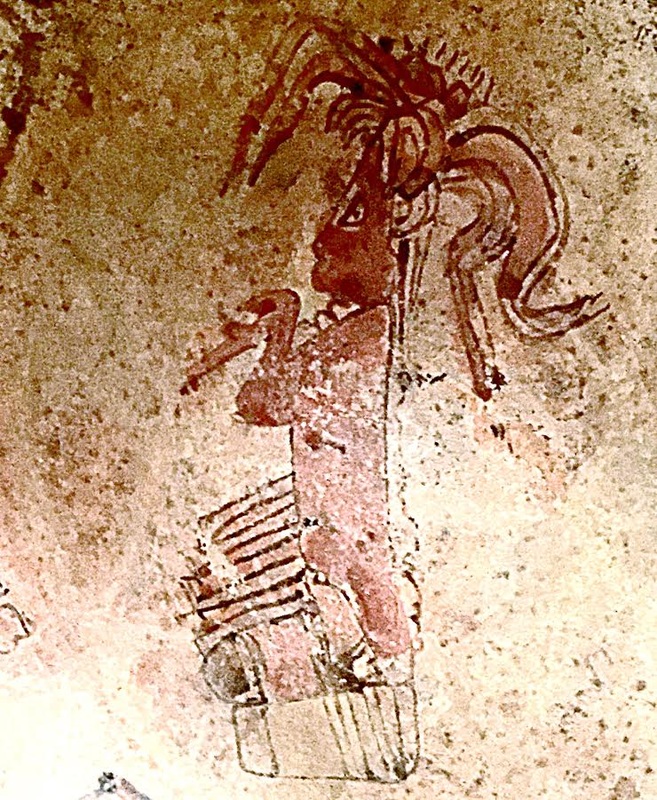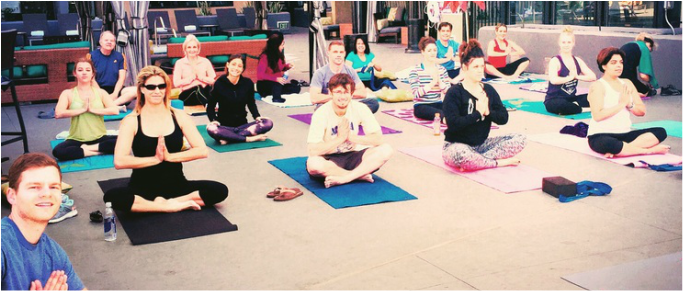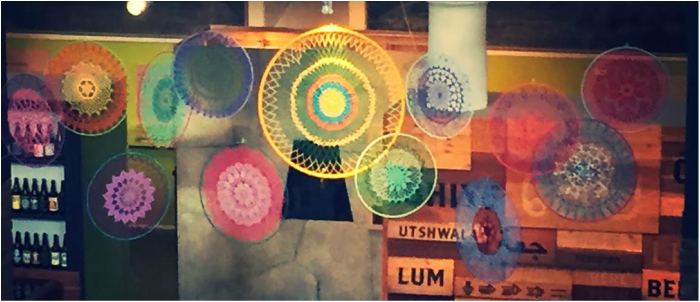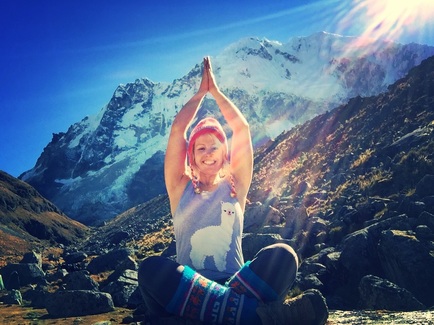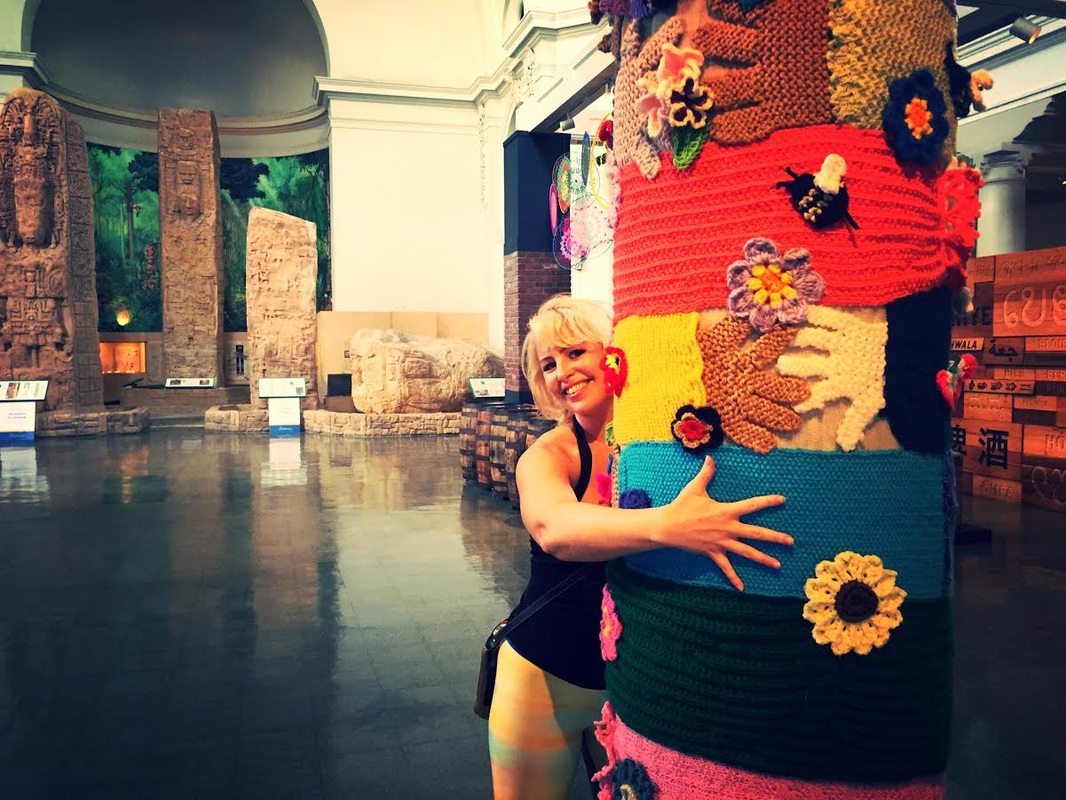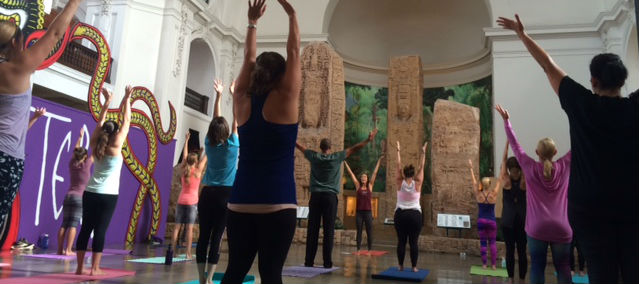Last week, I discussed the importance of gratitude, the yoga concept of santosha, and acknowledging that we have enough, especially involving excess to food. However, Thanksgiving is about more than just a feast.
There are two parts to this phrase: “thanks” and “giving”. In the previous blog, I emphasized the importance of being thankful for our excess and even our challenges. Although a day of Thanksgiving is celebrated differently in many different cultures around the world, in the United States, we commonly trace our story of gratitude to a 1621 celebration at Plymouth in present-day Massachusetts.
But there’s another big part to the phrase of Thanksgiving and that’s “giving.” As the story goes, Squanto was a Native American who learned the English language during his enslavement in England. After he was released, he resided with the Wampanoag tribe and acted as a translator between the Pilgrims and the tribe. On this cold winter of 1621, the supplies from England were insufficient for the Pilgrims to survive, so Squanto convinced the Wampanog leader to give food to the colonists. Further, he helped them to self-sustain by teaching the Pilgrims how to catch eel and grow corn.
There are two parts to this phrase: “thanks” and “giving”. In the previous blog, I emphasized the importance of being thankful for our excess and even our challenges. Although a day of Thanksgiving is celebrated differently in many different cultures around the world, in the United States, we commonly trace our story of gratitude to a 1621 celebration at Plymouth in present-day Massachusetts.
But there’s another big part to the phrase of Thanksgiving and that’s “giving.” As the story goes, Squanto was a Native American who learned the English language during his enslavement in England. After he was released, he resided with the Wampanoag tribe and acted as a translator between the Pilgrims and the tribe. On this cold winter of 1621, the supplies from England were insufficient for the Pilgrims to survive, so Squanto convinced the Wampanog leader to give food to the colonists. Further, he helped them to self-sustain by teaching the Pilgrims how to catch eel and grow corn.
This is a valuable lesson for us all to remember and implement. We all have special skills that we can share with others. Even though Squanto, had been imprisoned by the British, he decided to look past that hardship and injustice to see the oneness of humanity. He used his new knowledge of language combined with his cultural knowledge of the land to help the new settlers grow and thrive.
As we end the month of November, we enter the season of giving. The act of giving extends beyond money and material goods. Gratitude is an interactive spiral between a giver and a receiver. It recognizes that a gift has been given. It recognizes a favor done by someone for us.
Wayne Dyer states, "Abundance is not something we acquire. It is something we tune into." Having an attitude of abundance is about knowing that we are enough and we have enough, besides what society tries to tell us. It relates to the concept of overflowing fullness. But with having enough comes some responsibility. Have you heard the wise phrase, “To whom much is given, much is required?”
I see a world of abundant opportunity and chances to make a difference. We can generate an abundance of love, peace, health, kindness, compassion, enthusiasm, nutrition, and other delights. When we teach others, we are providing a valuable service. Since so much has been given to me, I gladly continue to teach for donations and share my stories here for free so that you can hopefully relate and benefit as well. I hope that I am living up to my purpose and requirement as I continue to seek a peaceful balance and share that with the world.
As we end the month of November, we enter the season of giving. The act of giving extends beyond money and material goods. Gratitude is an interactive spiral between a giver and a receiver. It recognizes that a gift has been given. It recognizes a favor done by someone for us.
Wayne Dyer states, "Abundance is not something we acquire. It is something we tune into." Having an attitude of abundance is about knowing that we are enough and we have enough, besides what society tries to tell us. It relates to the concept of overflowing fullness. But with having enough comes some responsibility. Have you heard the wise phrase, “To whom much is given, much is required?”
I see a world of abundant opportunity and chances to make a difference. We can generate an abundance of love, peace, health, kindness, compassion, enthusiasm, nutrition, and other delights. When we teach others, we are providing a valuable service. Since so much has been given to me, I gladly continue to teach for donations and share my stories here for free so that you can hopefully relate and benefit as well. I hope that I am living up to my purpose and requirement as I continue to seek a peaceful balance and share that with the world.
Photo Credit: http://julianapark.com/the-abundance-loop/
Another definition of abundance means we have enough of a resource not to be troubled by it. As I mentioned in the previous blog, excess is the state of surpassing or going beyond limits of necessity and into extravagance. If we cut down from excess, we will eventually end up with abundance. Along these lines of abundance is the yoga concept of non-hoarding, Aparigraha, which means to take only what is necessary, neutralizing the desire to acquire and hoard wealth.
What keeps us from giving freely?
Excess violates the universal principle of Abundance. According to Hippocrates, "Everything in excess is opposed to nature."
Clinging to large amounts of material and monetary goods is called greed (desire to acquire or possess more than one needs).
This should probably be the goal of the human race: how to distribute resources so that they are abundant for every person on the planet. Grateful people are more likely to sacrifice individual gains (ego) for communal profit (spiritual community).
But in aiming for abundance, we have at several places erred on the side of excess. Excess leads to waste, Abundance leaves more than enough… for everyone.
Let’s tap into this abundance through the yoga philosophy guideline for universal morality, Ahimsa, compassion for all living things.
JP Sears addresses the modern concept of Abundance as some believe it is the same as excess.
Do you believe that you are going to be a millionaire and get everything that you want? Why do you want? If you need a bunch of extra things, that is not abundance mentality. You already have what you need.
Ask yourself, what part of me wants this? Why does this part of me want this? The ego speaks from a inner sense of inadequacy. It believes that more is always better, yet more is never enough. Would you rather live by the surrender of the soul or the control of the ego?
When our ego starts speaking up, remind yourself, I am whole and complete the way I am! The ego looks outside, our soul looks inside. Let’s dip our toes into the surrender and become curious about finding the wholeness within.
What keeps us from giving freely?
Excess violates the universal principle of Abundance. According to Hippocrates, "Everything in excess is opposed to nature."
Clinging to large amounts of material and monetary goods is called greed (desire to acquire or possess more than one needs).
This should probably be the goal of the human race: how to distribute resources so that they are abundant for every person on the planet. Grateful people are more likely to sacrifice individual gains (ego) for communal profit (spiritual community).
But in aiming for abundance, we have at several places erred on the side of excess. Excess leads to waste, Abundance leaves more than enough… for everyone.
Let’s tap into this abundance through the yoga philosophy guideline for universal morality, Ahimsa, compassion for all living things.
JP Sears addresses the modern concept of Abundance as some believe it is the same as excess.
Do you believe that you are going to be a millionaire and get everything that you want? Why do you want? If you need a bunch of extra things, that is not abundance mentality. You already have what you need.
Ask yourself, what part of me wants this? Why does this part of me want this? The ego speaks from a inner sense of inadequacy. It believes that more is always better, yet more is never enough. Would you rather live by the surrender of the soul or the control of the ego?
When our ego starts speaking up, remind yourself, I am whole and complete the way I am! The ego looks outside, our soul looks inside. Let’s dip our toes into the surrender and become curious about finding the wholeness within.
On my visit to Monaco in 2013, I reflected on the concepts of abundance and excess.
I read that Monaco has the world's lowest poverty rate and remains virtually crime free. This sounds like the ideal place. I would like to believe that the low poverty comes from the community sharing with one another. As I mentioned in the previous blog, this country is made up of 30% millionaires. However, the wealth of this country is based on tourism, mostly from the world famous casino, Monte Carlo. The casino makes money on the concept of chance. Foreigners believe that they can multiply their income, so they manifest excess, as they take a trip to Monte Carlo. When they lose, the money goes to the state of Monaco. In the late nineteenth century, the casino was making such a vast sum of money that the principality could afford to end tax collection from its people. This attracted the wealthiest from all over Europe to reside here.
So basically, the rich from all over the world made large sums of money from common working people, but instead of giving a portion of that money back into their economy in the form of taxes, they fled to Monaco to sit on this money and protect it; they hoard their money and keep others from touching it. “Mine all mine,” the egos roared!
In fact, there is one police officer for every 68 people, which means that Monaco has the largest police force and police presence in the world in terms of area and total amount of people. Every public space is shielded with cameras, and any kind of disorder produces an immediate reaction of many police officers. So, if there is no poverty in this land surrounded by natural beauty, why would this country even need police? The wealthy people are afraid of theft. They want to hoard their money. They don’t want to share their resources with anyone else.
I read that Monaco has the world's lowest poverty rate and remains virtually crime free. This sounds like the ideal place. I would like to believe that the low poverty comes from the community sharing with one another. As I mentioned in the previous blog, this country is made up of 30% millionaires. However, the wealth of this country is based on tourism, mostly from the world famous casino, Monte Carlo. The casino makes money on the concept of chance. Foreigners believe that they can multiply their income, so they manifest excess, as they take a trip to Monte Carlo. When they lose, the money goes to the state of Monaco. In the late nineteenth century, the casino was making such a vast sum of money that the principality could afford to end tax collection from its people. This attracted the wealthiest from all over Europe to reside here.
So basically, the rich from all over the world made large sums of money from common working people, but instead of giving a portion of that money back into their economy in the form of taxes, they fled to Monaco to sit on this money and protect it; they hoard their money and keep others from touching it. “Mine all mine,” the egos roared!
In fact, there is one police officer for every 68 people, which means that Monaco has the largest police force and police presence in the world in terms of area and total amount of people. Every public space is shielded with cameras, and any kind of disorder produces an immediate reaction of many police officers. So, if there is no poverty in this land surrounded by natural beauty, why would this country even need police? The wealthy people are afraid of theft. They want to hoard their money. They don’t want to share their resources with anyone else.
People who live in real abundance are motivated by their dreams, purpose and passion, and are not interested in hoarding money. Living in abundance means we're inspired to share what we have with others. What we have to share might be friendship, knowledge, lessons learned, expertise, and whatever it is... we see the value in sharing and we feel compelled to do so.
Do you hoard your money and skills, or do you spend them, giving back to humanity? Are you using everything that you have? What’s happening to the extra? How do you spend your excess? Please comment in the comments section below.
In the book, The Abundance, Annie Dillard explains that we are not living as we should. We are abundant in time, but only as long as we are still living. She asks us to ponder this vital question, “How do you spend your life? How we spend our days is how we spend our lives.” If you were given $100,000 every morning, and then whatever amount you didn’t use was taken back at the end of the night, how would you spend it every day? She urges us to “spend the afternoon. You can’t take it with you.”
What does it mean to spend? Spend means to allow time to pass in a particular place or while doing a particular activity, or to use up energy to do something. In terms of money, to spend means to let go of; to disperse. It is the opposite of keep.
Time is precious, and some of us will come to realize when it’s too late. It's easy to get caught up in our day-to-day routine. Sometimes it's even difficult to find time to do the things we enjoy. Dillard urges,“Take every day and take every moment and make something of it. Make something positive.” In the same way, Elizabeth Gilbert, author of Eat Pray Love and Big Magic admits, “If I am not actively creating something, I find myself actively destroying something.” In this world, we have an abundance of natural beauty. Spend time finding, noticing and appreciating it.
What does it mean to spend? Spend means to allow time to pass in a particular place or while doing a particular activity, or to use up energy to do something. In terms of money, to spend means to let go of; to disperse. It is the opposite of keep.
Time is precious, and some of us will come to realize when it’s too late. It's easy to get caught up in our day-to-day routine. Sometimes it's even difficult to find time to do the things we enjoy. Dillard urges,“Take every day and take every moment and make something of it. Make something positive.” In the same way, Elizabeth Gilbert, author of Eat Pray Love and Big Magic admits, “If I am not actively creating something, I find myself actively destroying something.” In this world, we have an abundance of natural beauty. Spend time finding, noticing and appreciating it.
After consuming the ridiculous ice cream sundae, in Monaco, I remembered what I read in a guidebook about some lovely hidden coves nearby. Following the coastline, Colleen and I walked for a couple of hours. This scenery was breathtaking. Craftsman houses and crashing waves lined the path along the enchanting Riviera. An artist’s paradise, I was so pleased at the array of colors, shapes, movement, proportions, lightening, textures, and forms that came and left my peripheral vision. Moving steadily along, I couldn’t wish for anything else.
Then, tucked back and down behind the main bluffs of suburbs, we encountered Mala Beach, Cap d'Ail's best beach and one of the most stunning on the Riviera. This vivid stretch of white sand and pebbles has the fertile Cap Mala on the eastern end and steeply rising cliffs on the western side. Relaxing in this semicircle of Mediterranean greenery and gazing out over the rippling translucent water is the Cote d'Azur at its best. My heart was filled with abundance, a deep gratitude and love for nature, the Universe’s gift to my eyes. Although I have seen many beautiful places in my years, this place has made a solid marking on my memory. This experience was time well spent!
Then, tucked back and down behind the main bluffs of suburbs, we encountered Mala Beach, Cap d'Ail's best beach and one of the most stunning on the Riviera. This vivid stretch of white sand and pebbles has the fertile Cap Mala on the eastern end and steeply rising cliffs on the western side. Relaxing in this semicircle of Mediterranean greenery and gazing out over the rippling translucent water is the Cote d'Azur at its best. My heart was filled with abundance, a deep gratitude and love for nature, the Universe’s gift to my eyes. Although I have seen many beautiful places in my years, this place has made a solid marking on my memory. This experience was time well spent!
I choose to spend my time and my life with curiosity and joy, exploring the natural beauty in the world and sharing my learnings of yoga philosophy with those who can relate. Travel experiences offer a special first-hand learning experience. I spend my money and time on this purpose.
This spring, I’m motivated to take a journey to India, the birthplace of yoga, to learn about many different styles and cultures of yoga from around the world at the International Yoga Festival in Rishikesh. Further, I will be exploring and appreciating the intense and dramatic affects of nature by trekking through the Himalayas to Everest Base Camp.
Lately, I’ve been trying to earn more money for this trip. But instead of being attached to sales, I’ve decided to send it out into the Universe. I believe in humanity and our ability to give to one another.
Do you enjoy reading this blog? I spend much of my time writing this FREE blog for you.
Today, I am opening an opportunity for you to give back. In return, I will continue to give back to you, not only in the form of more valuable blogs with travel tales and yoga philosophy, but also in the form of videos and yoga leggings.
As a Special THANK YOU for your support, I have provided even more gifts for you:
$25 Donation- Receive a Yoga Video Course
As a thank you for this generous donation, I would love to give you access to one of my Lessons from Abroad Yoga Video Courses. This is normally a $20 value. Choose one of four videos with valuable yoga philosophy concepts all filmed on location: Gratitude in Salzburg, Alignment in Vienna, Concentration Prague, and Forgiveness in Dubrovnik. Email Address required to receive the link.
$25 Donation- Receive a Yoga Video Course
As a thank you for this generous donation, I would love to give you access to one of my Lessons from Abroad Yoga Video Courses. This is normally a $20 value. Choose one of four videos with valuable yoga philosophy concepts all filmed on location: Gratitude in Salzburg, Alignment in Vienna, Concentration Prague, and Forgiveness in Dubrovnik. Email Address required to receive the link.
| | | | |
$60 Donation- Yoga Courses & VIP Group
As a huge THANK YOU for your generosity, I am giving you access to all 4 of my Lessons from Abroad Yoga Video Courses along with membership to my VIP Half Moon Facebook Group where you can connect with other like-minded yogis and be the first to know about my upcoming retreats and book launch parties. This includes valuable yoga philosophy concepts all filmed on location: Gratitude in Salzburg, Alignment in Vienna, Concentration Prague, and Forgiveness in Dubrovnik.
As a huge THANK YOU for your generosity, I am giving you access to all 4 of my Lessons from Abroad Yoga Video Courses along with membership to my VIP Half Moon Facebook Group where you can connect with other like-minded yogis and be the first to know about my upcoming retreats and book launch parties. This includes valuable yoga philosophy concepts all filmed on location: Gratitude in Salzburg, Alignment in Vienna, Concentration Prague, and Forgiveness in Dubrovnik.
$100 Videos and Yoga Leggings
THANK YOU! Receive all of the previous gifts, plus a pair of your favorite Half Moon Yoga and Art Leggings designed from my paintings and digital art! Choose from this link https://society6.com/halfmoonyogaandart/leggings and send me the name of your favorite pair along with your size.
THANK YOU! Receive all of the previous gifts, plus a pair of your favorite Half Moon Yoga and Art Leggings designed from my paintings and digital art! Choose from this link https://society6.com/halfmoonyogaandart/leggings and send me the name of your favorite pair along with your size.
$300 Attend Yoga Retreat
Choose this option and you will receive access to one of my Lessons from Abroad Yoga Videos Courses, membership to my VIP Facebook Group, and a FREE space to one of my upcoming women's Yoga Retreats (TBA: Big Sur, Joshua Tree...). This space includes accommodation, food, yoga, meditation, book discussion, hiking, and a painting workshop!
Choose this option and you will receive access to one of my Lessons from Abroad Yoga Videos Courses, membership to my VIP Facebook Group, and a FREE space to one of my upcoming women's Yoga Retreats (TBA: Big Sur, Joshua Tree...). This space includes accommodation, food, yoga, meditation, book discussion, hiking, and a painting workshop!
How will you spend your time and resources?
How will you give back to humanity?
To whom much is given, much is required.
How will you give back to humanity?
To whom much is given, much is required.
